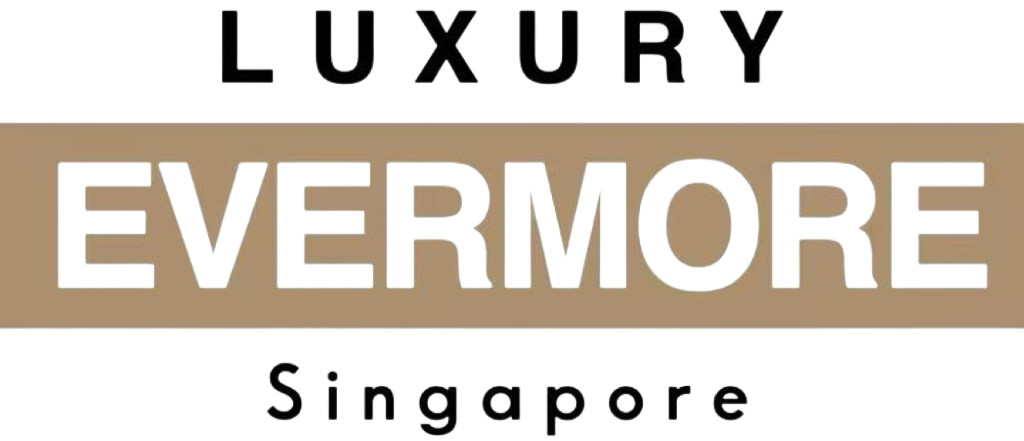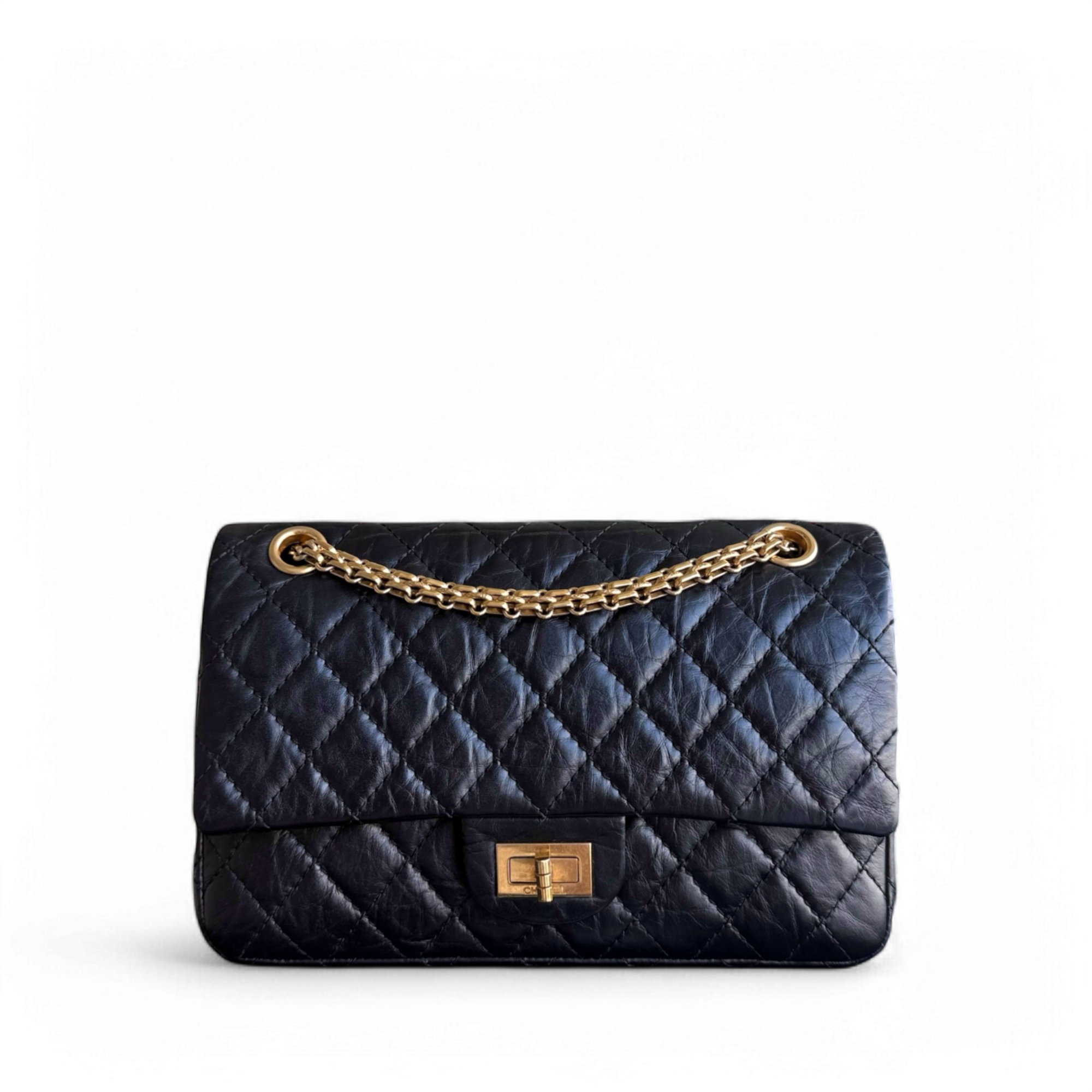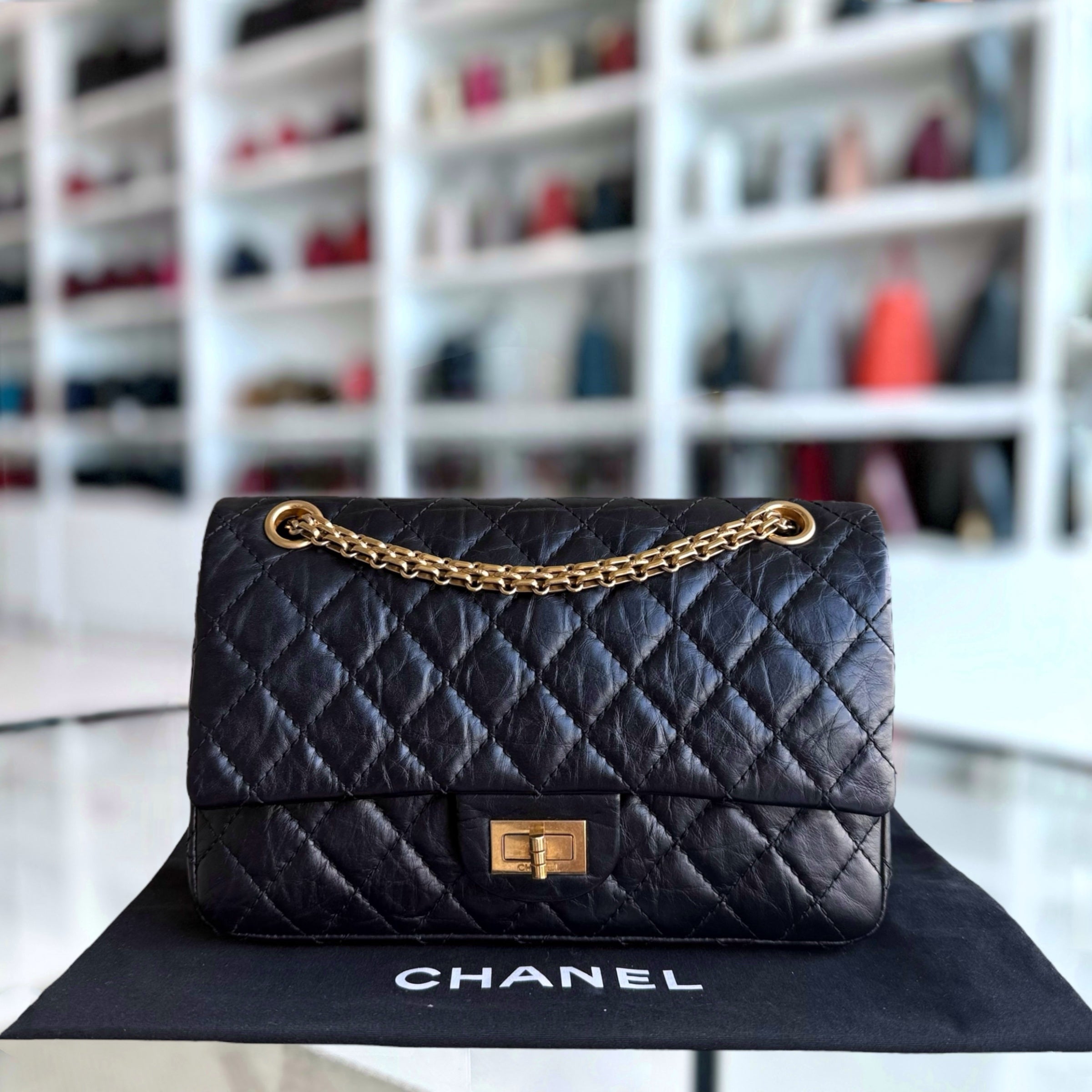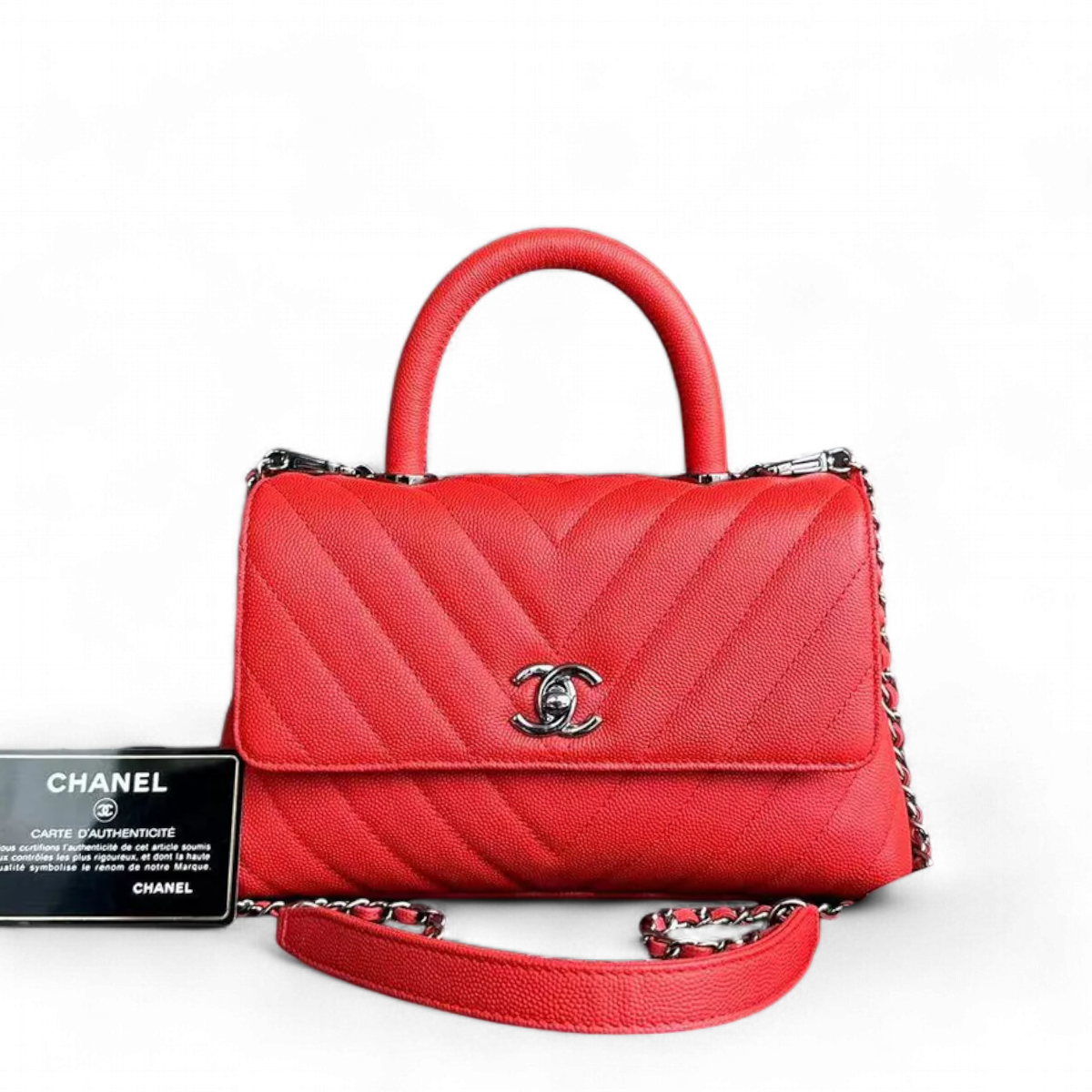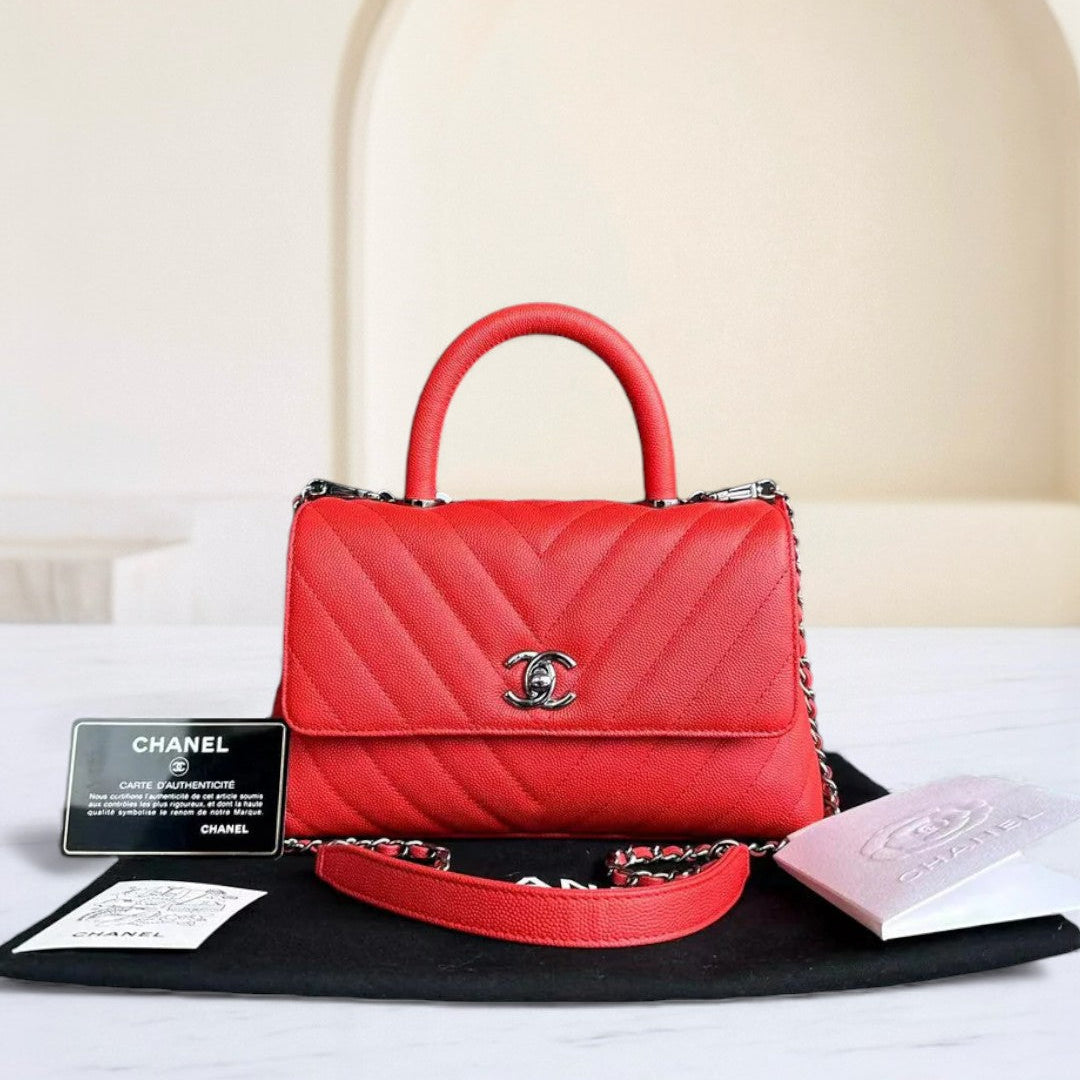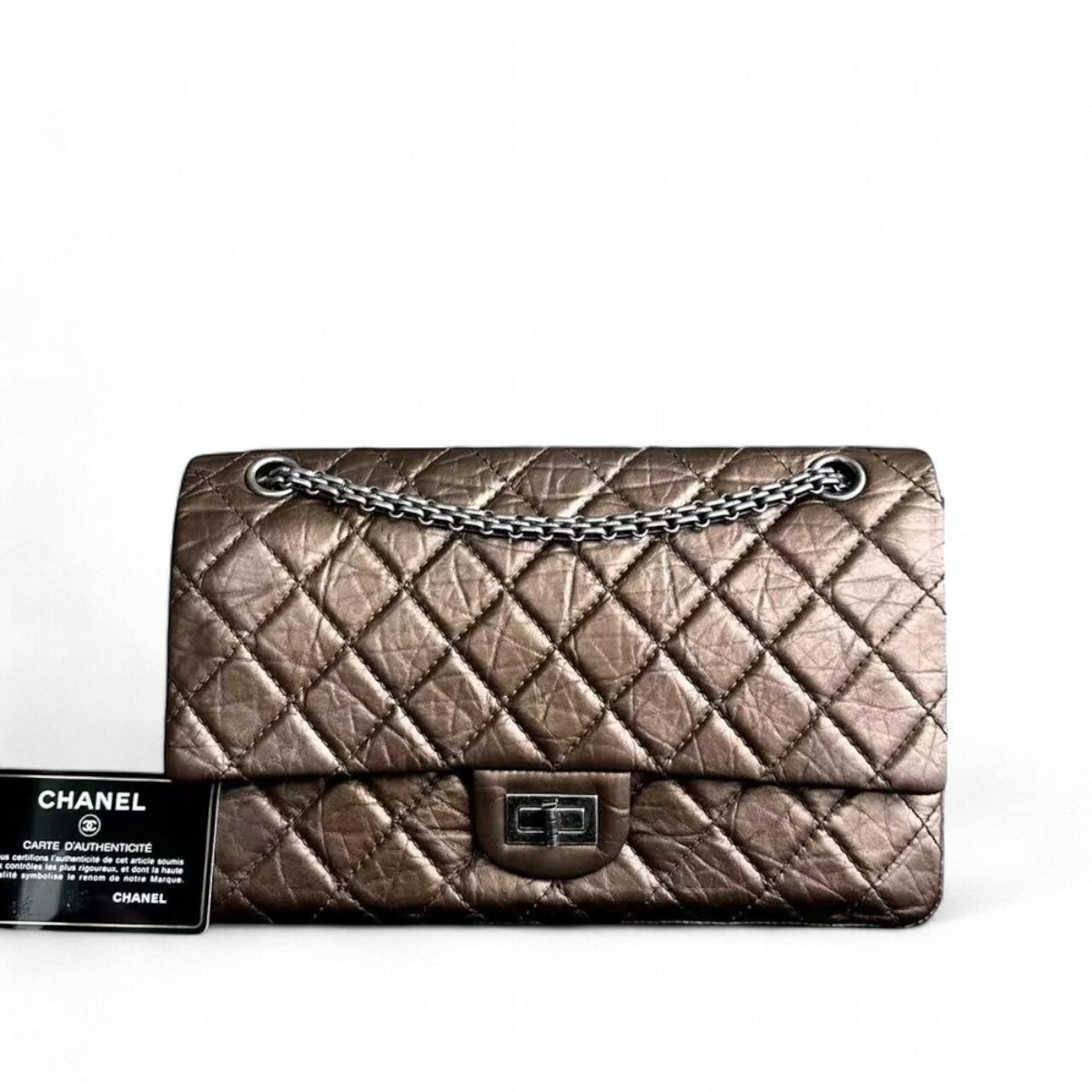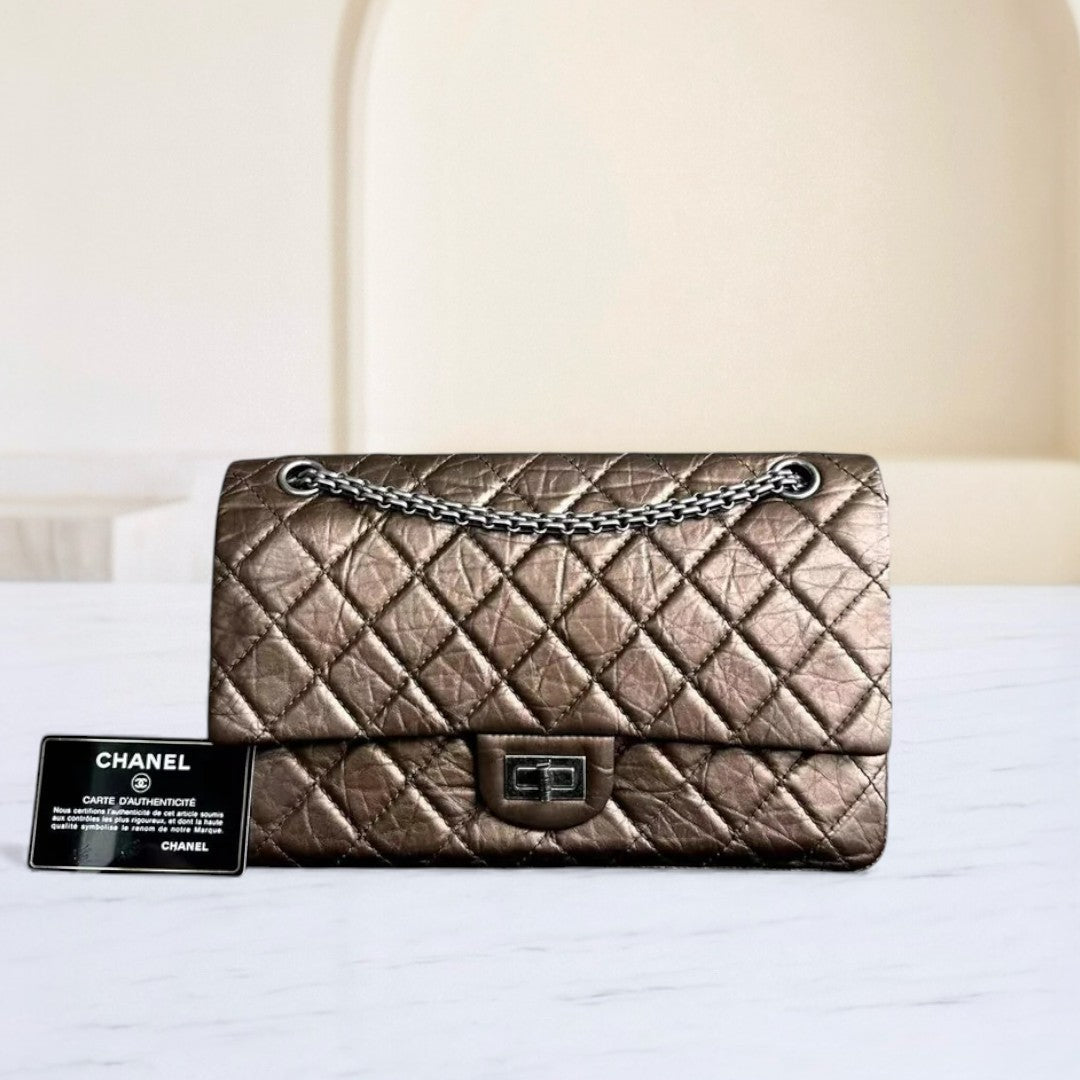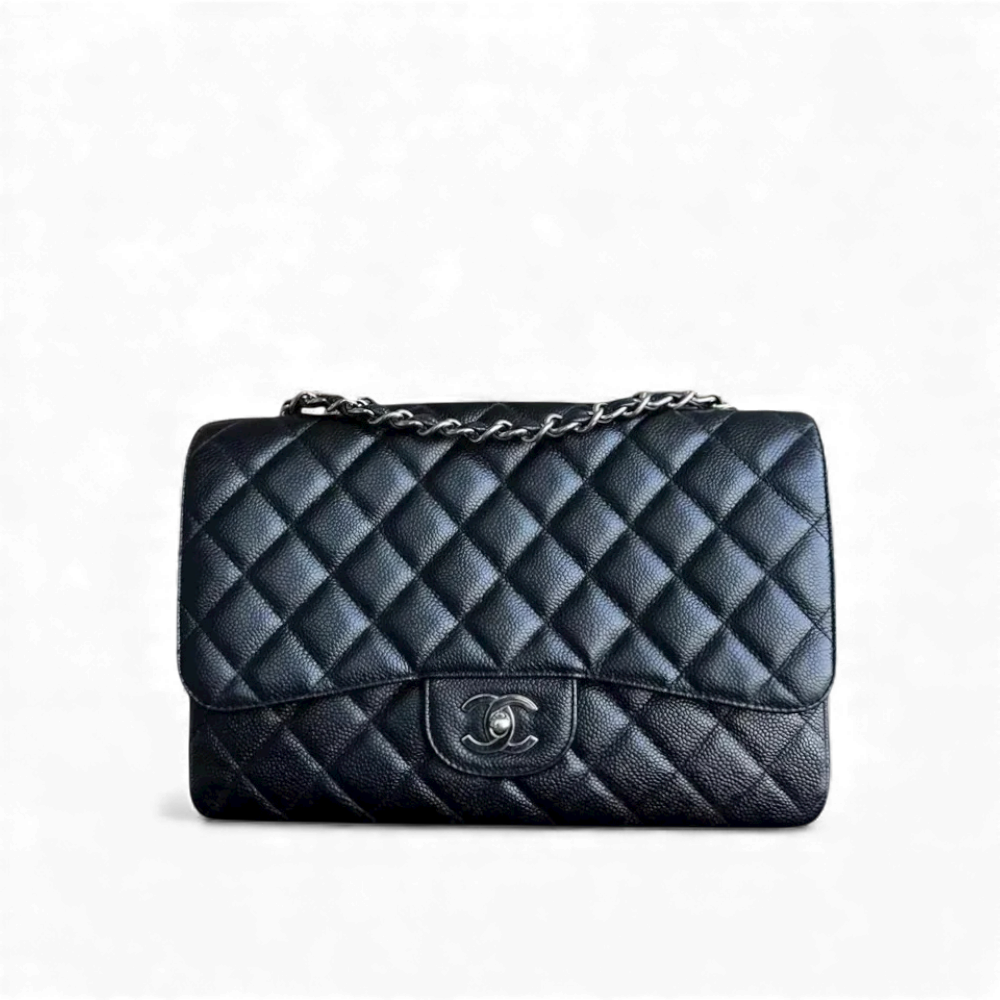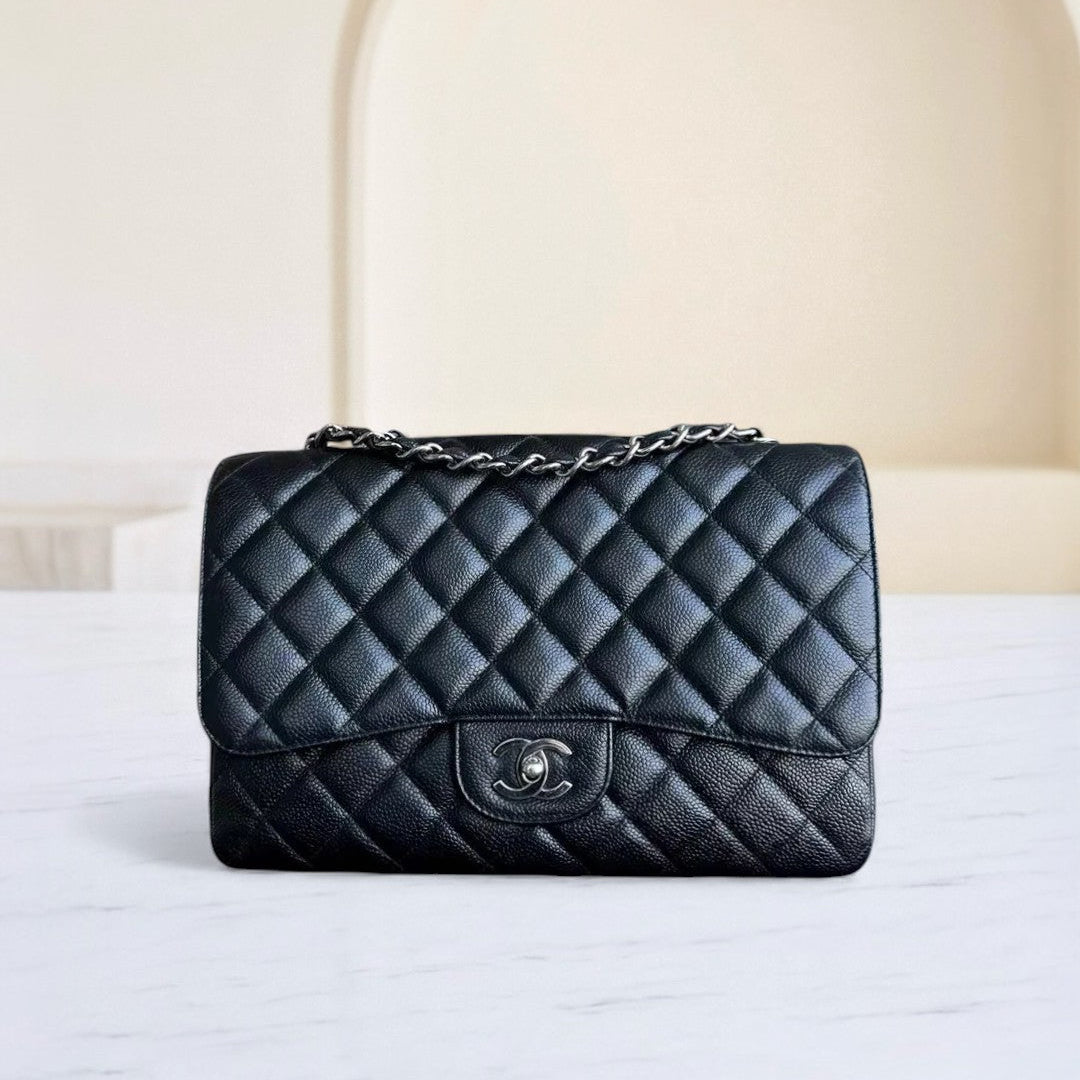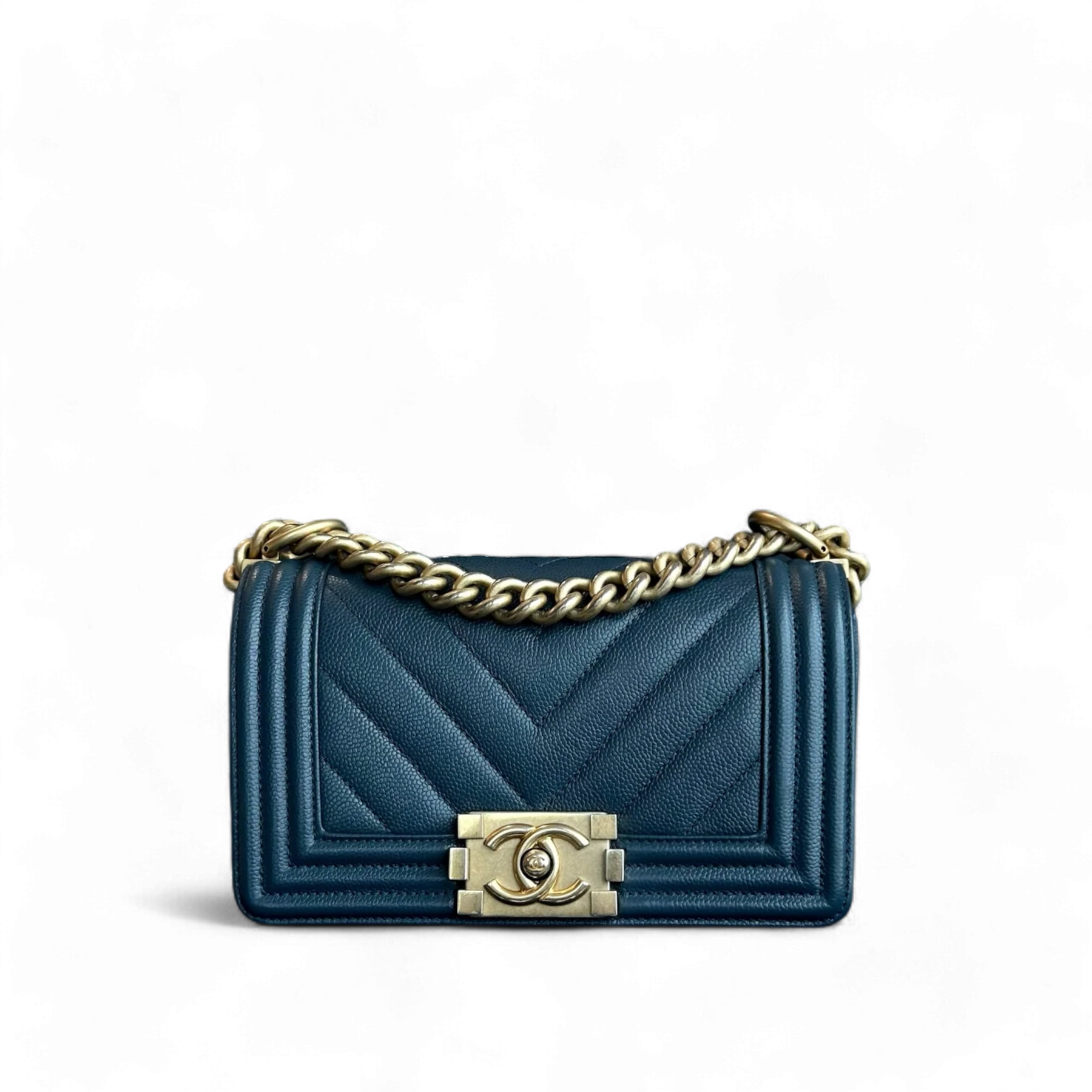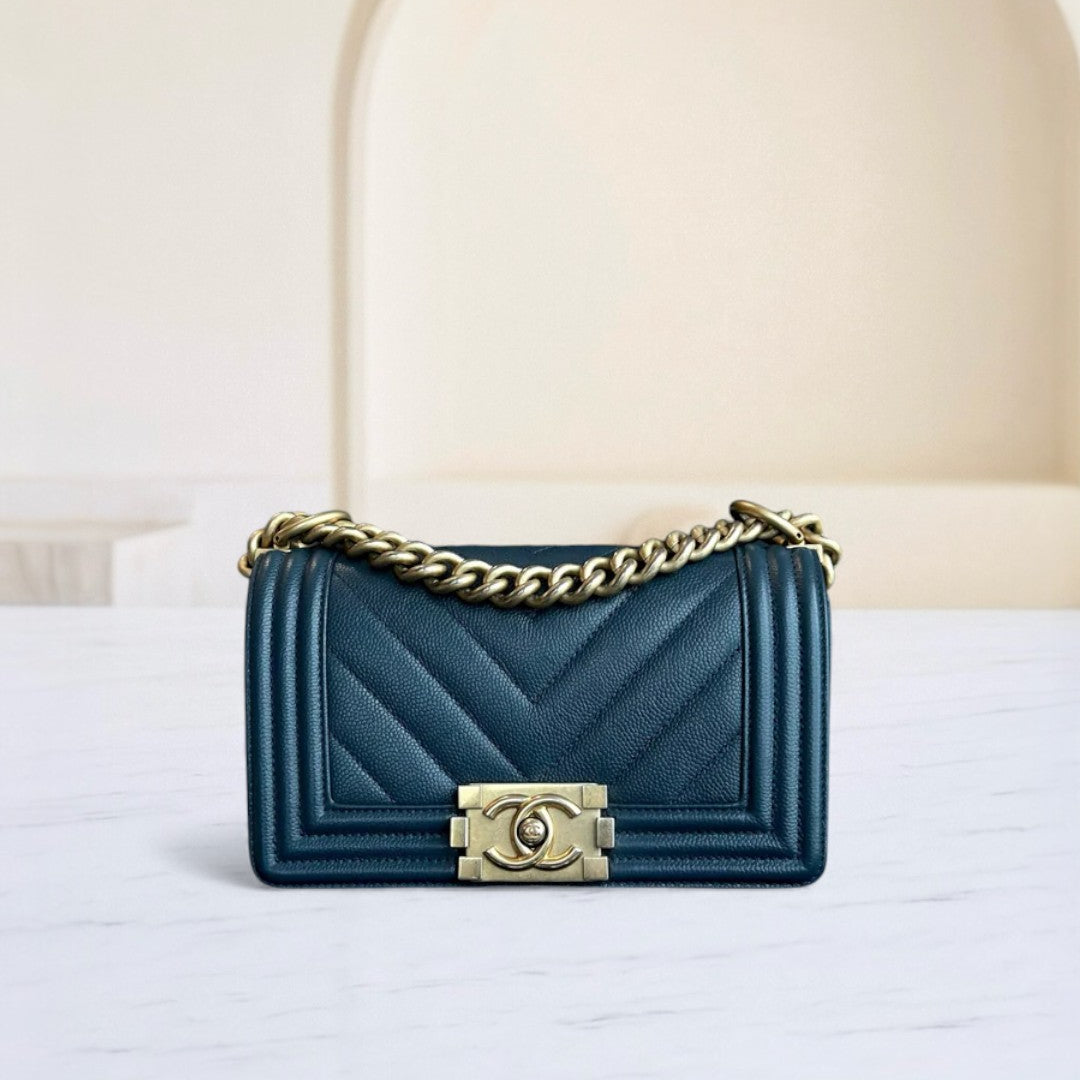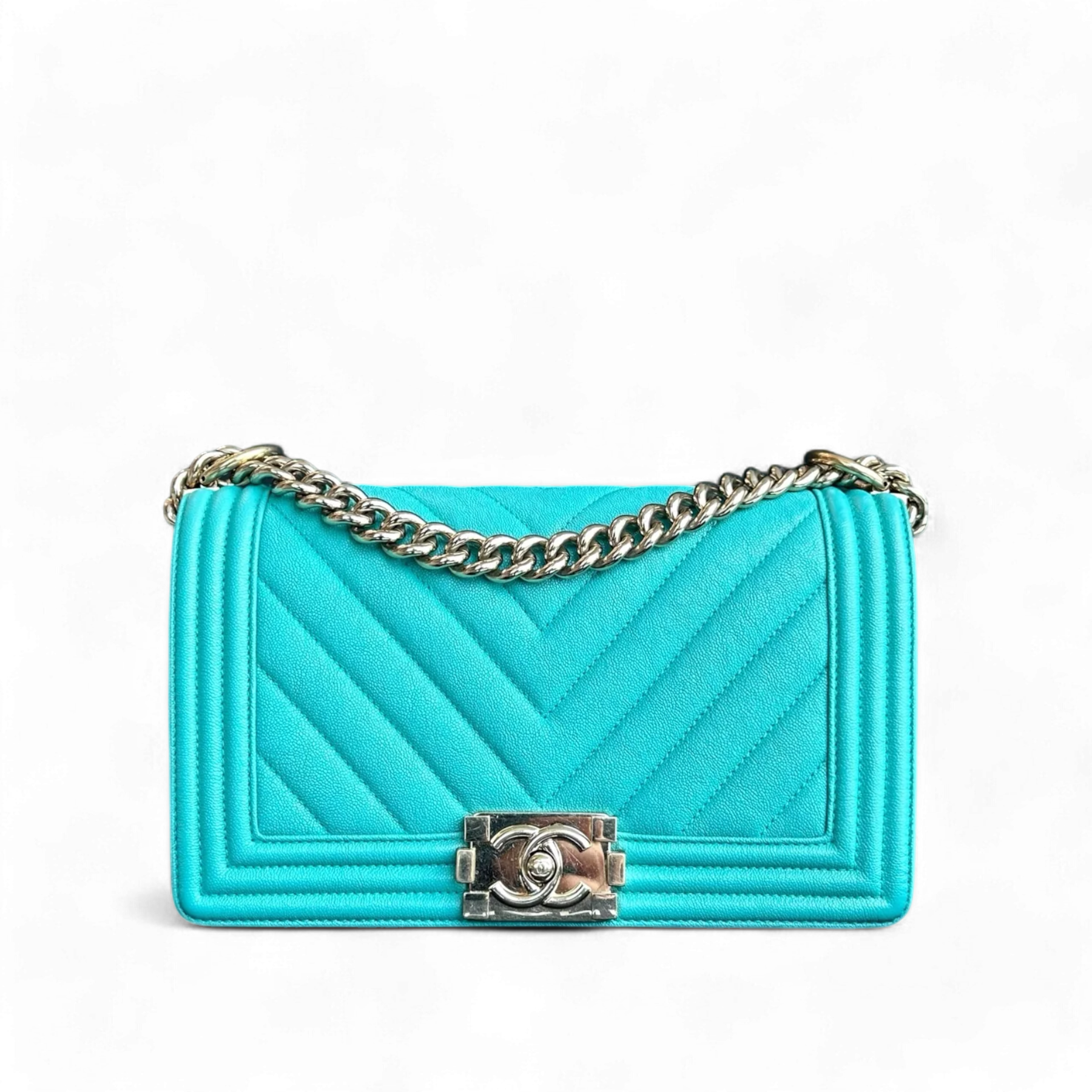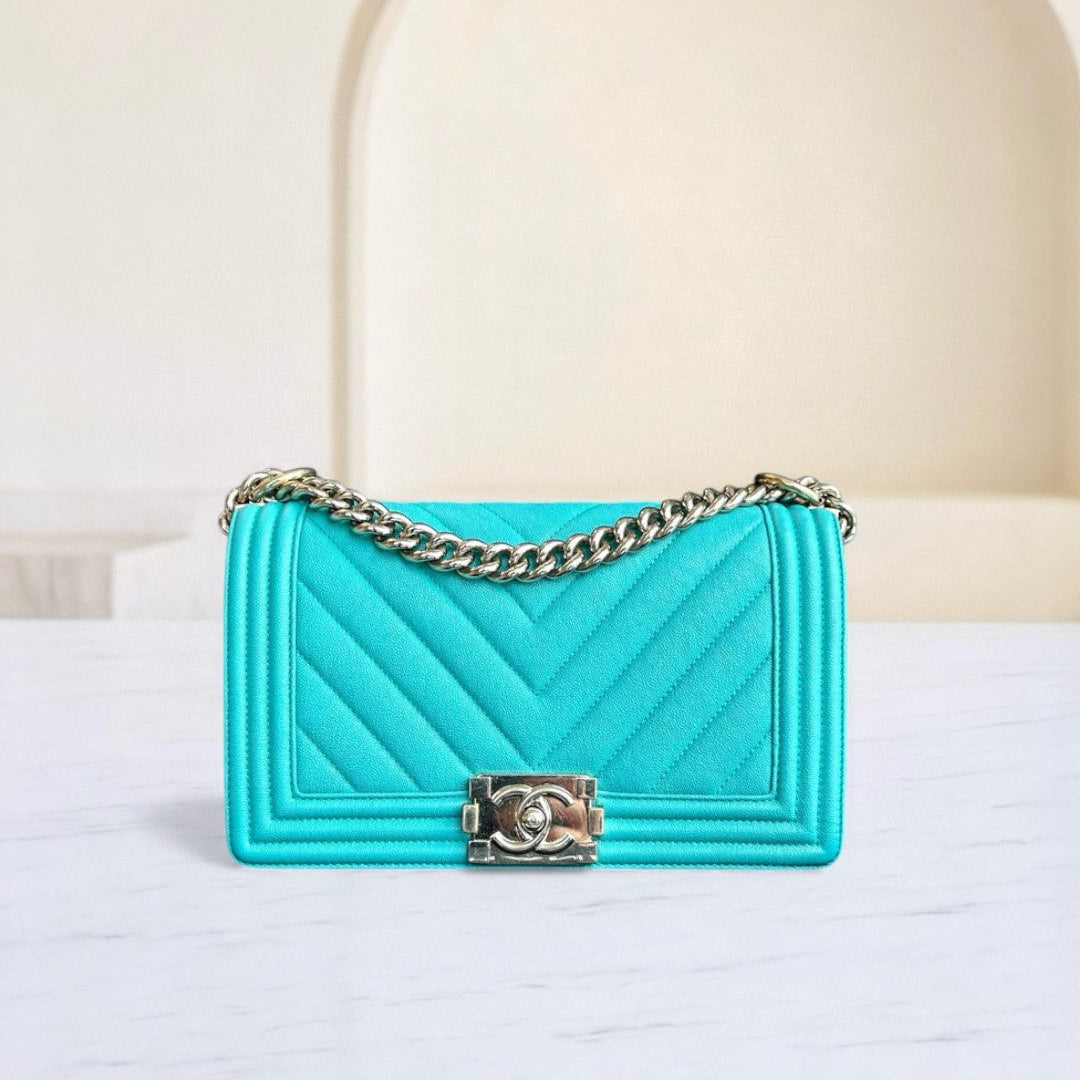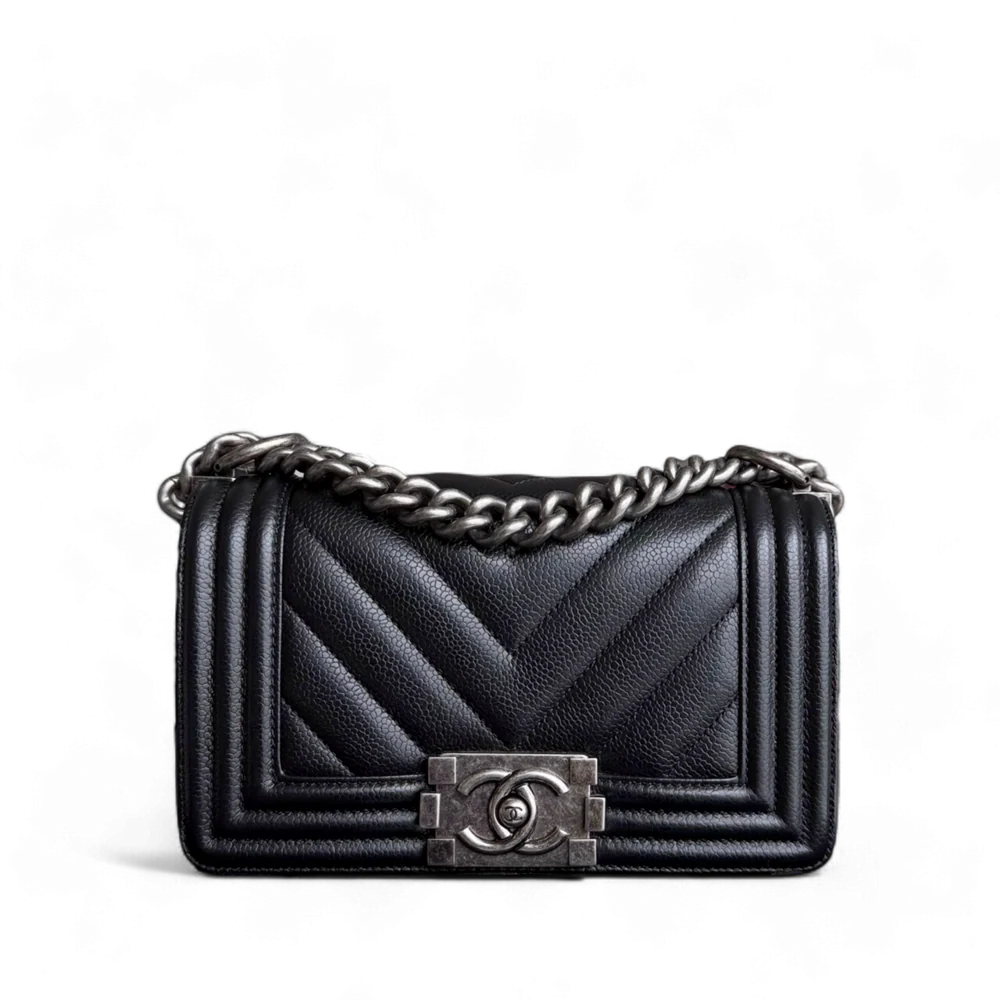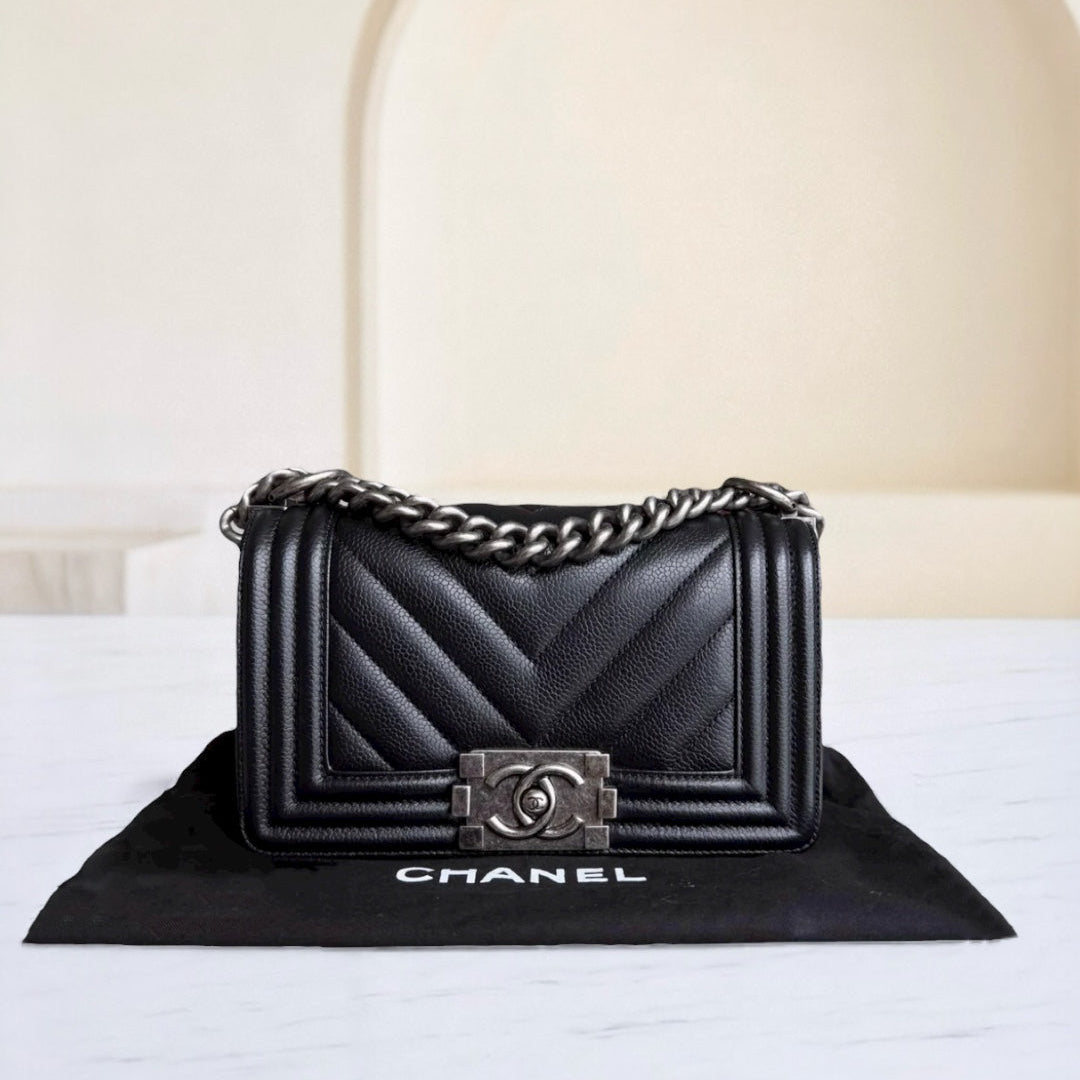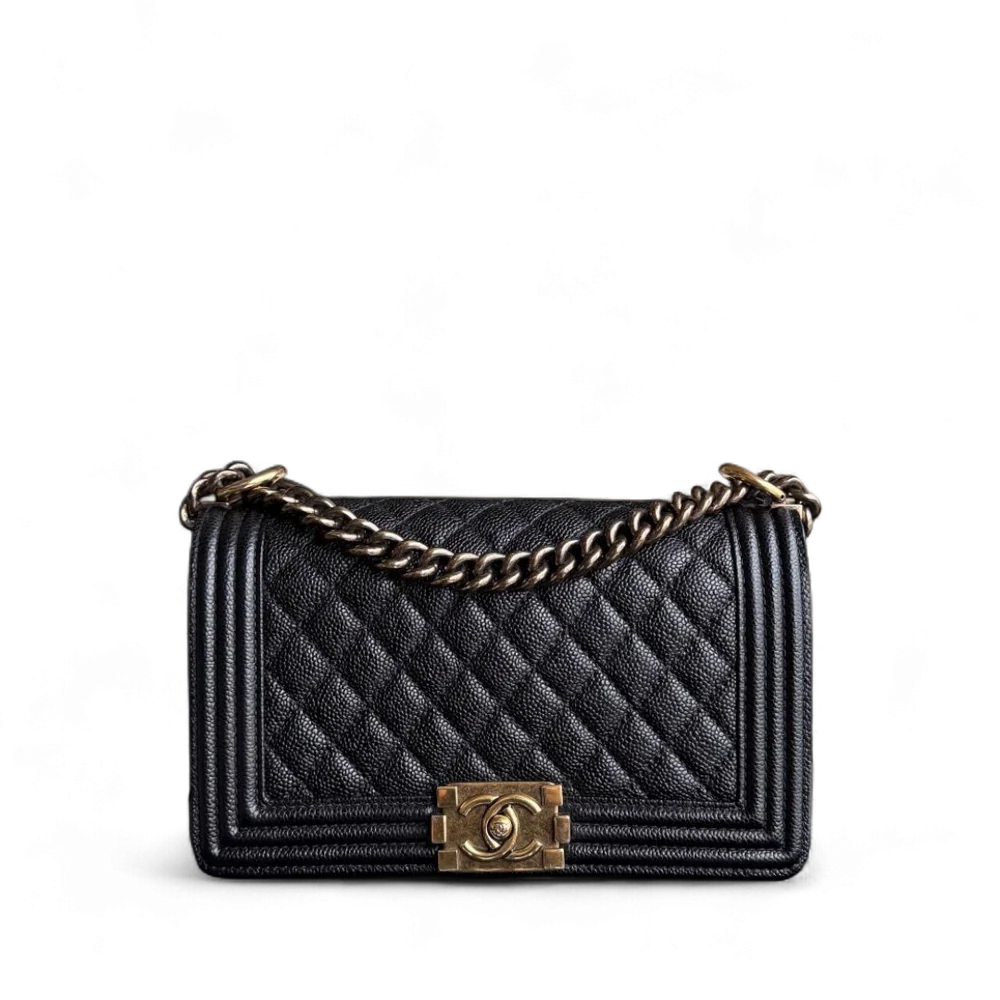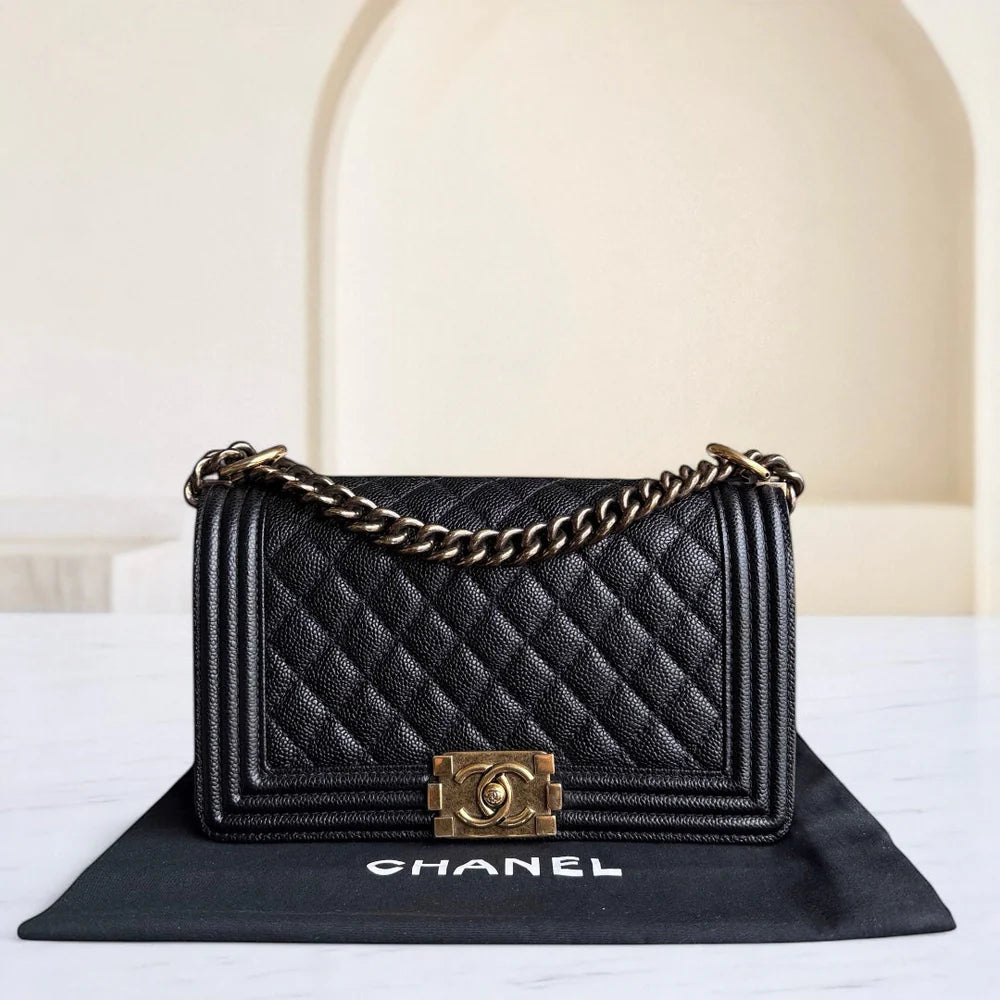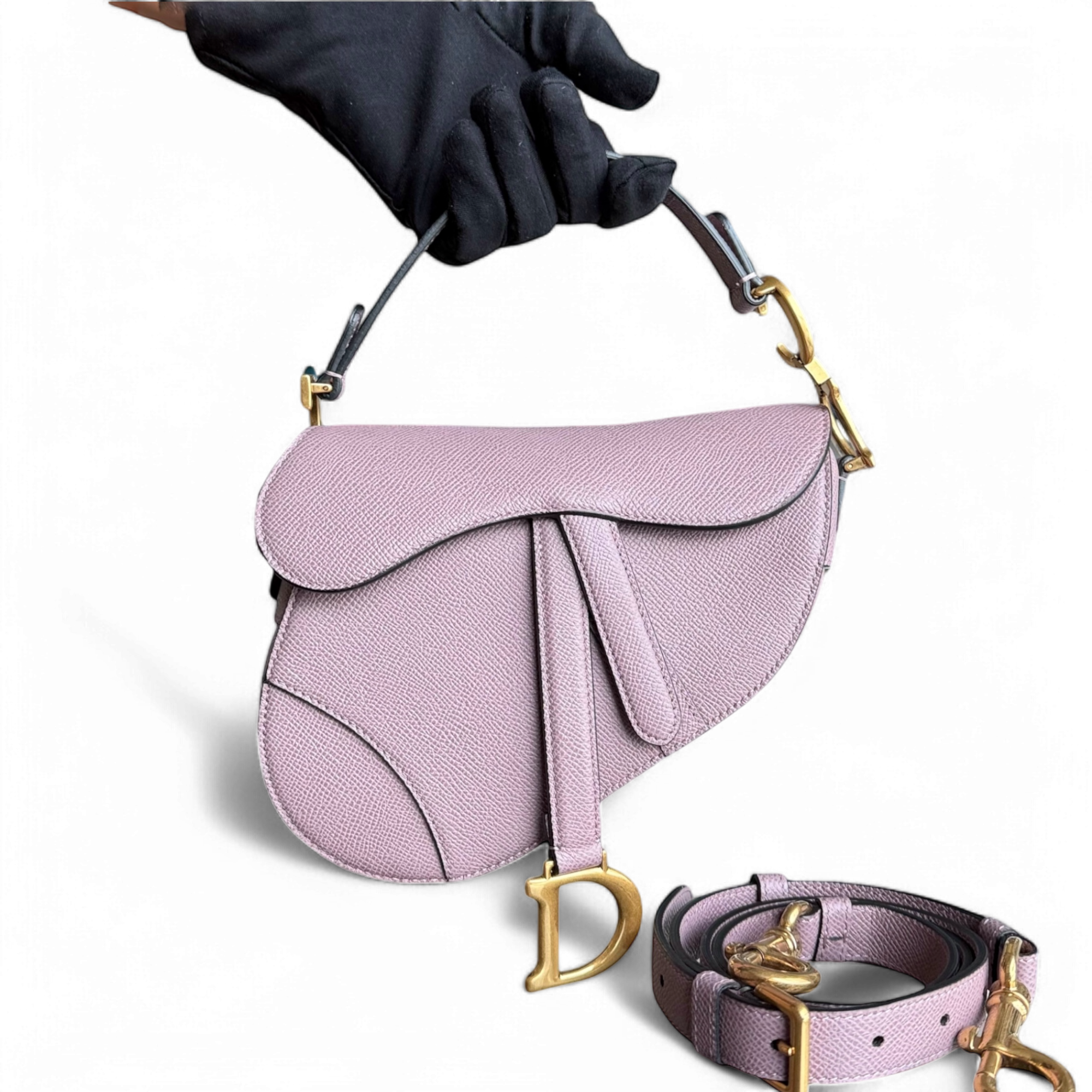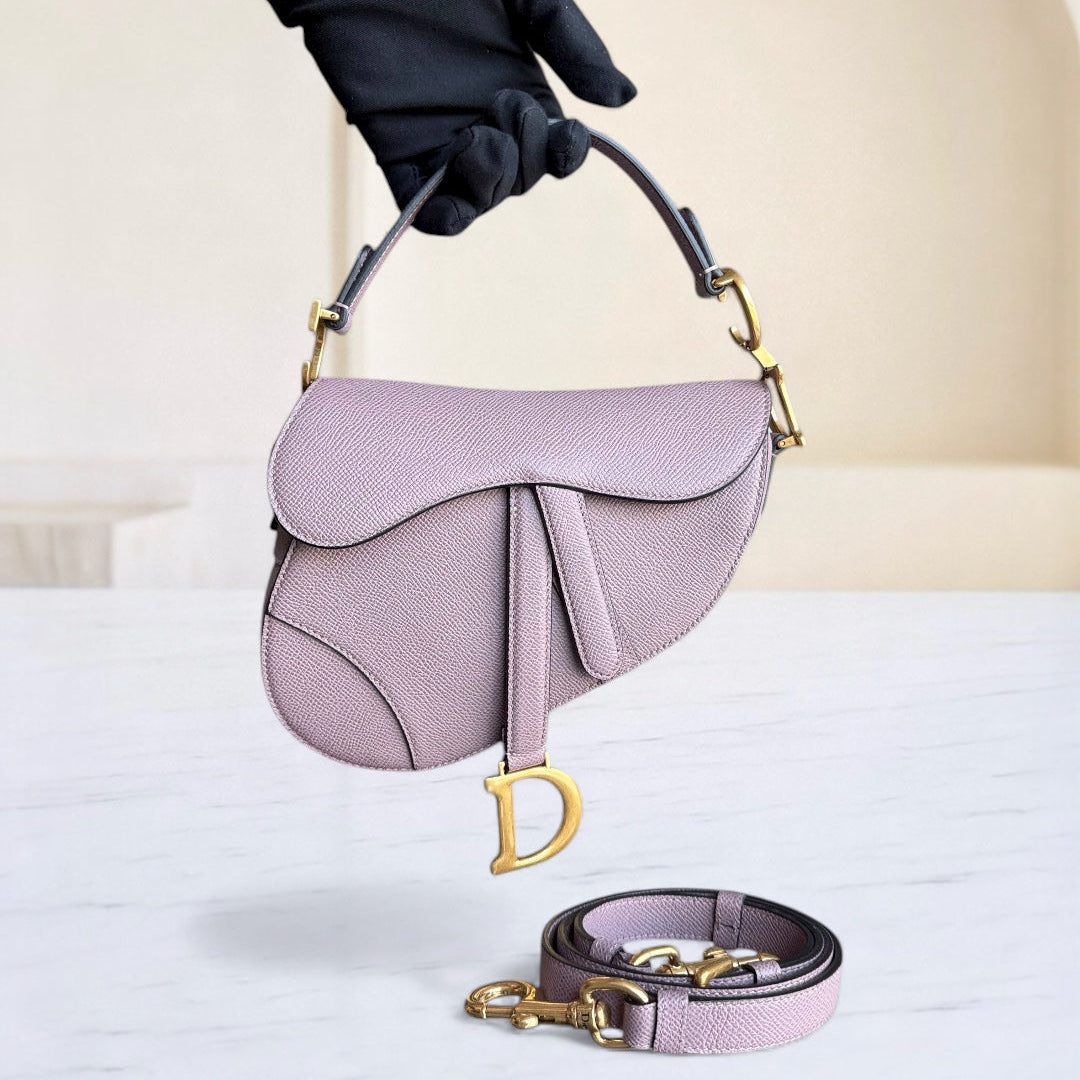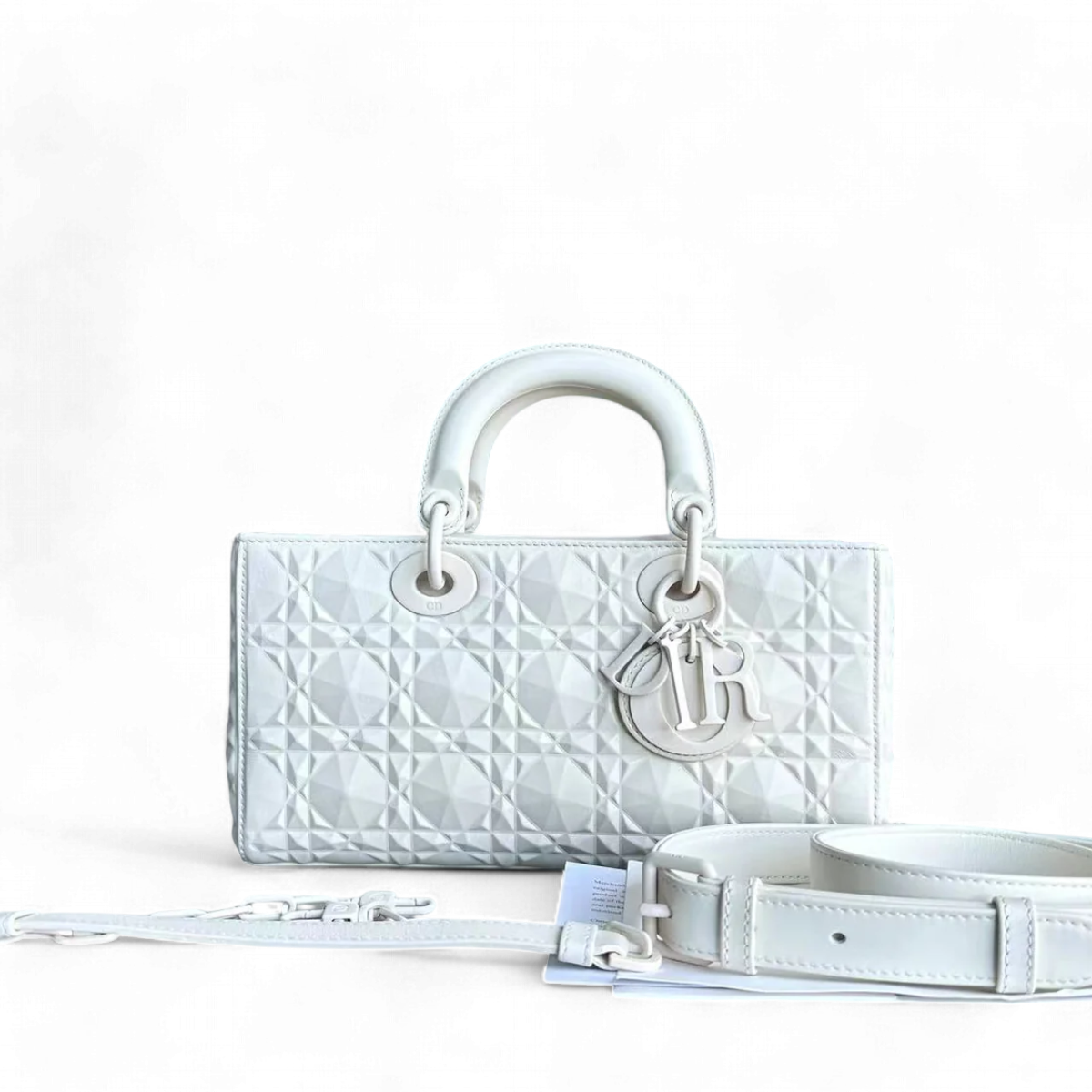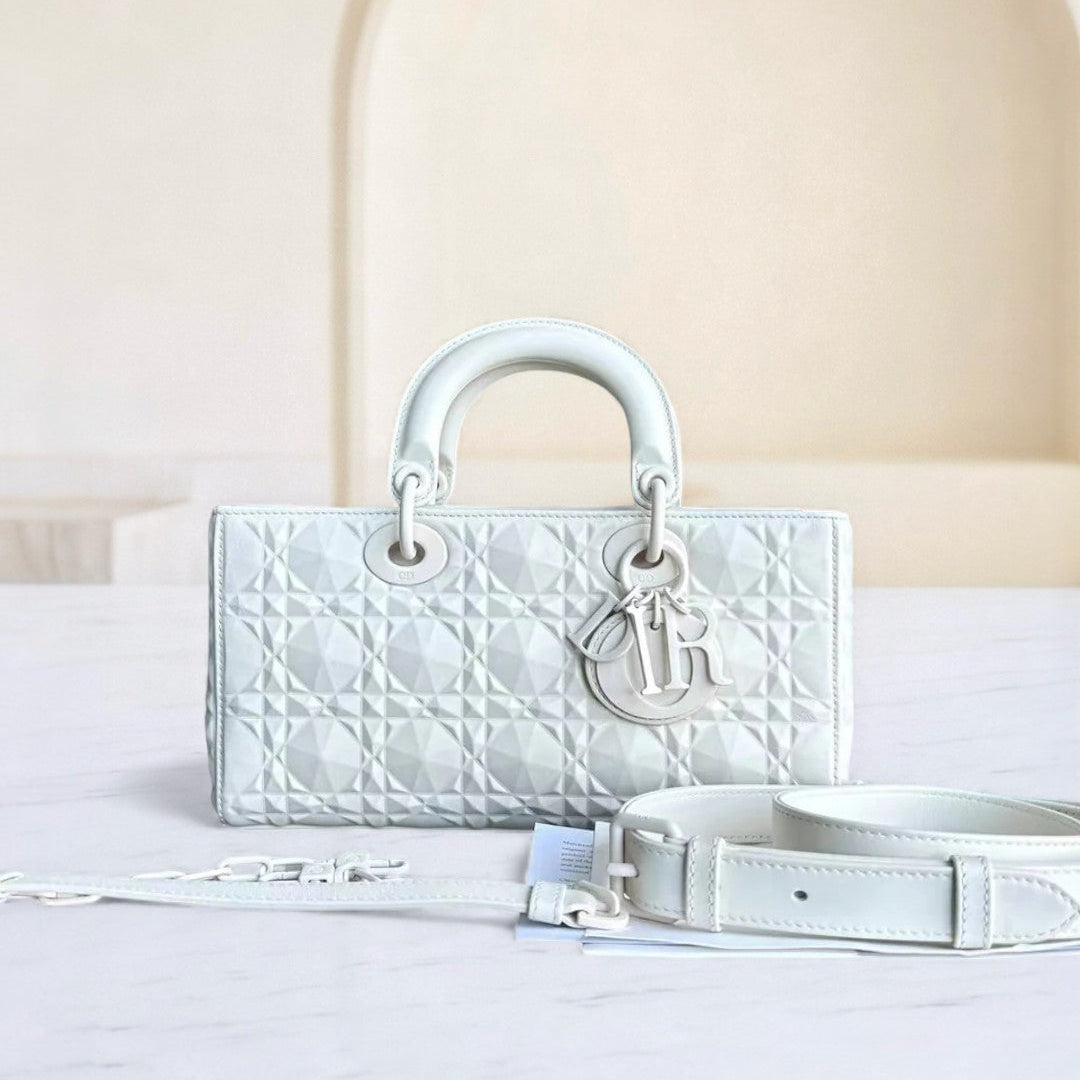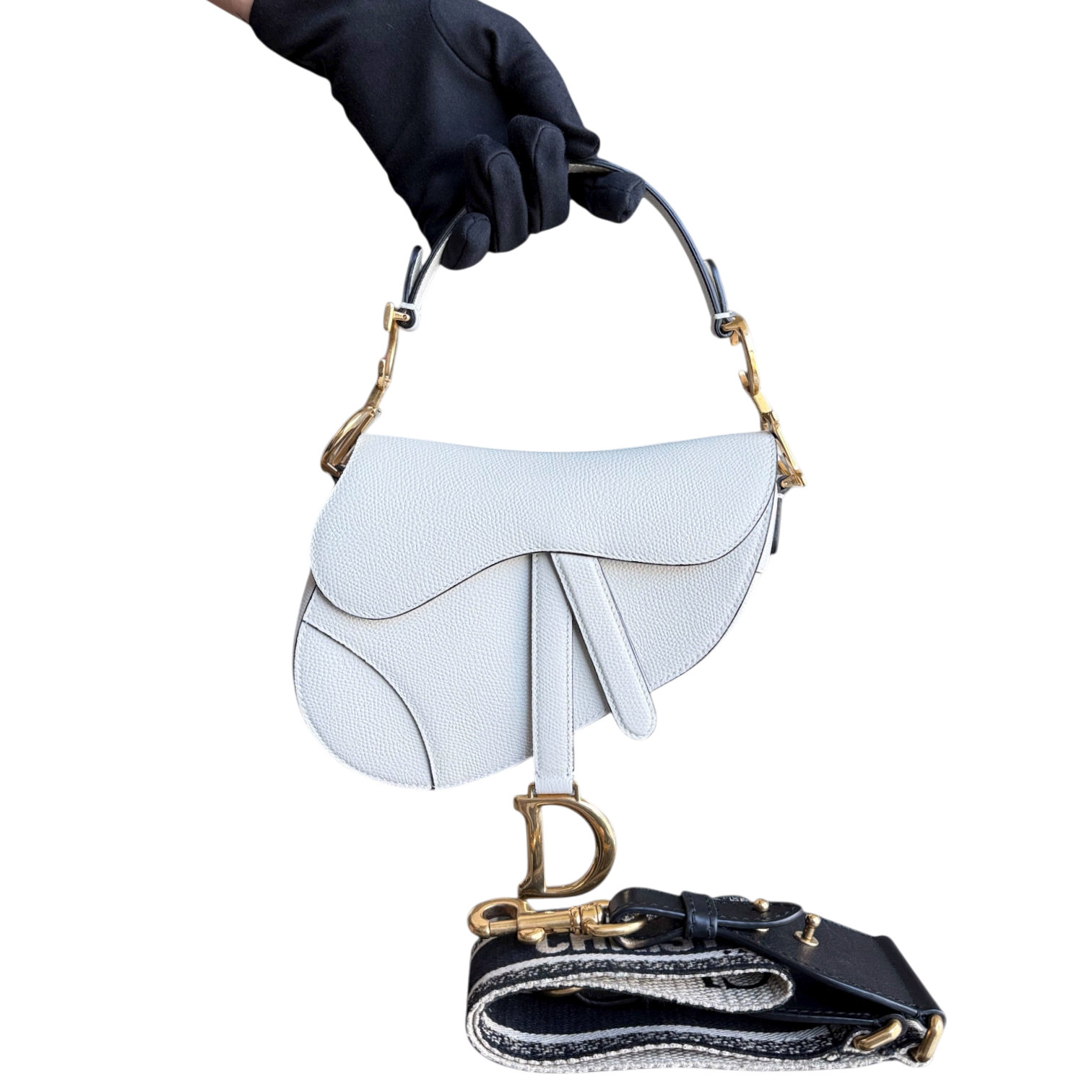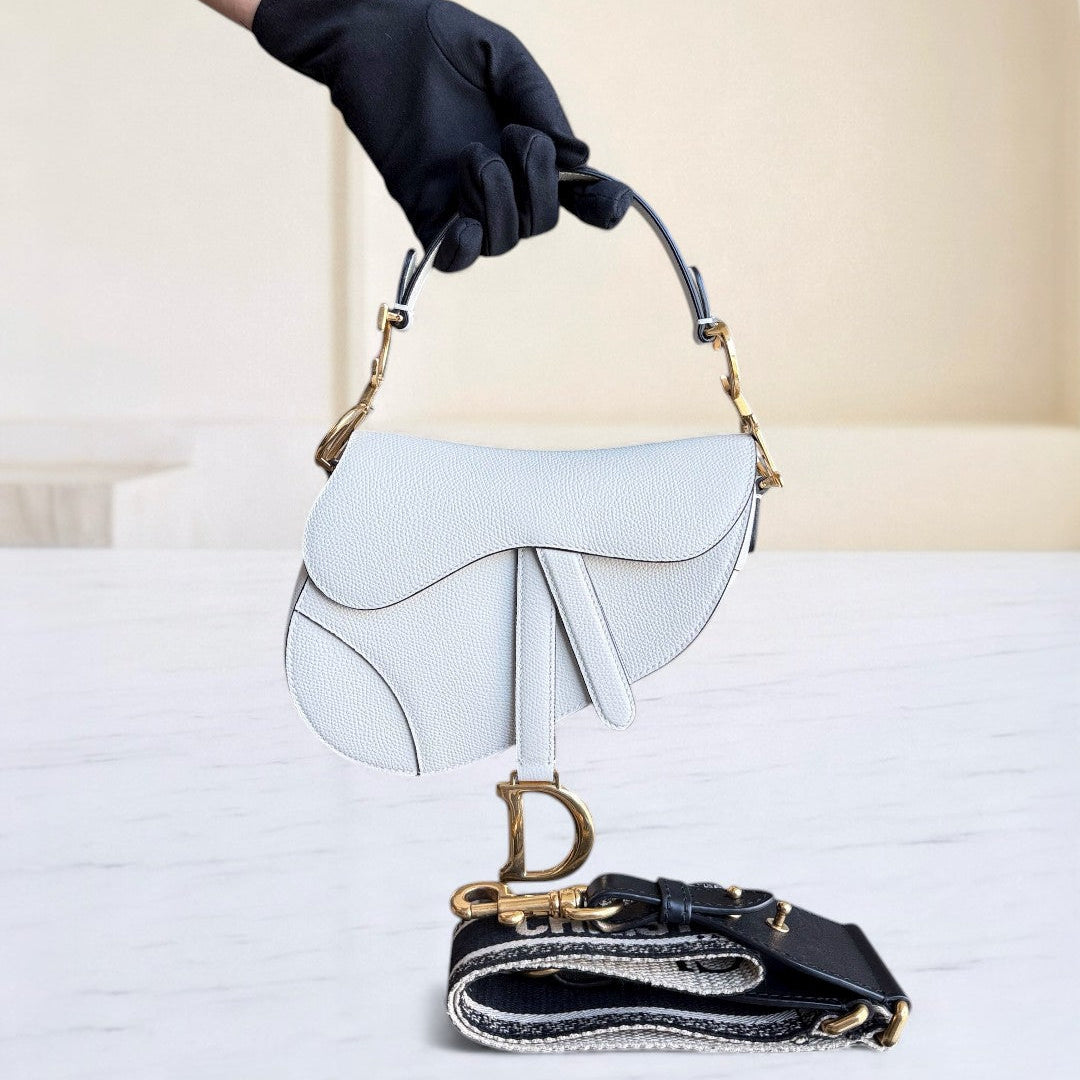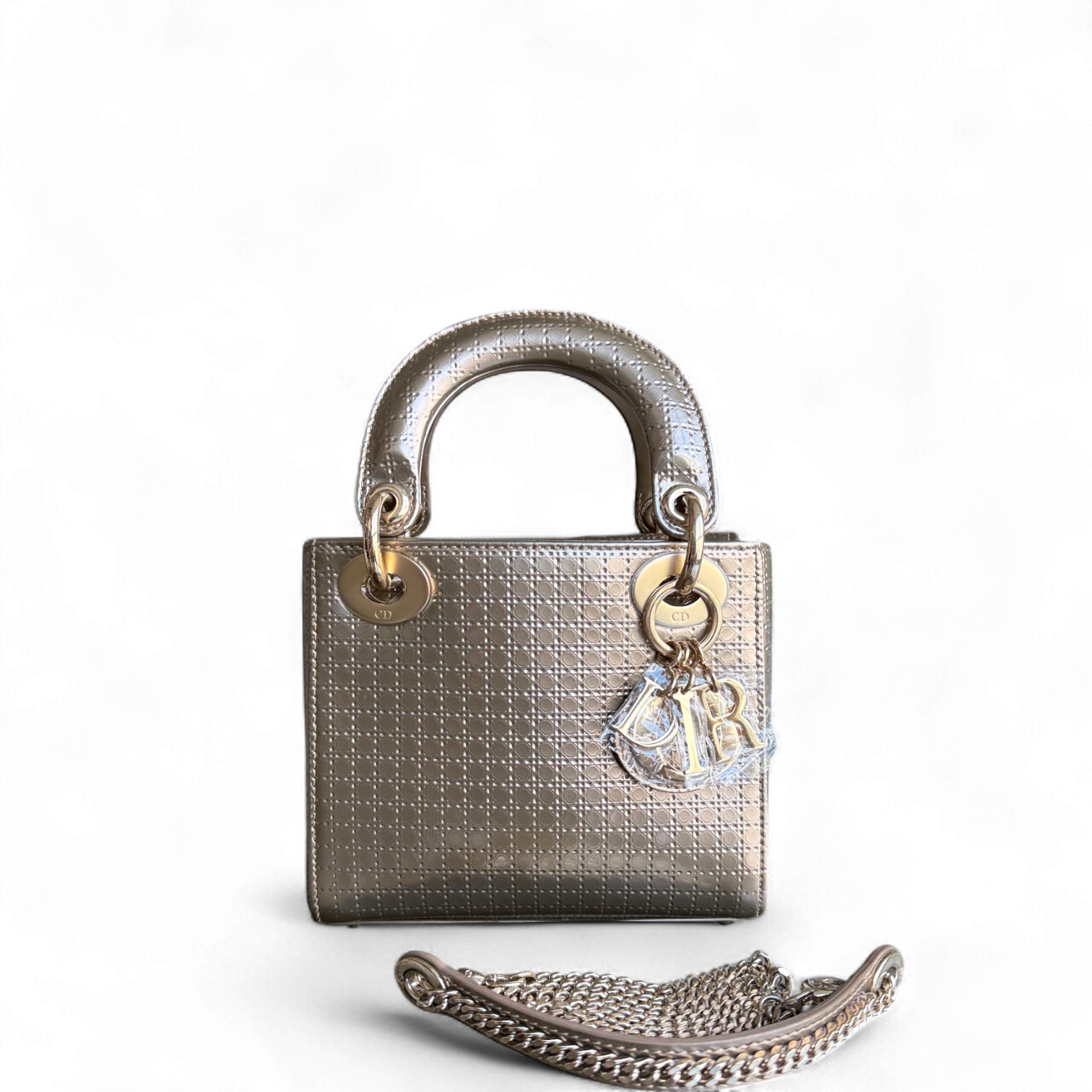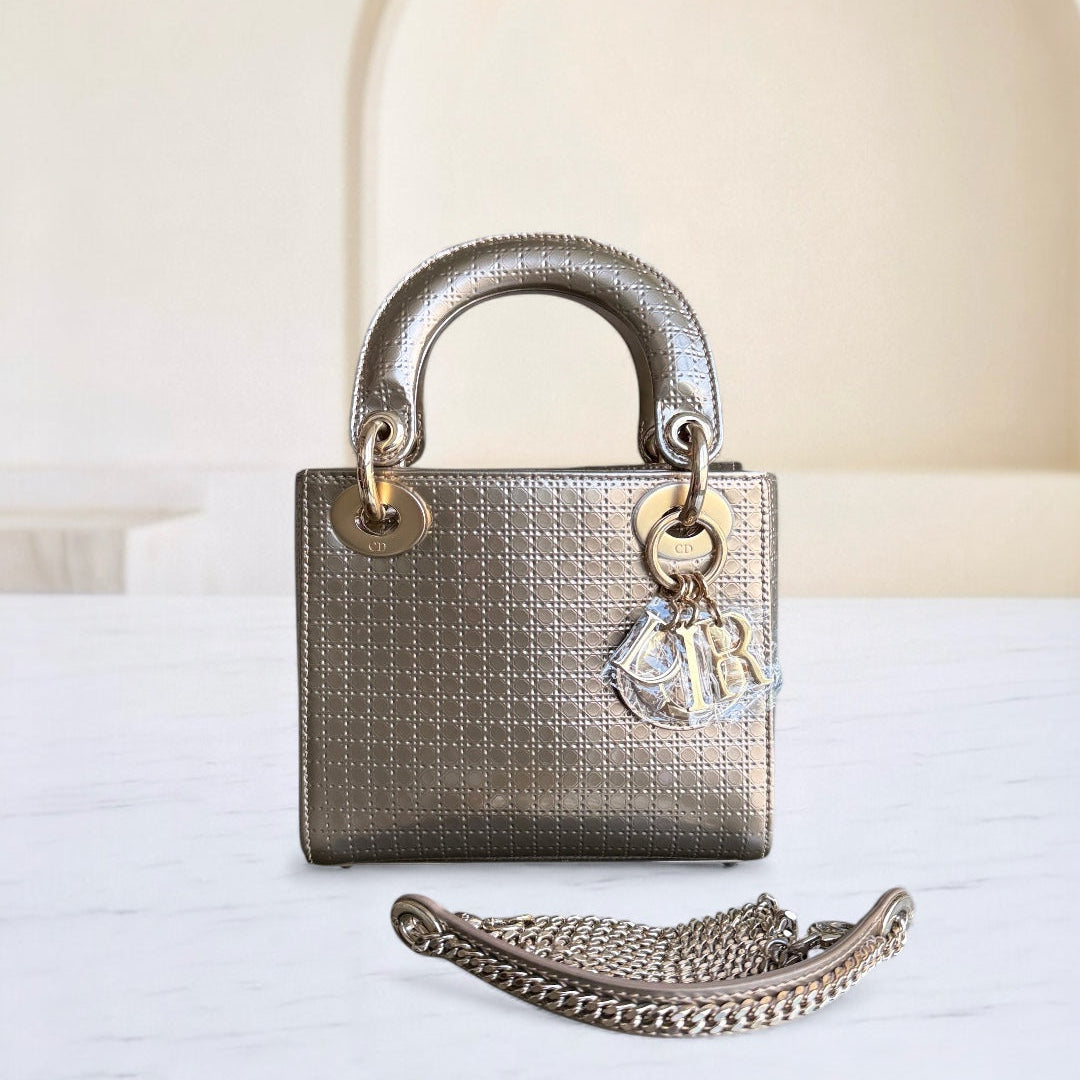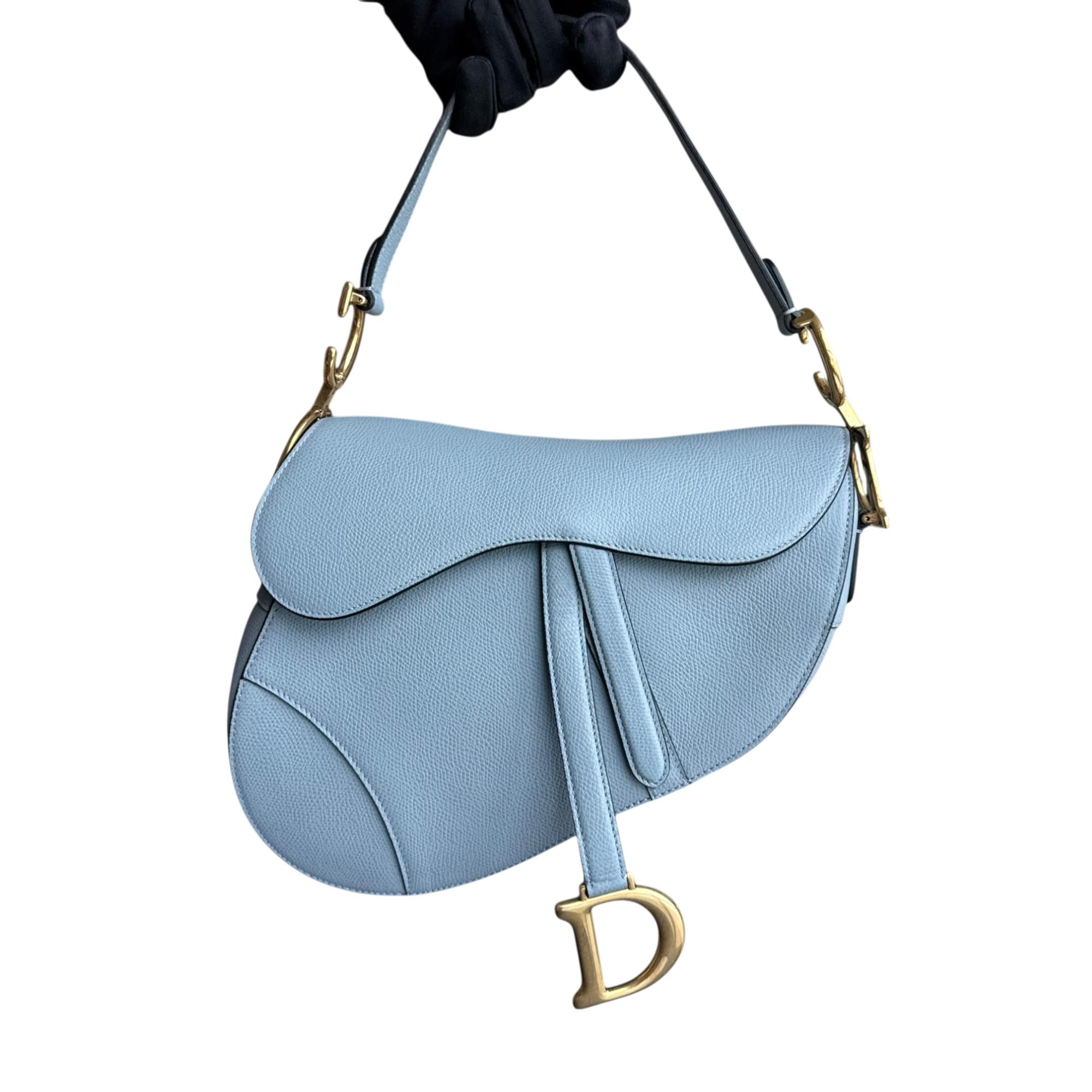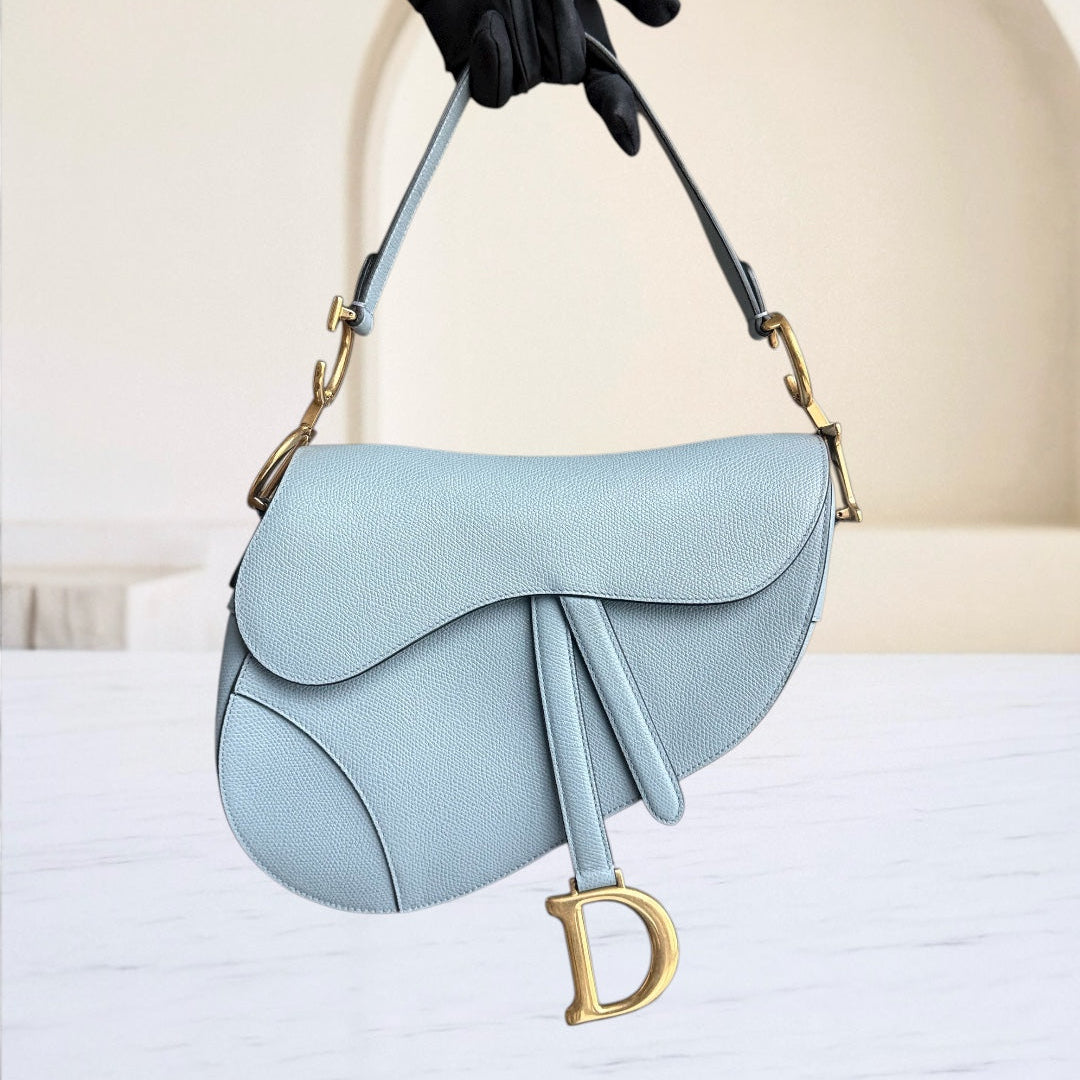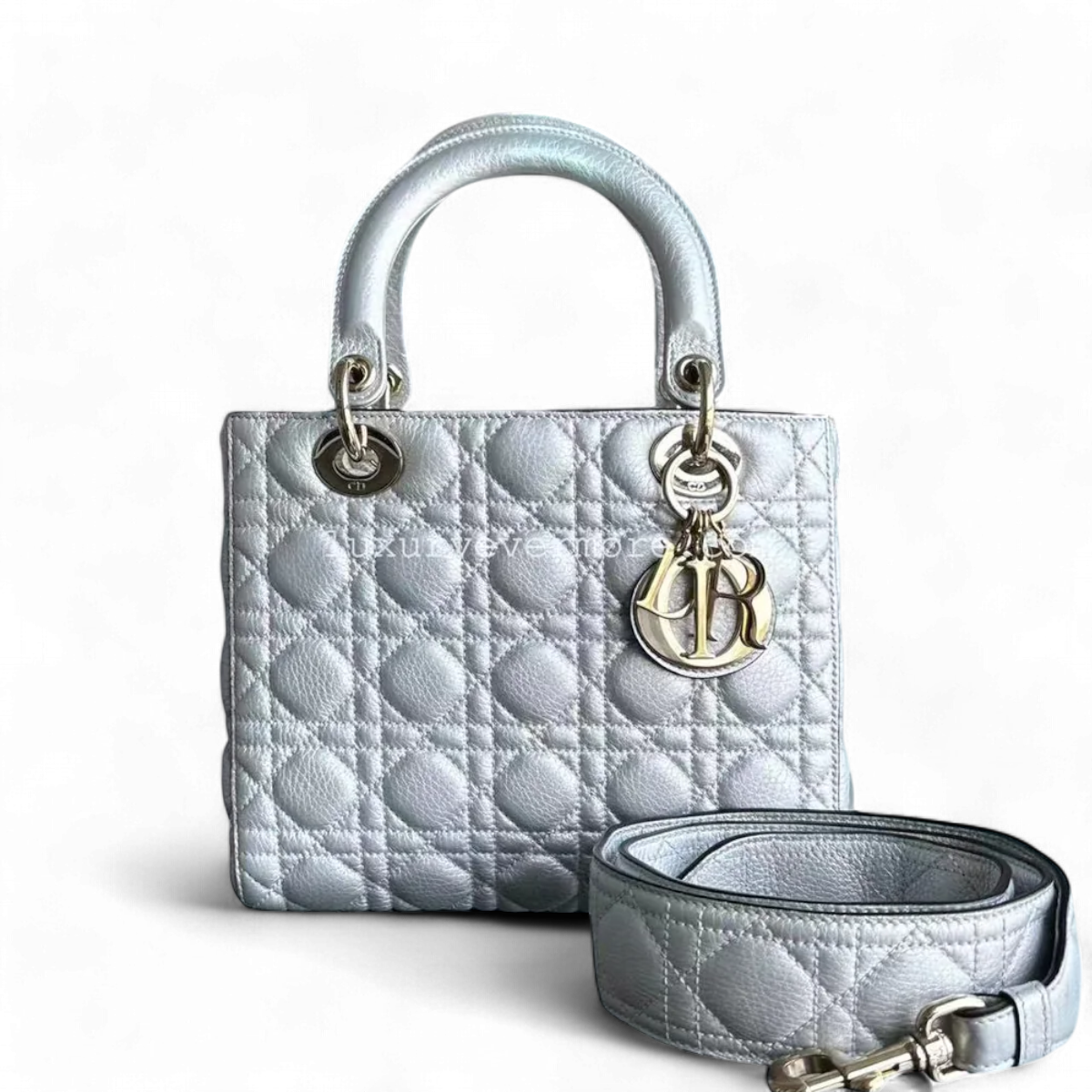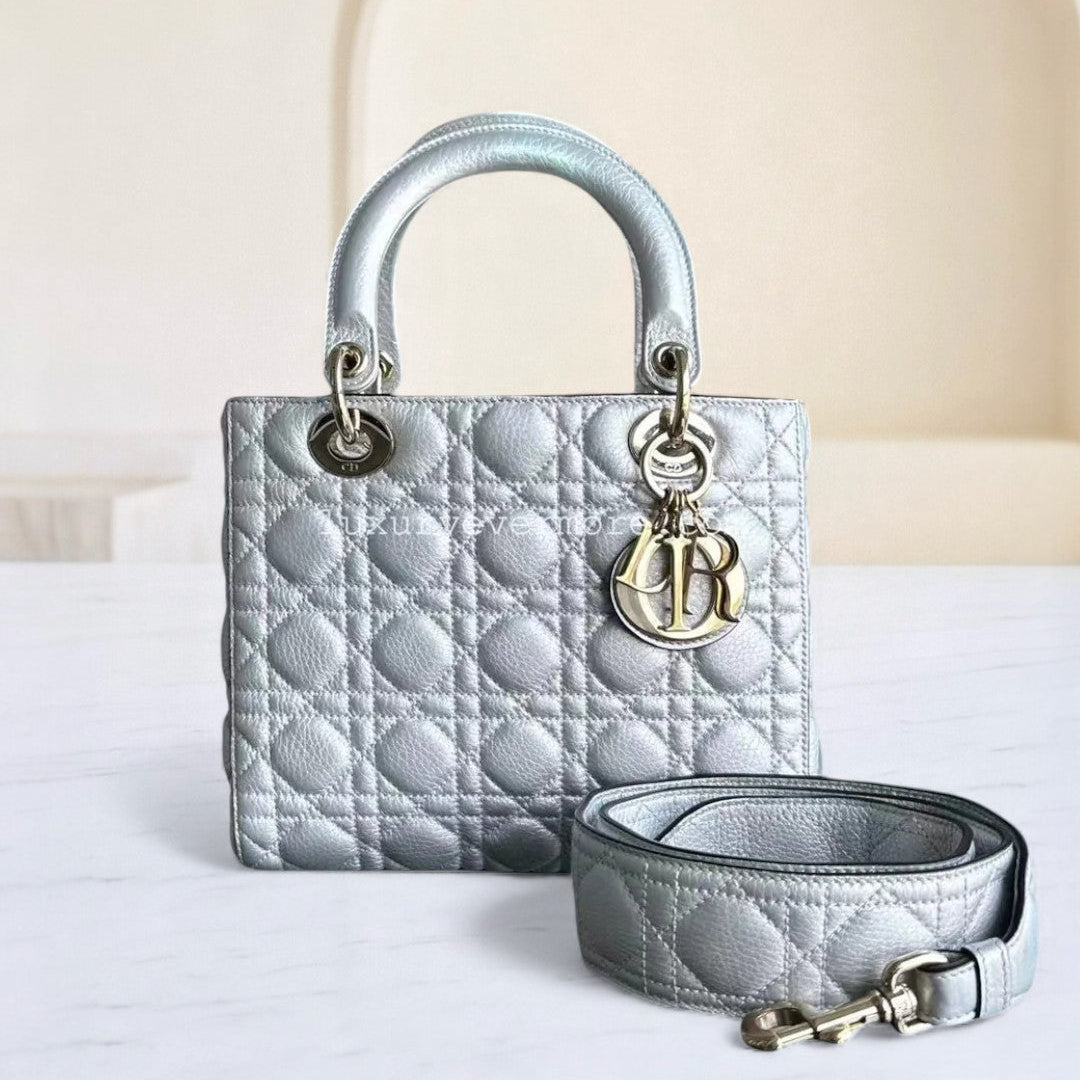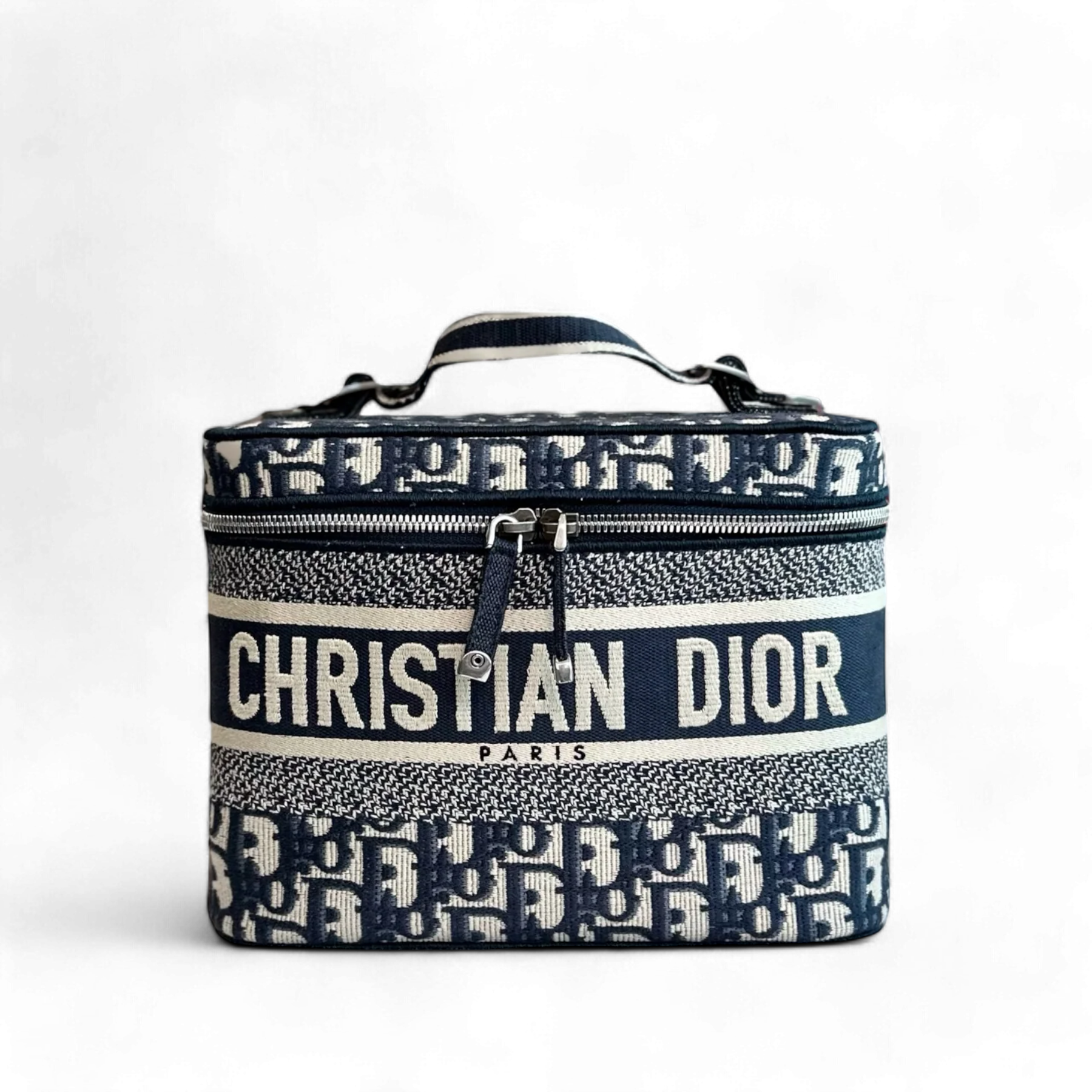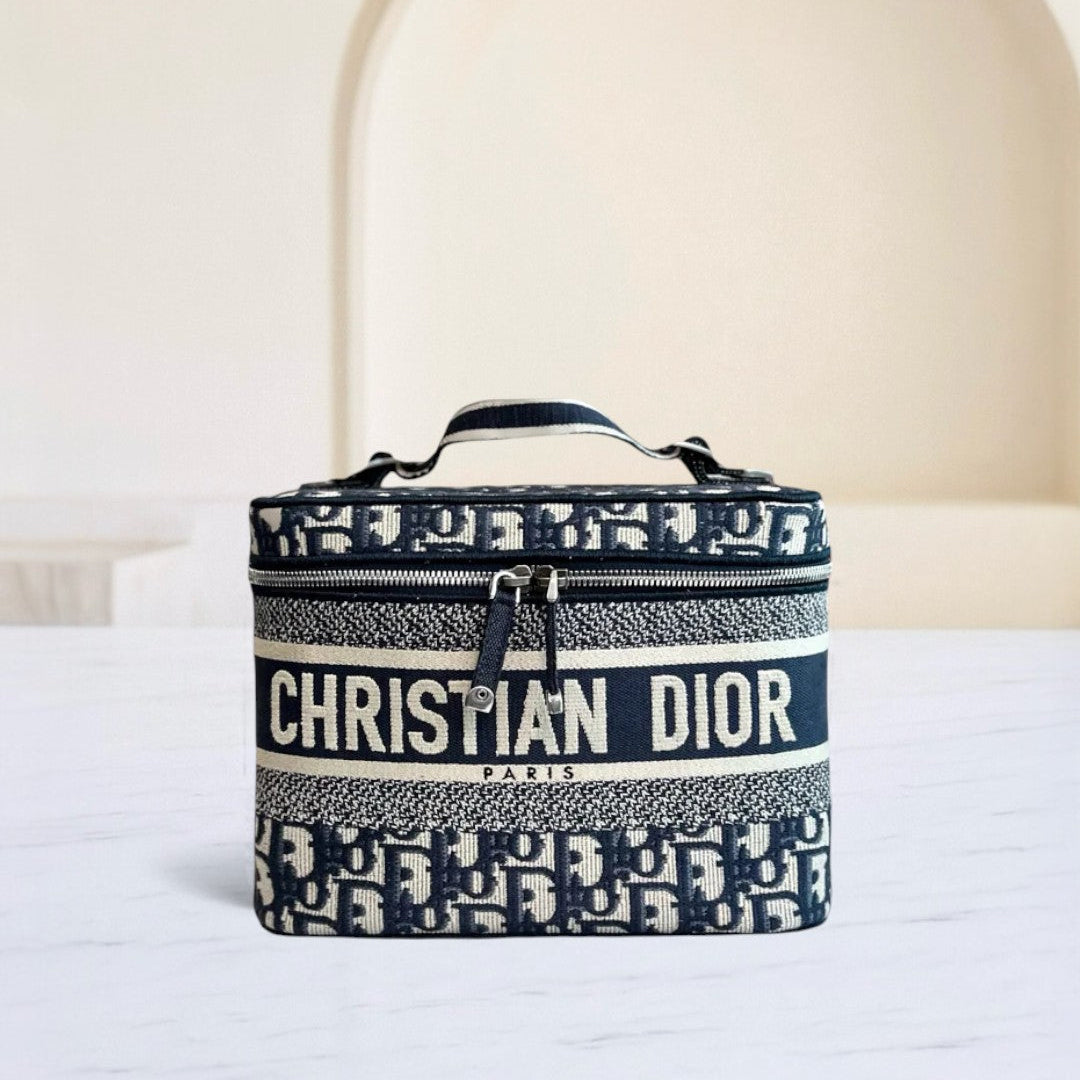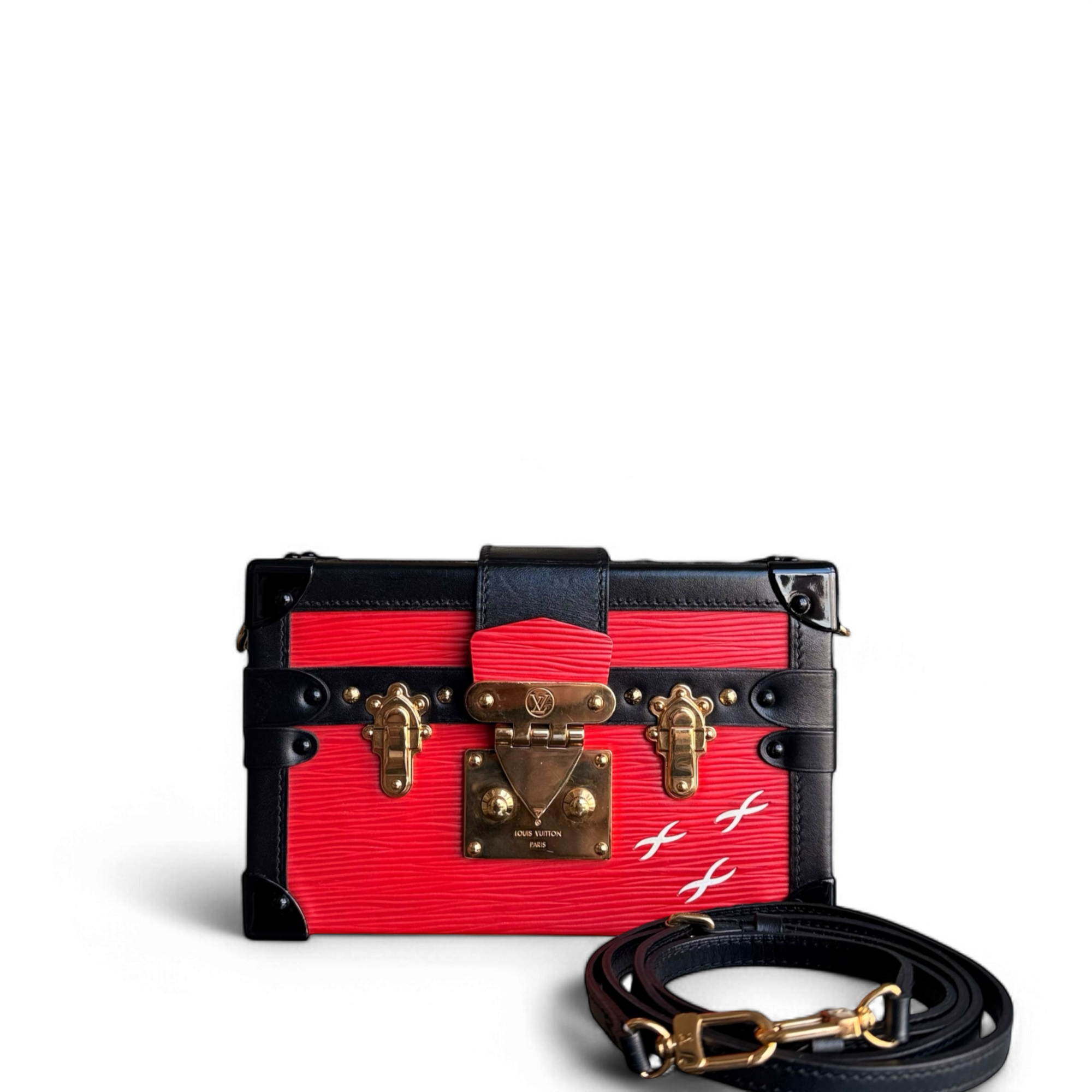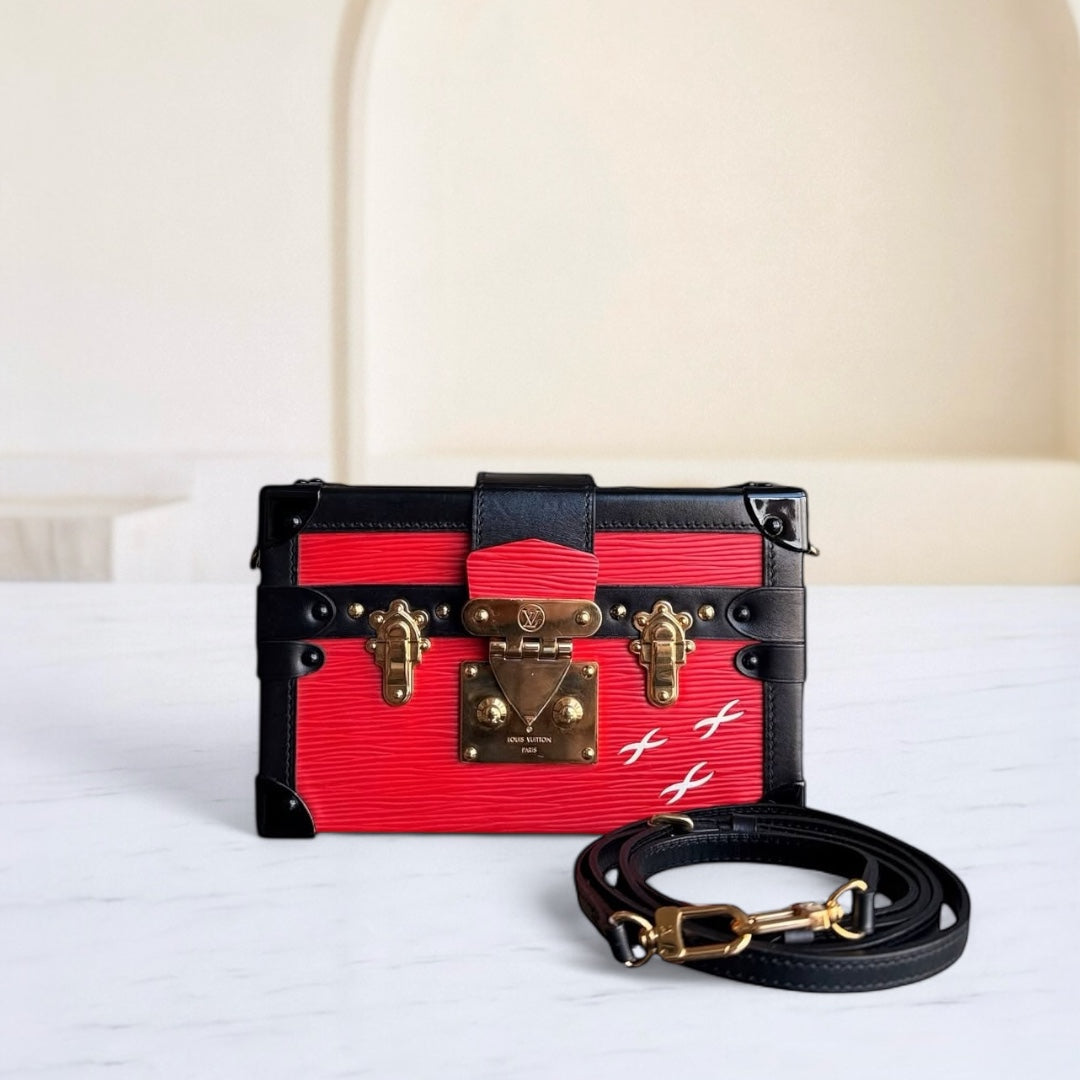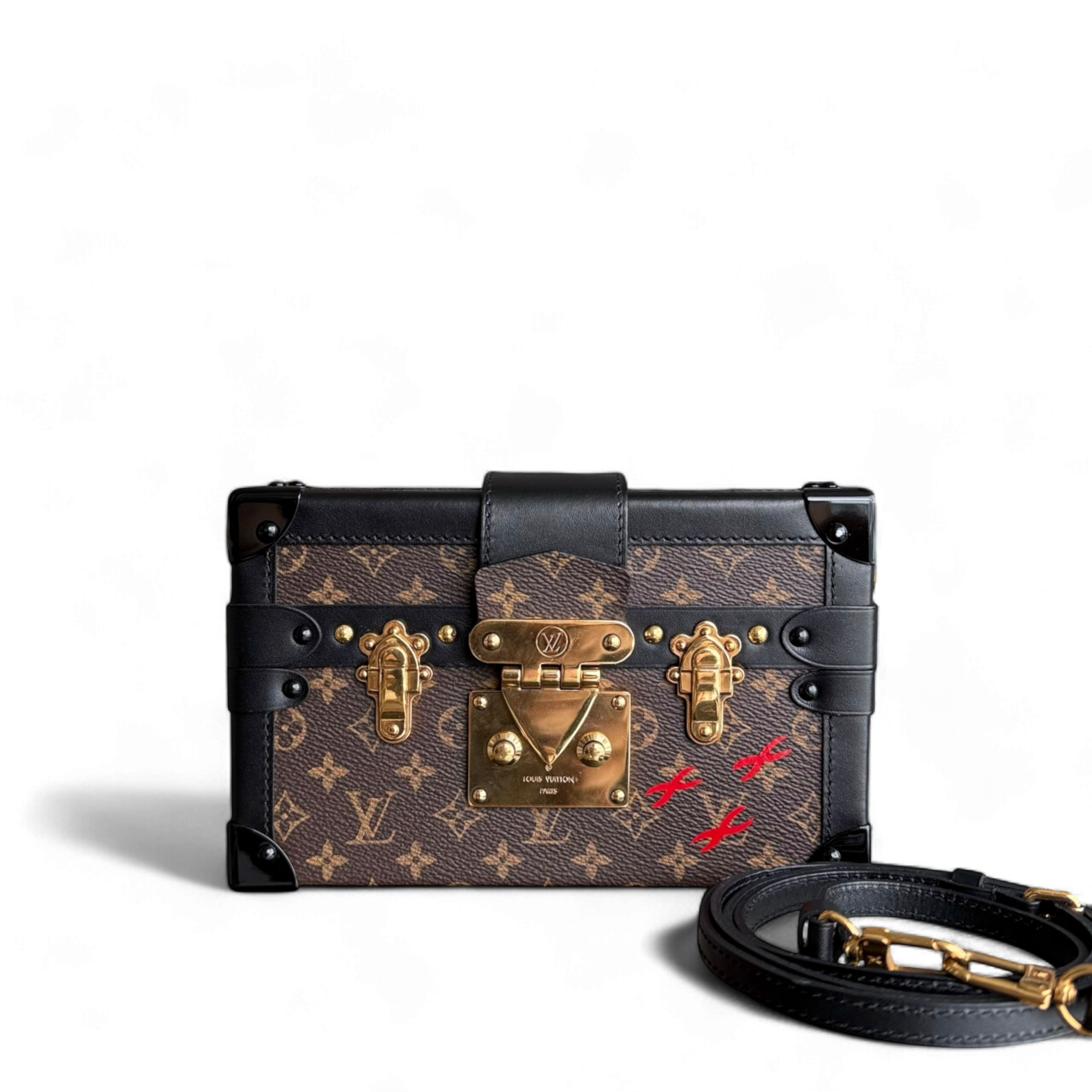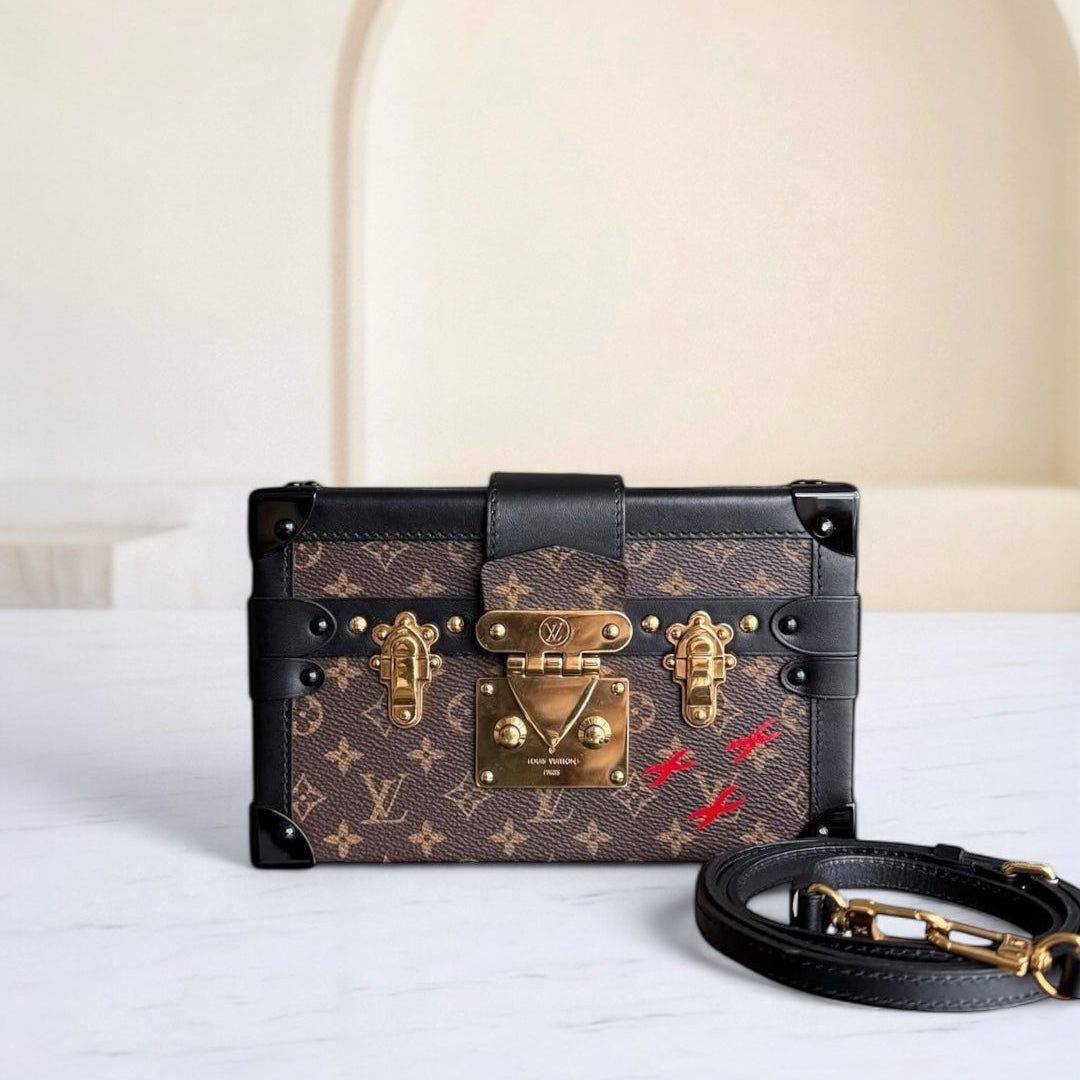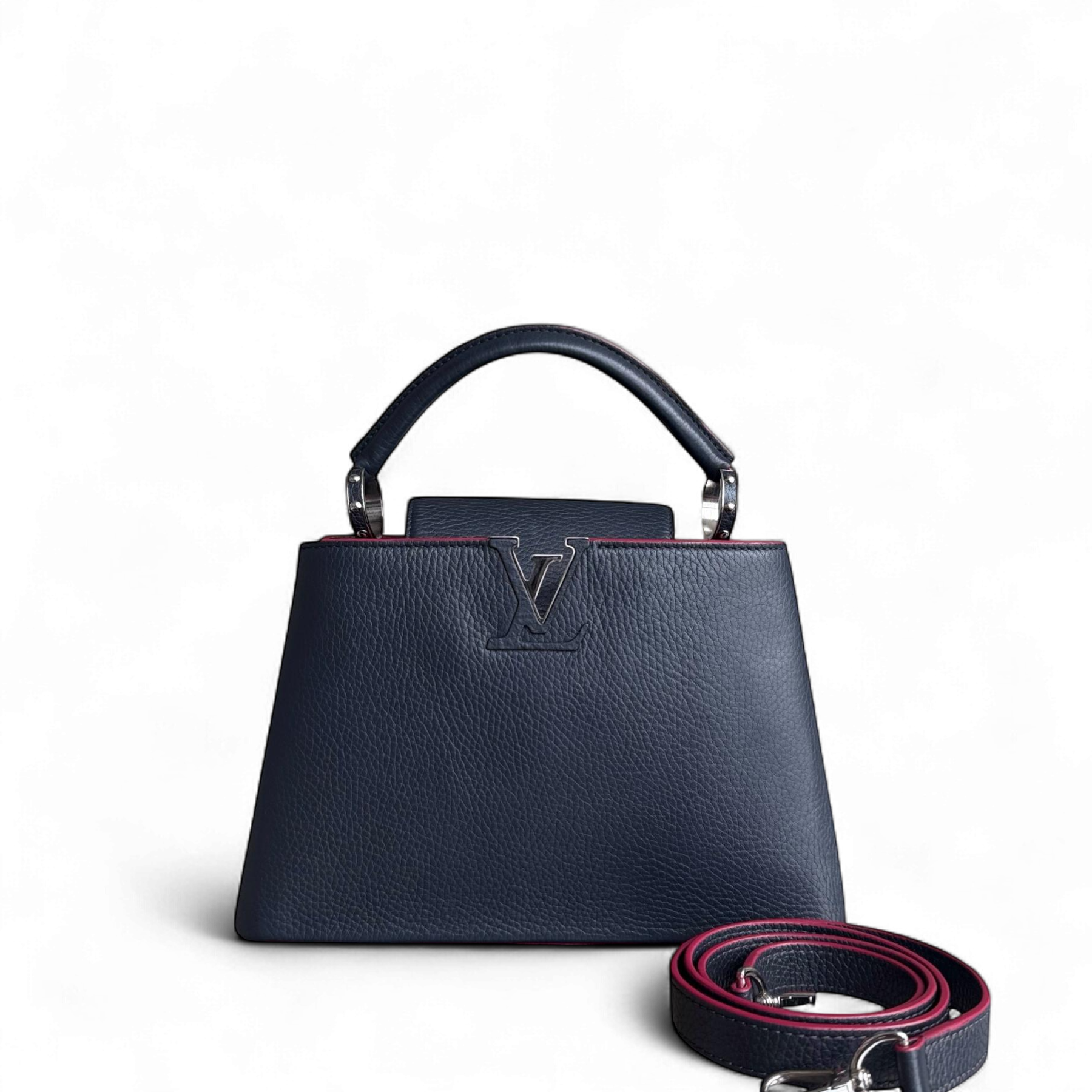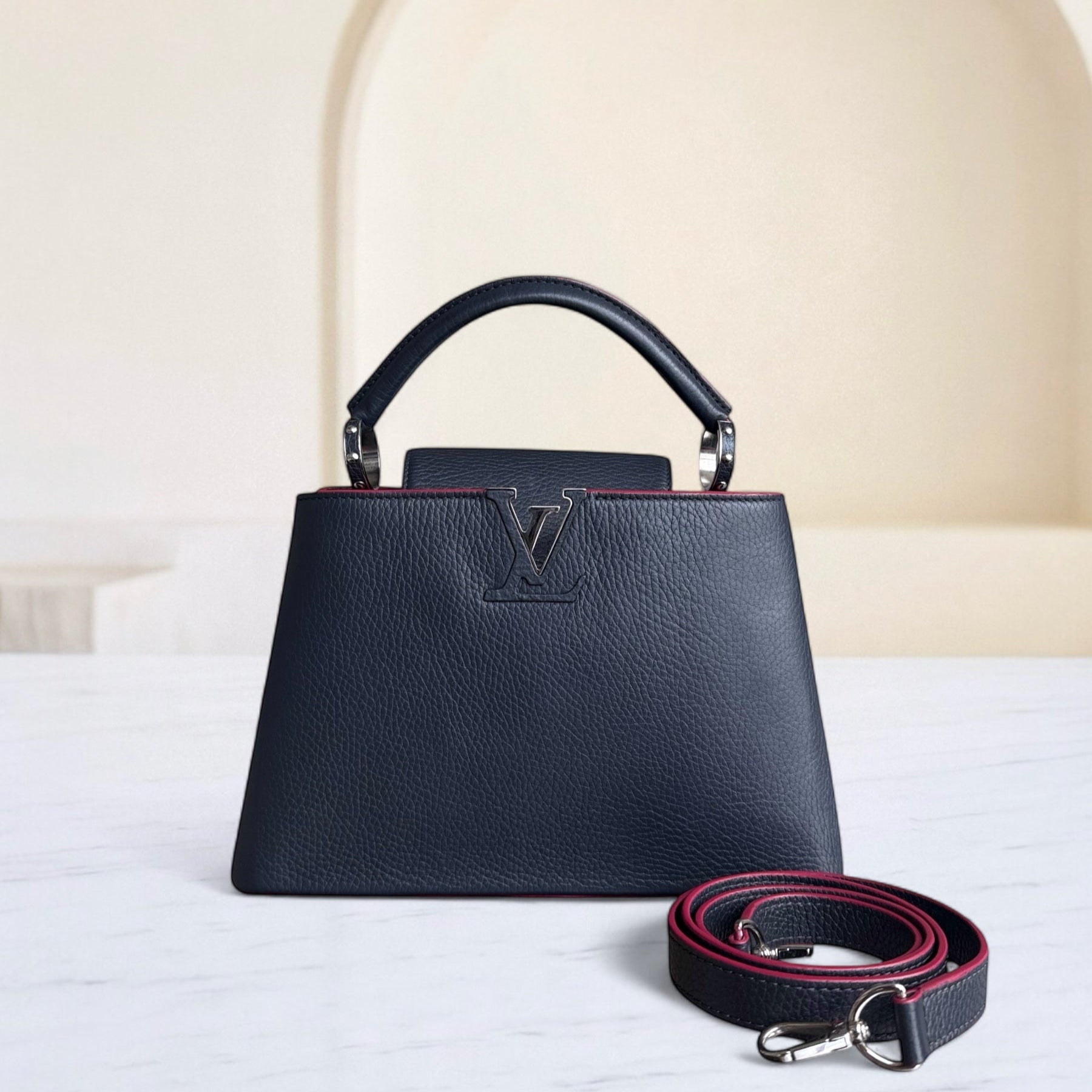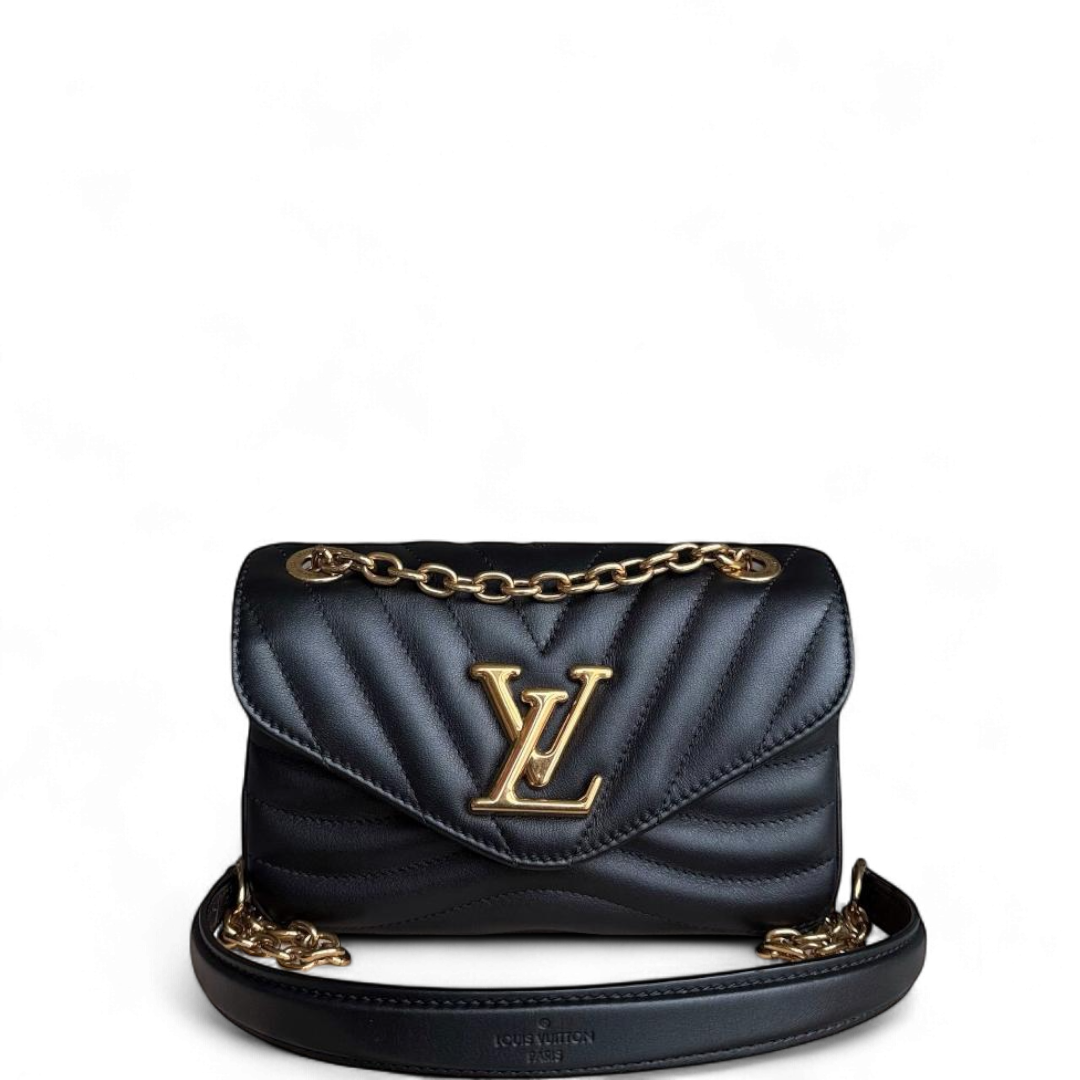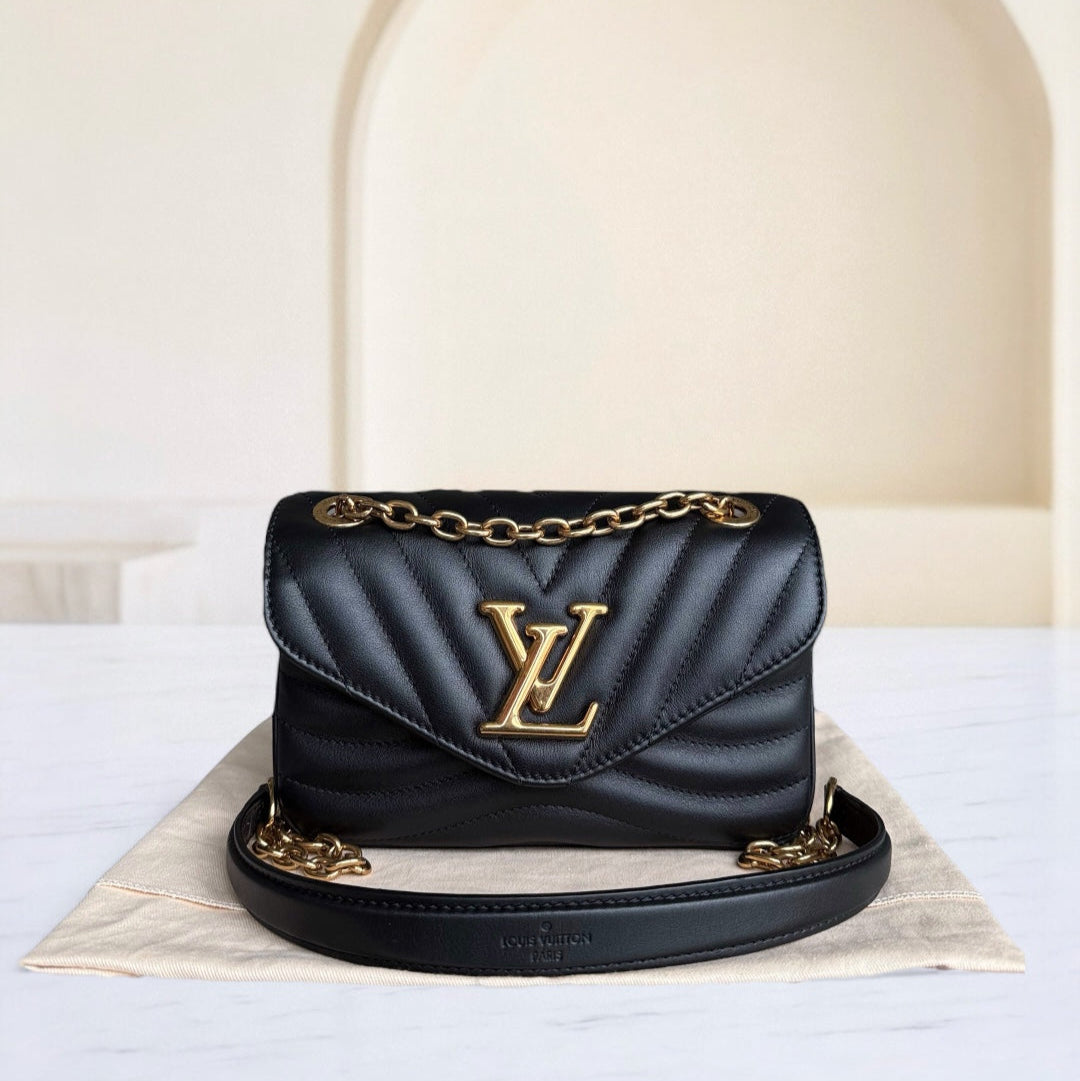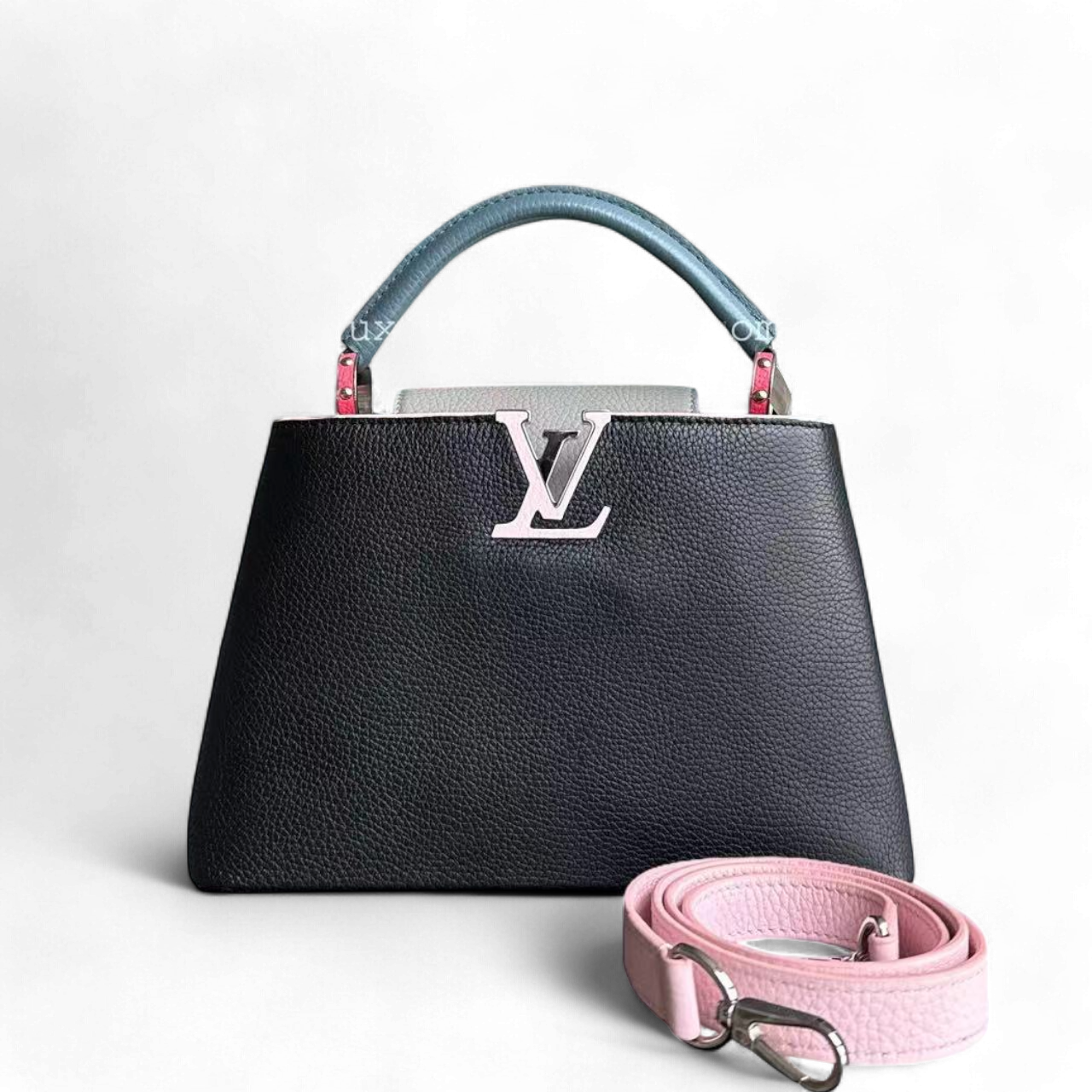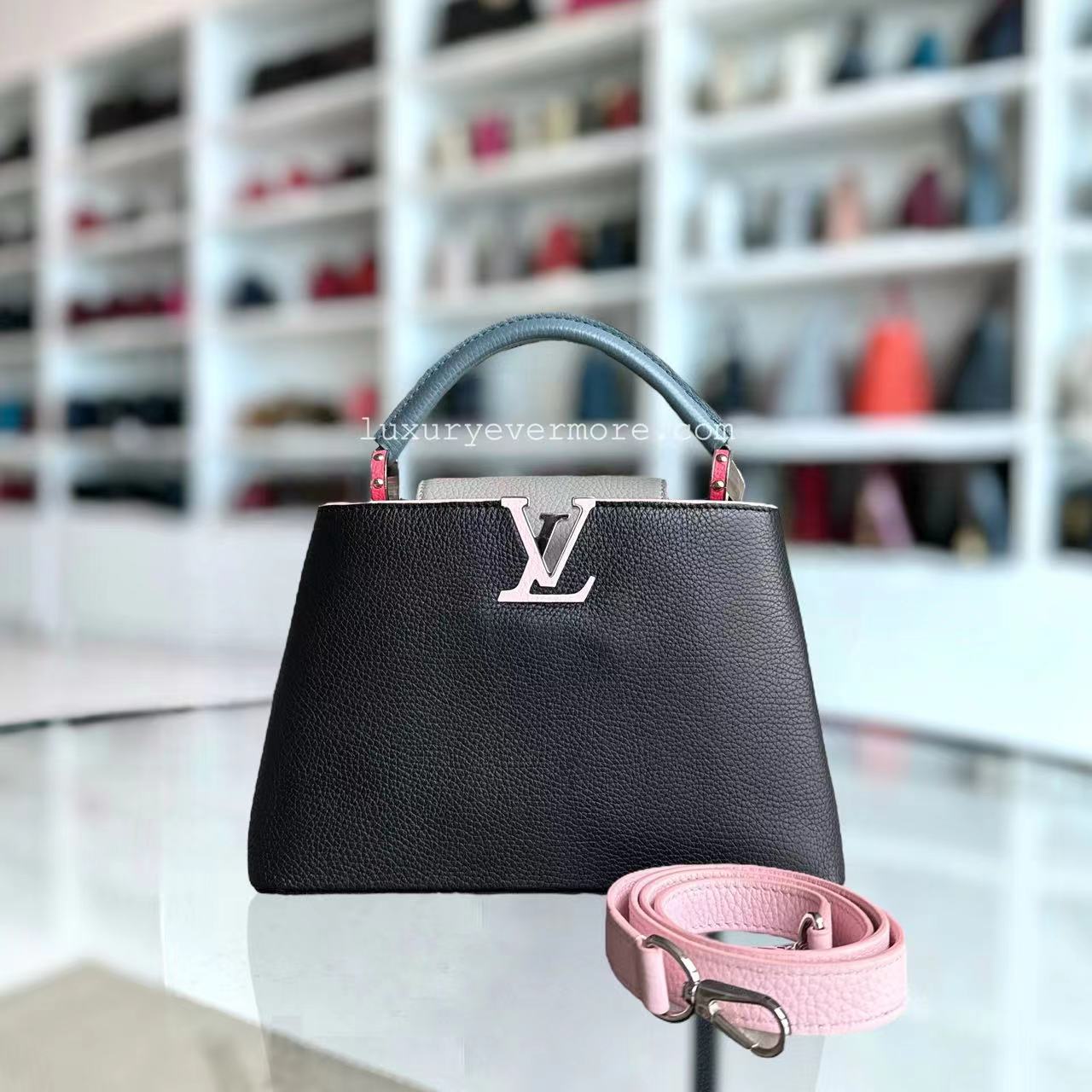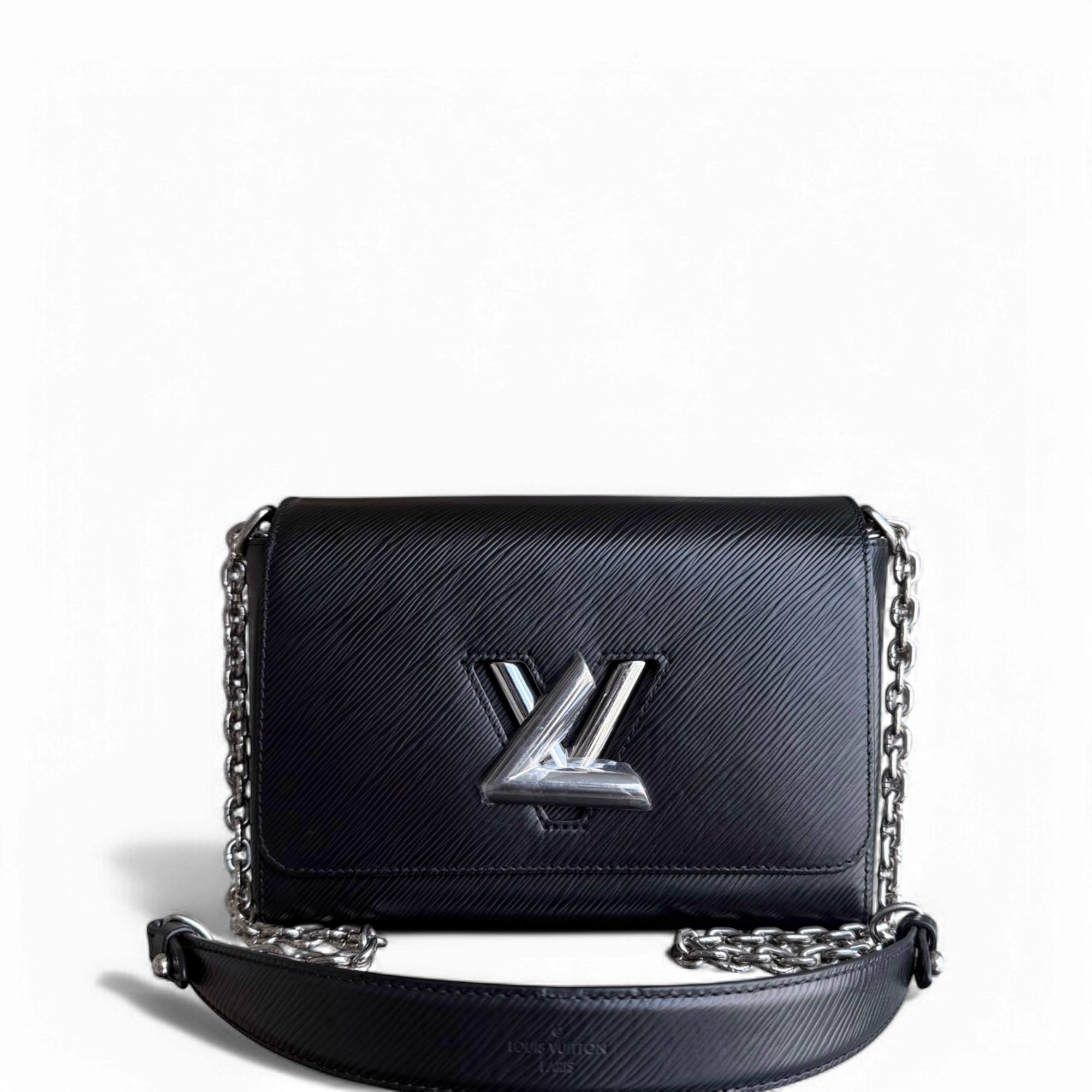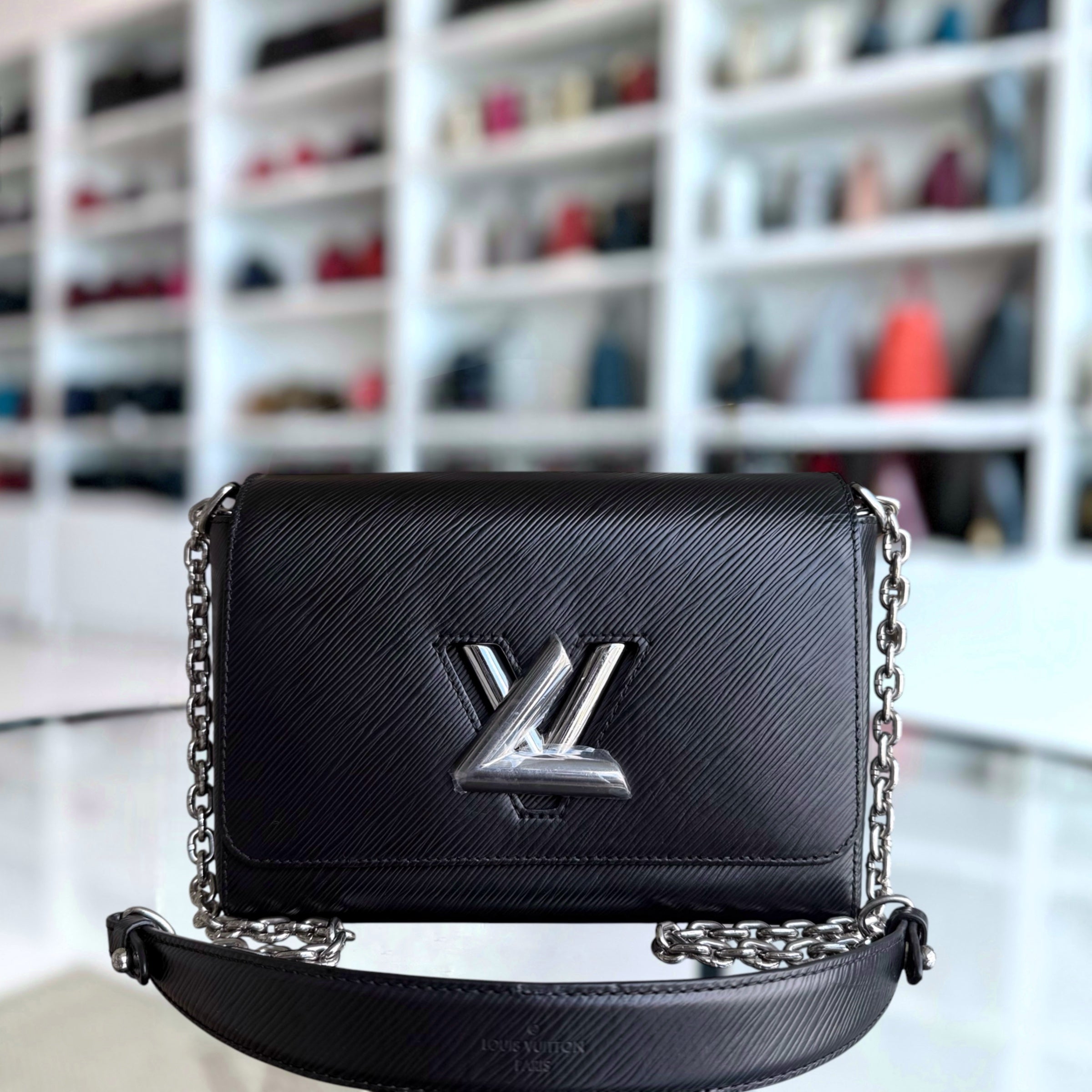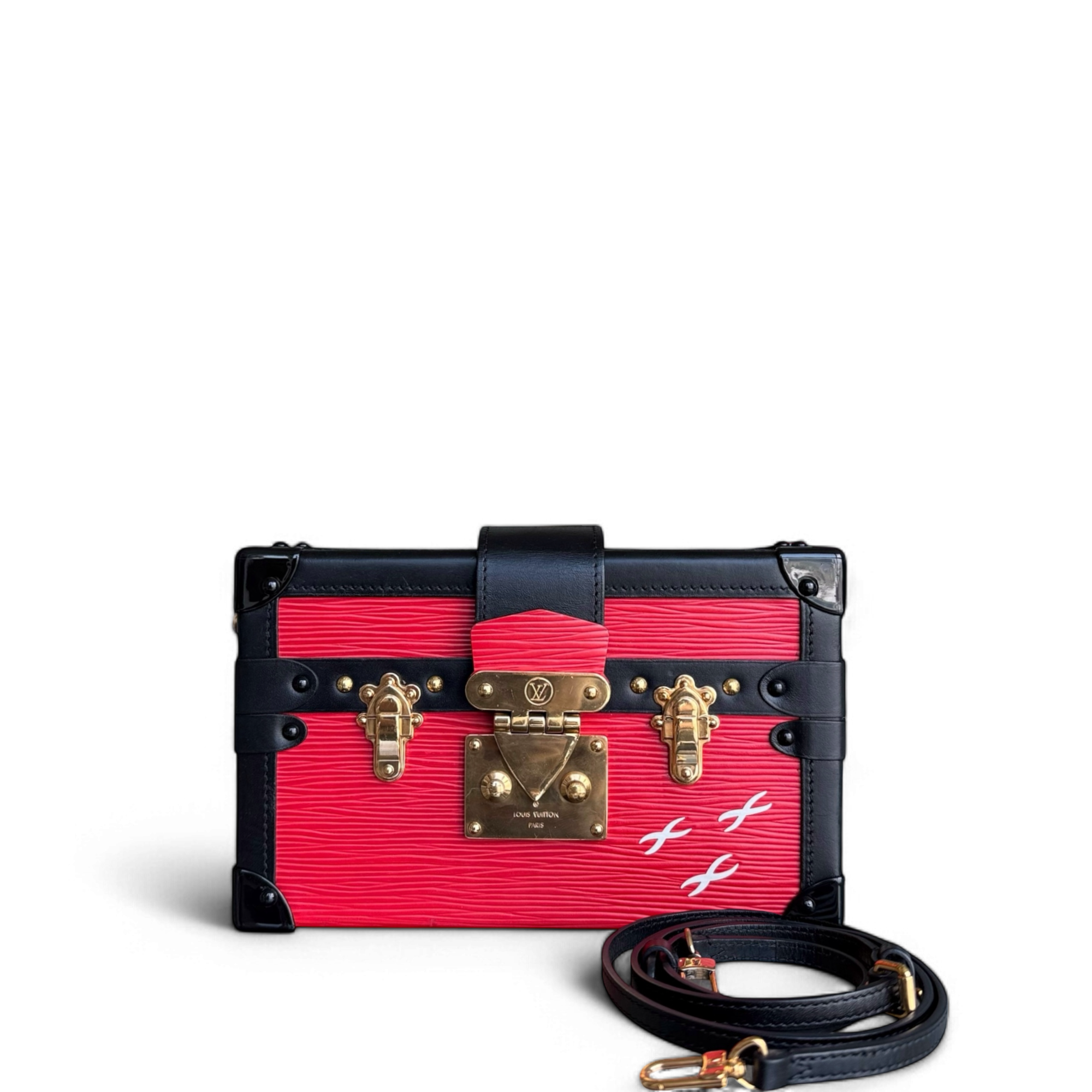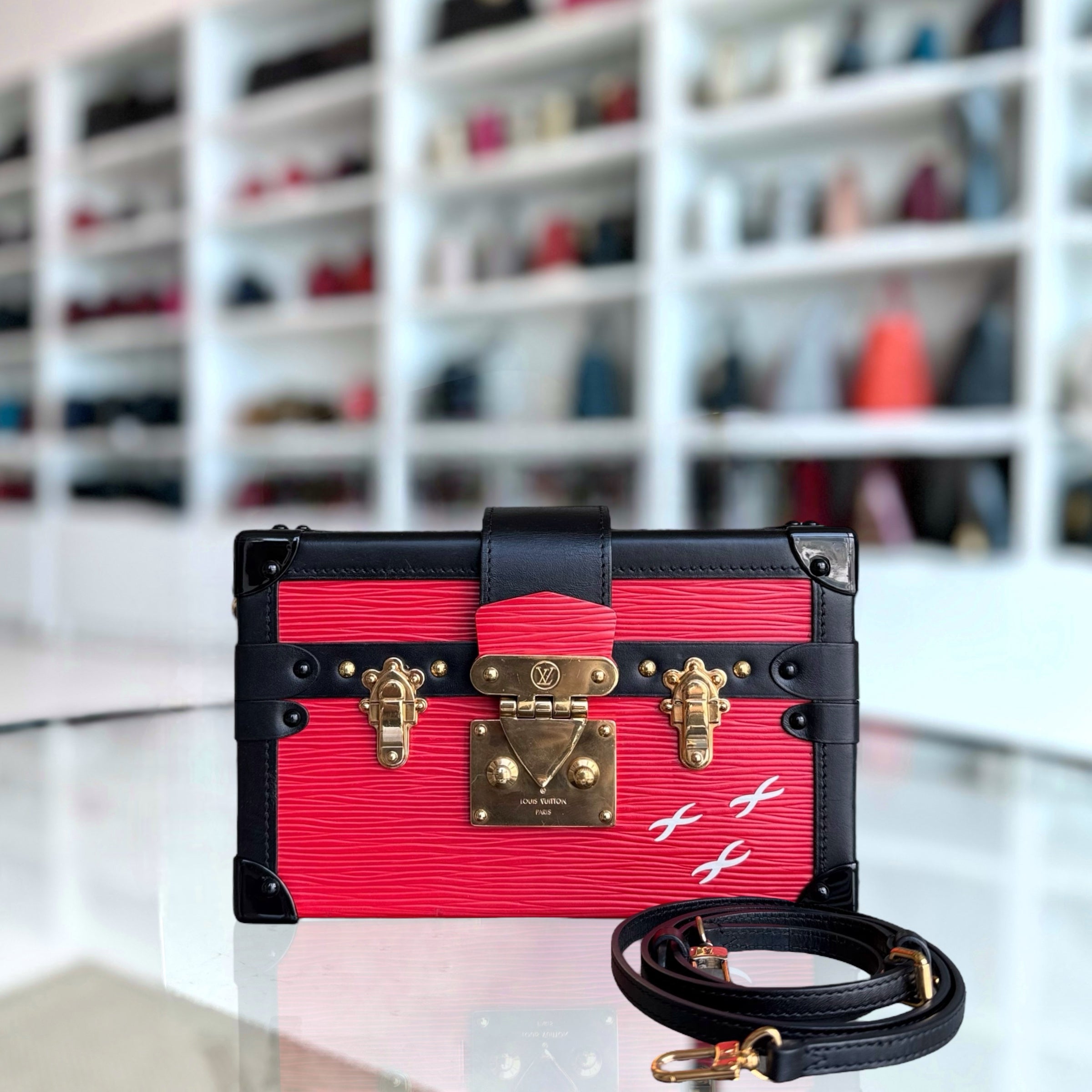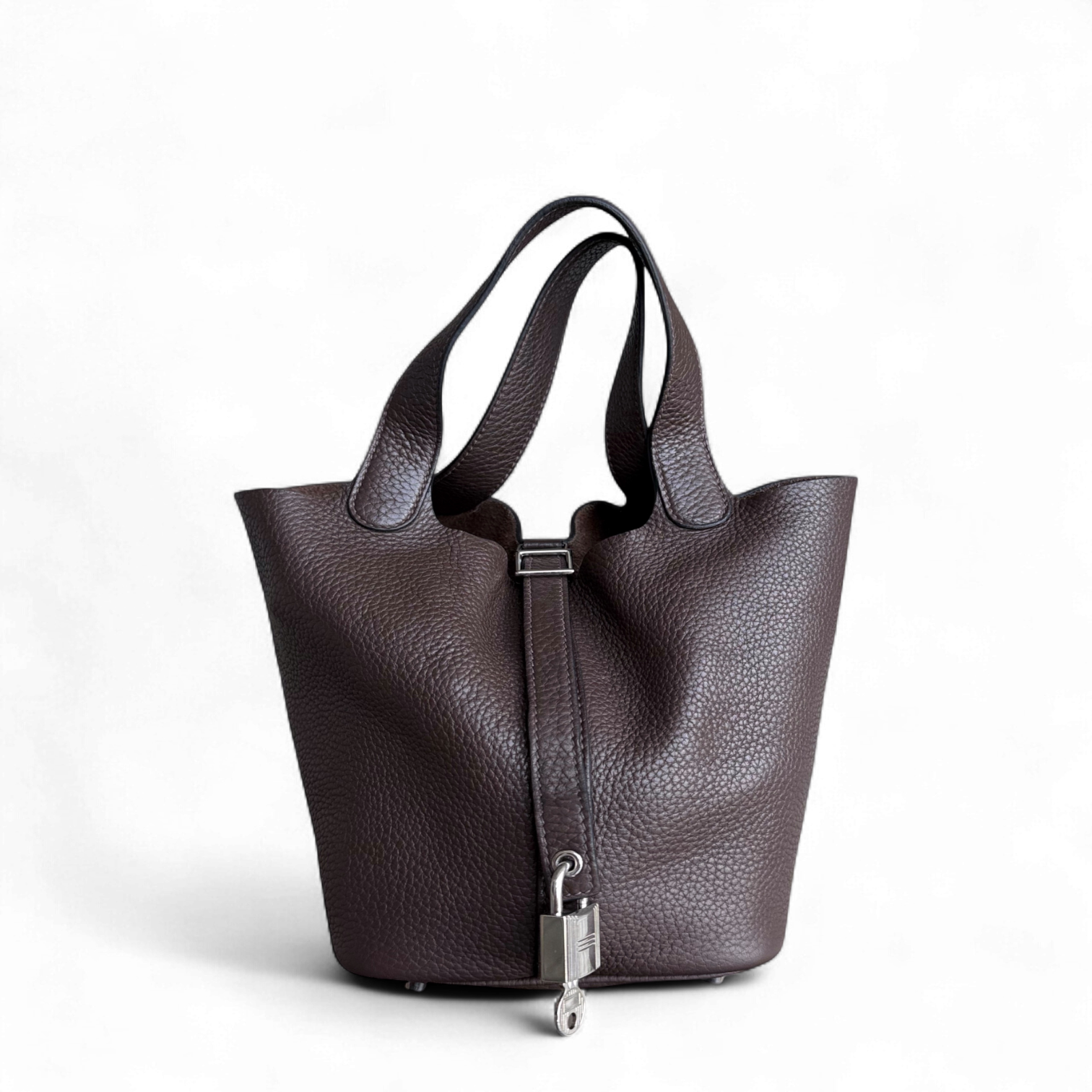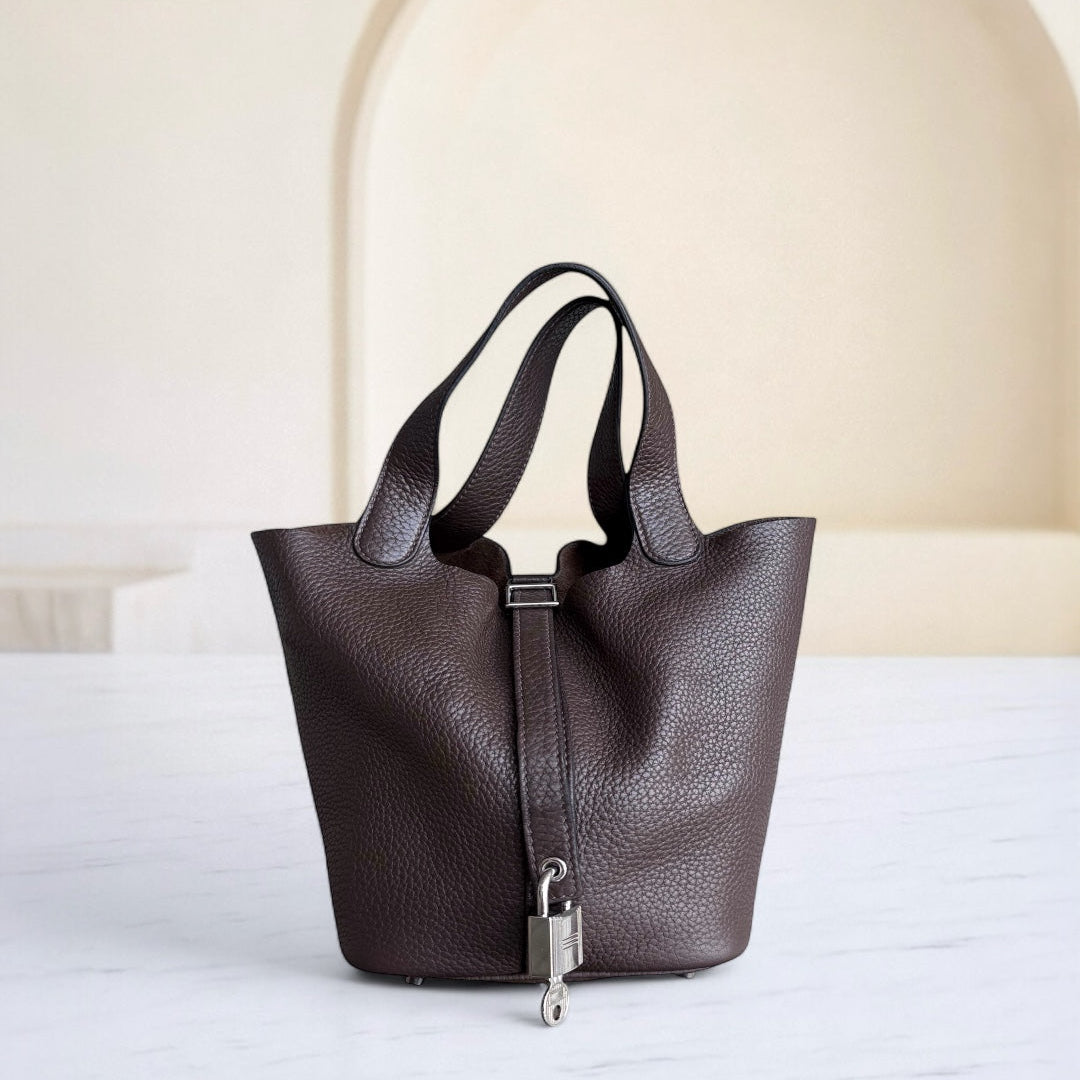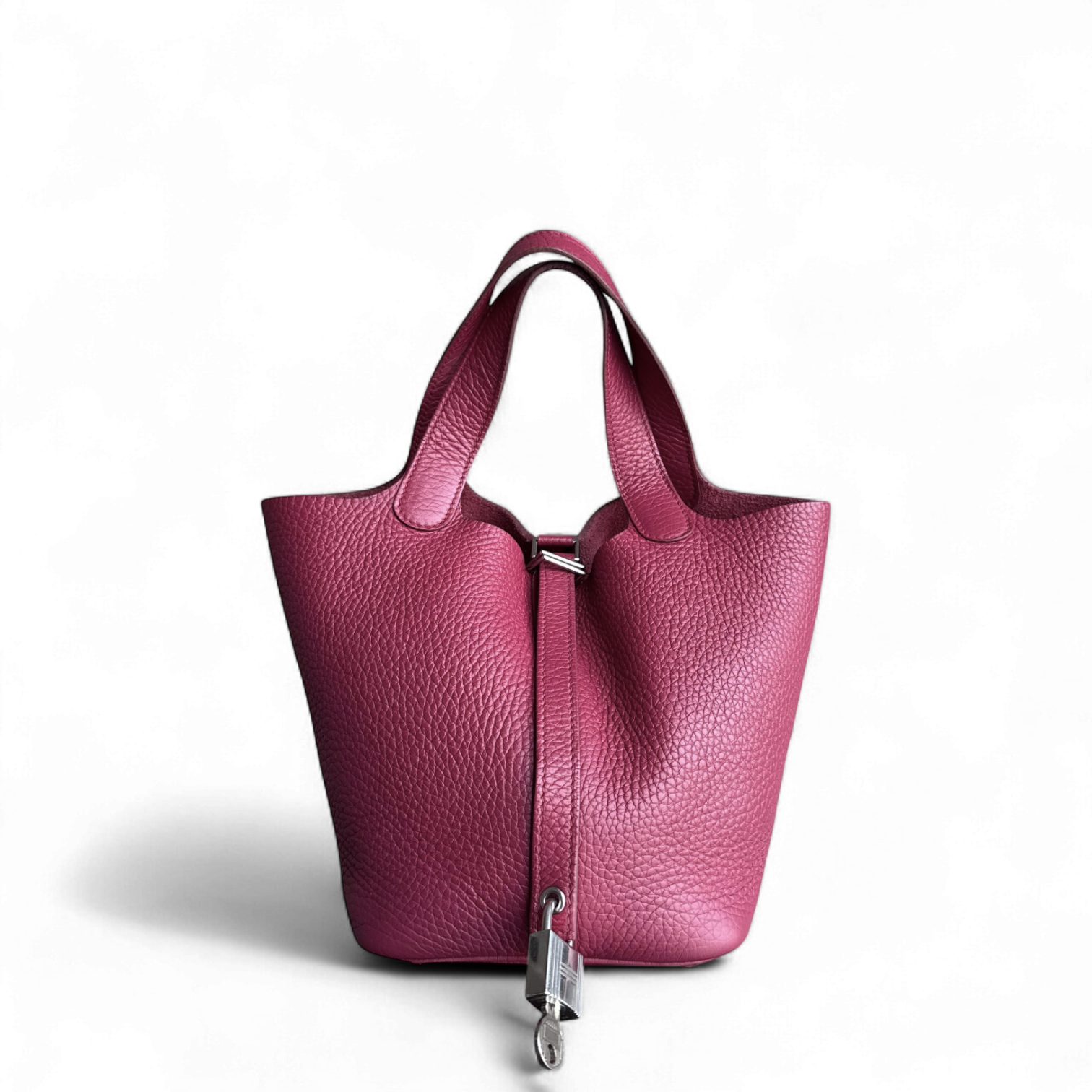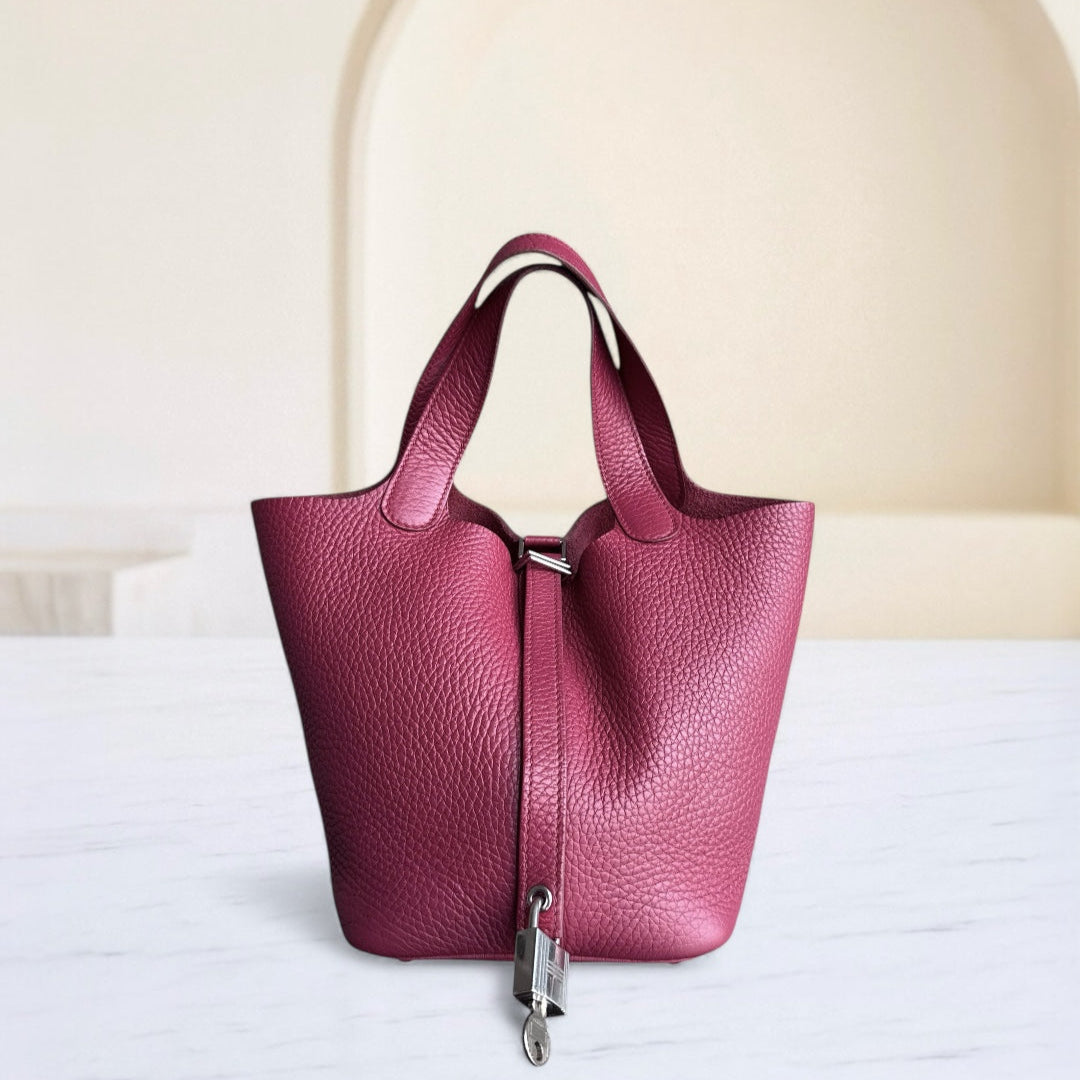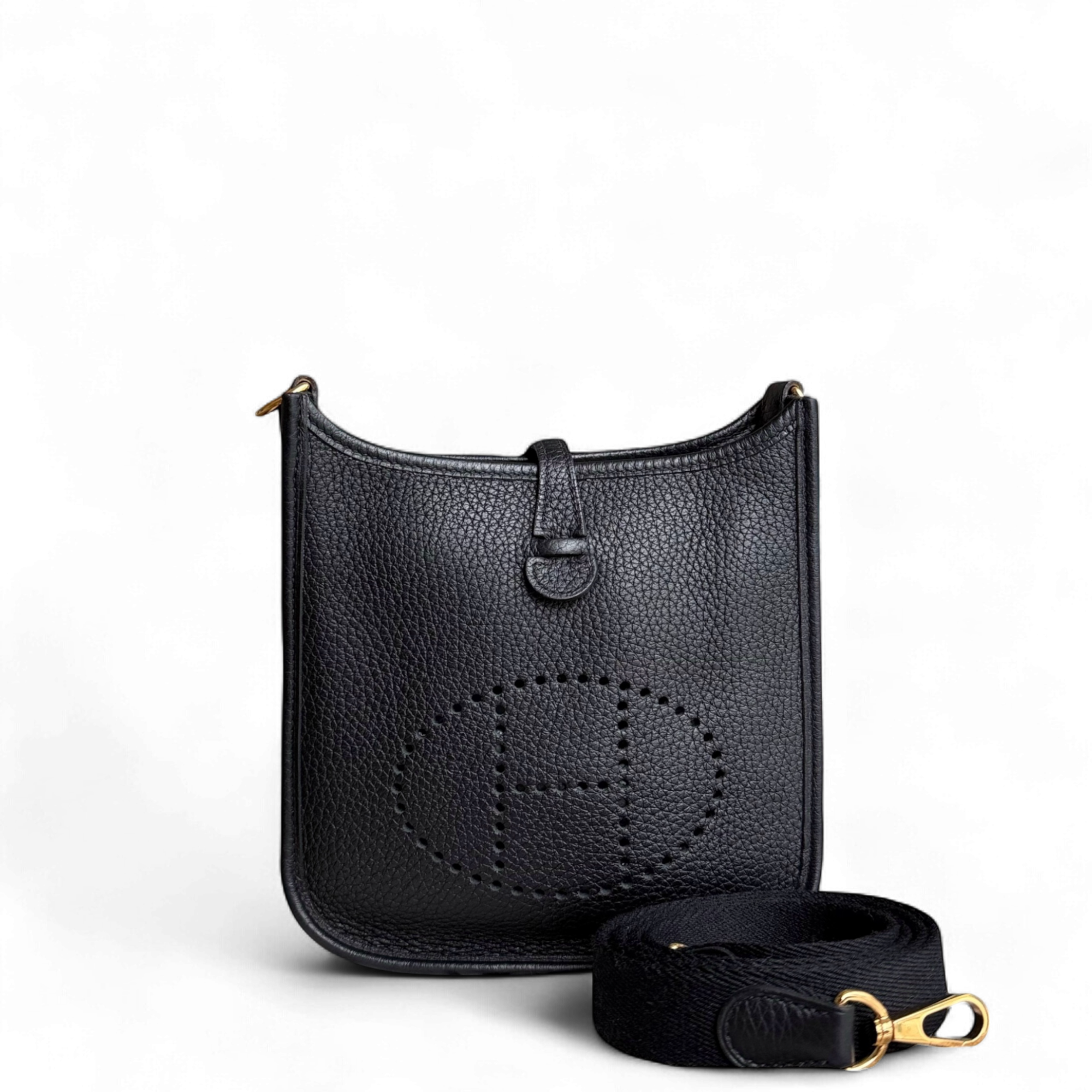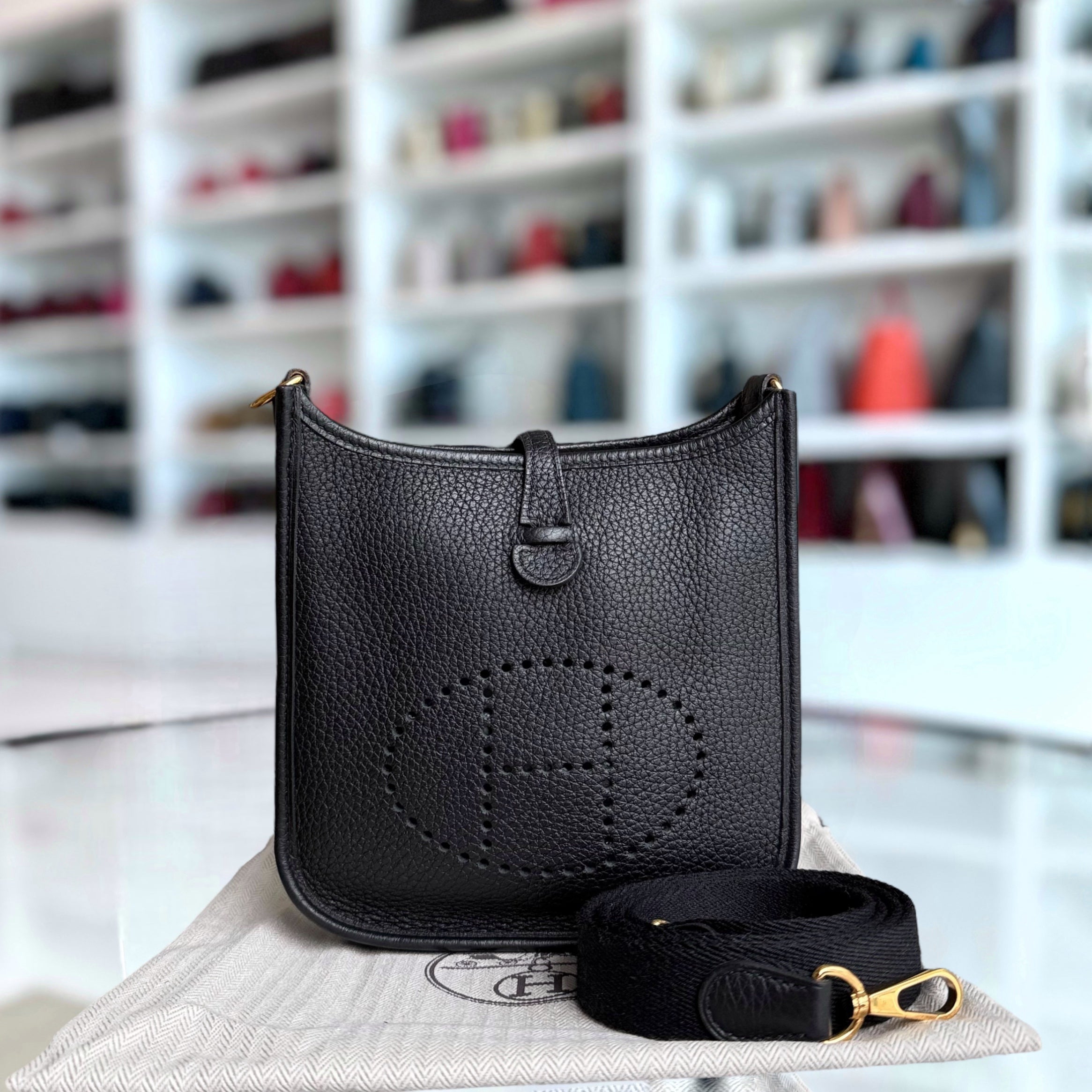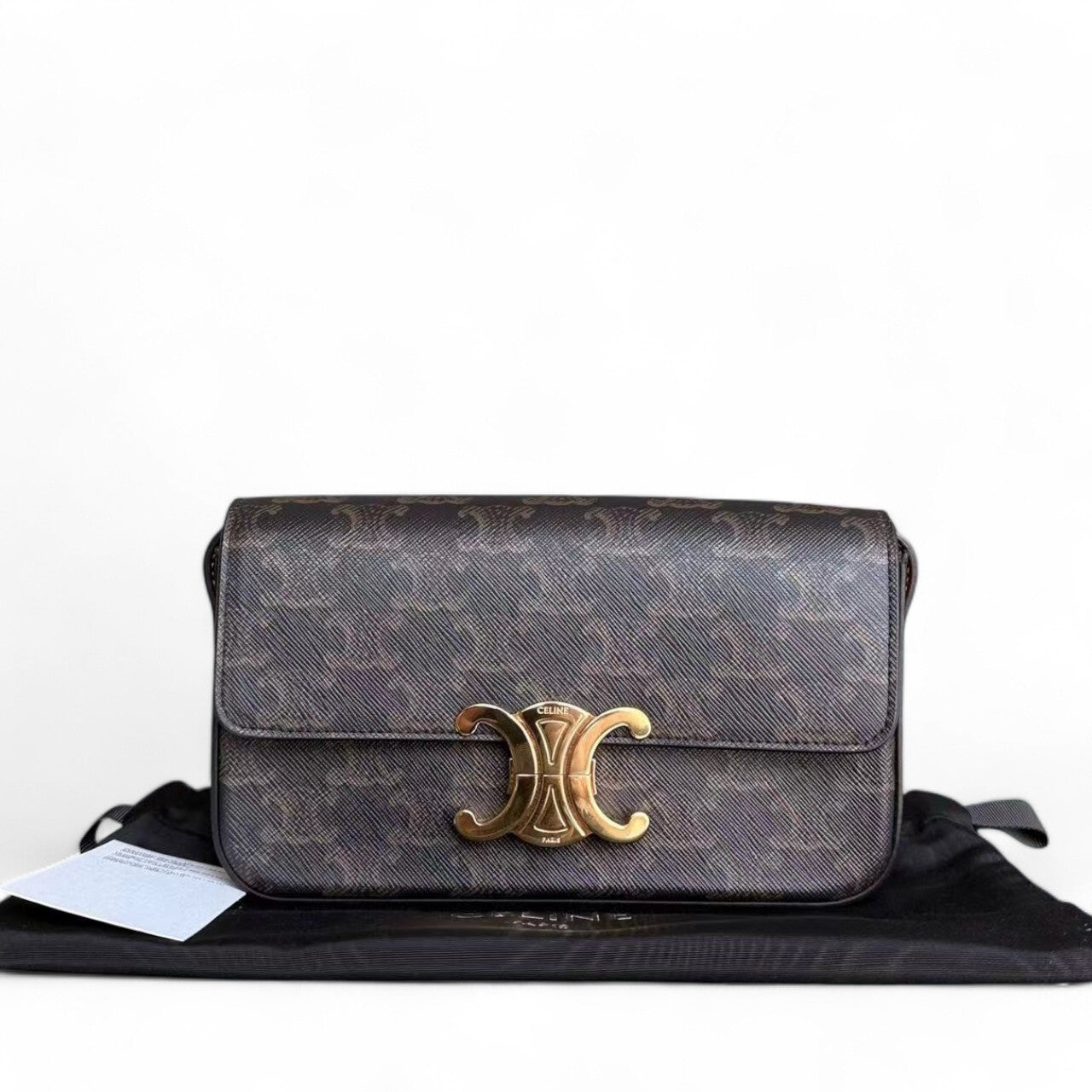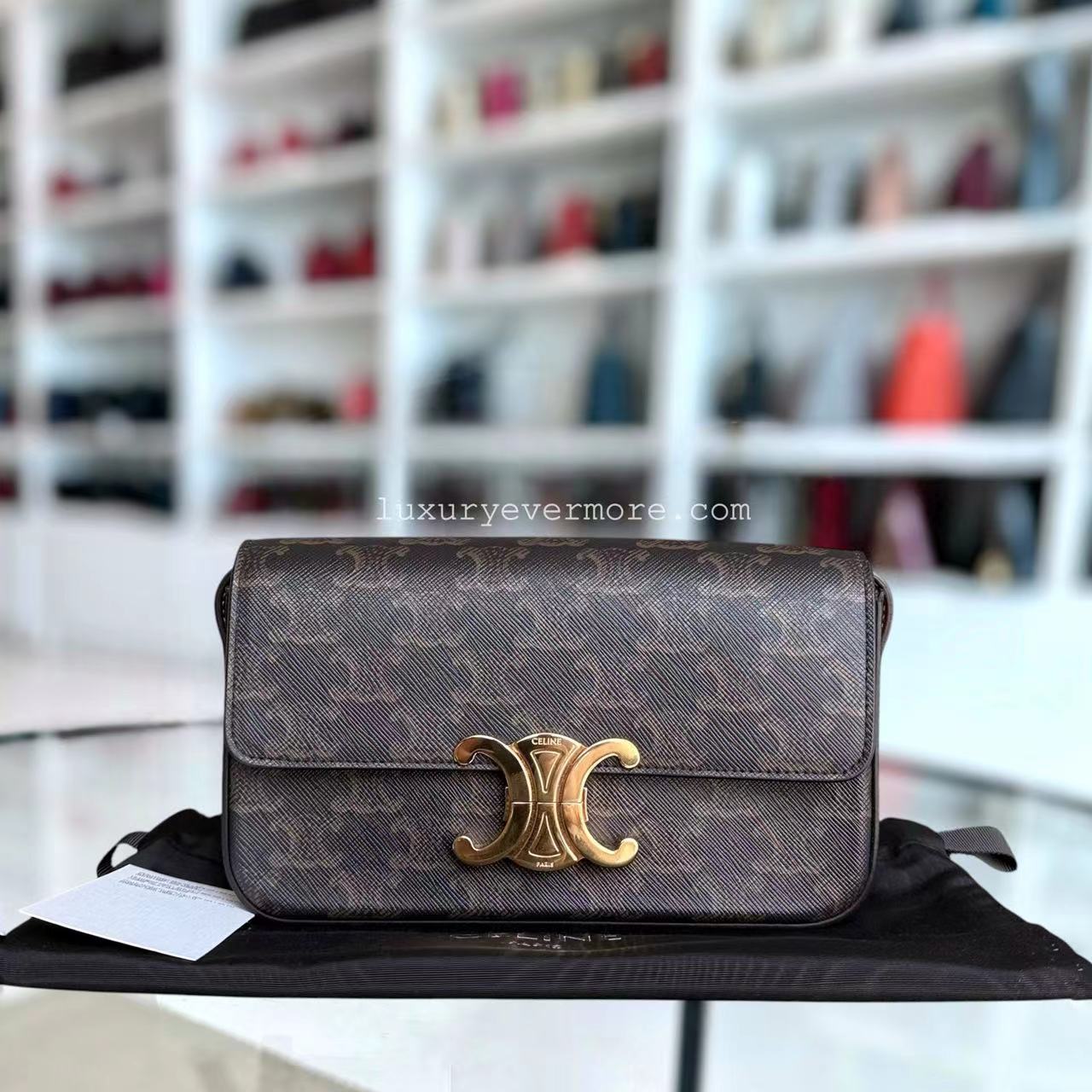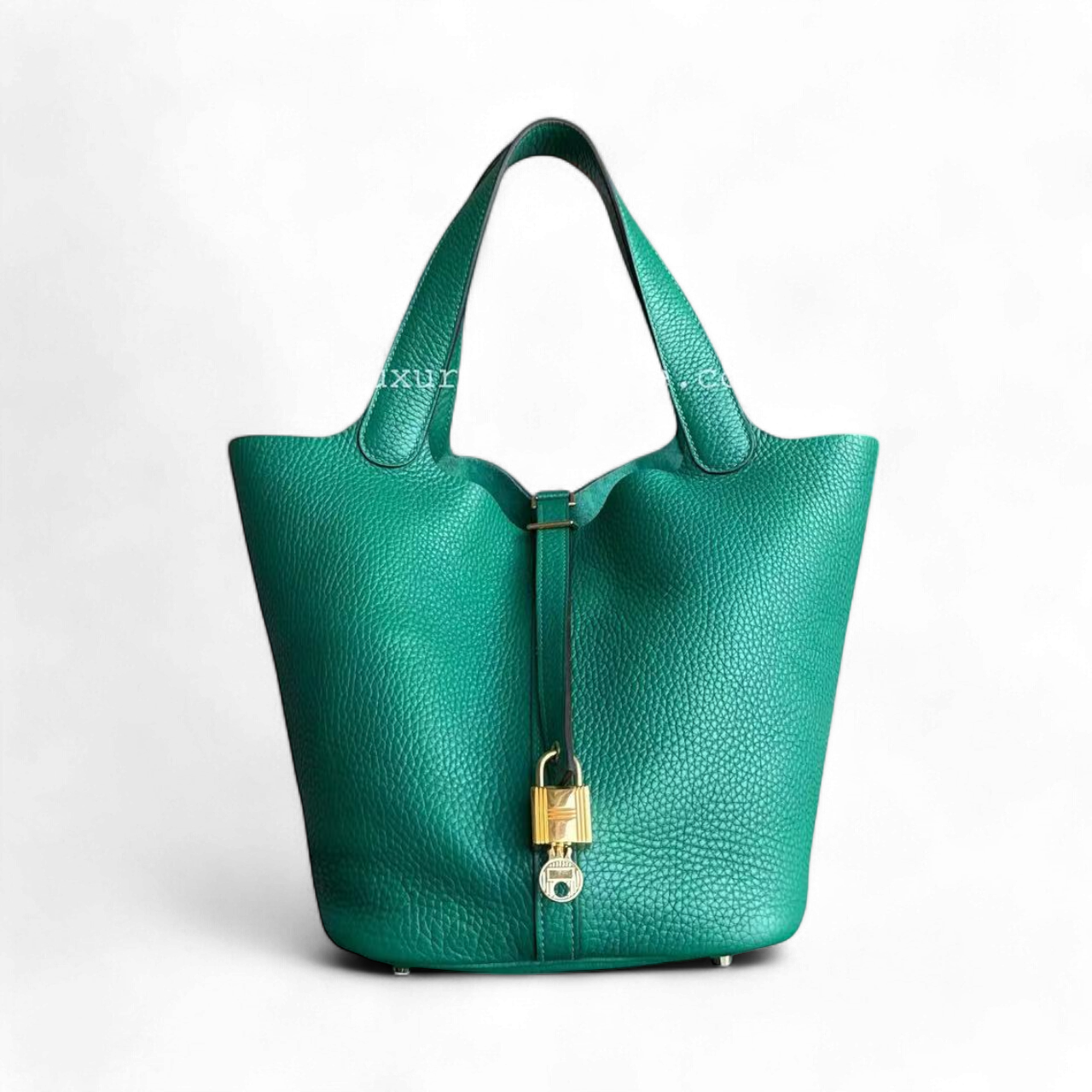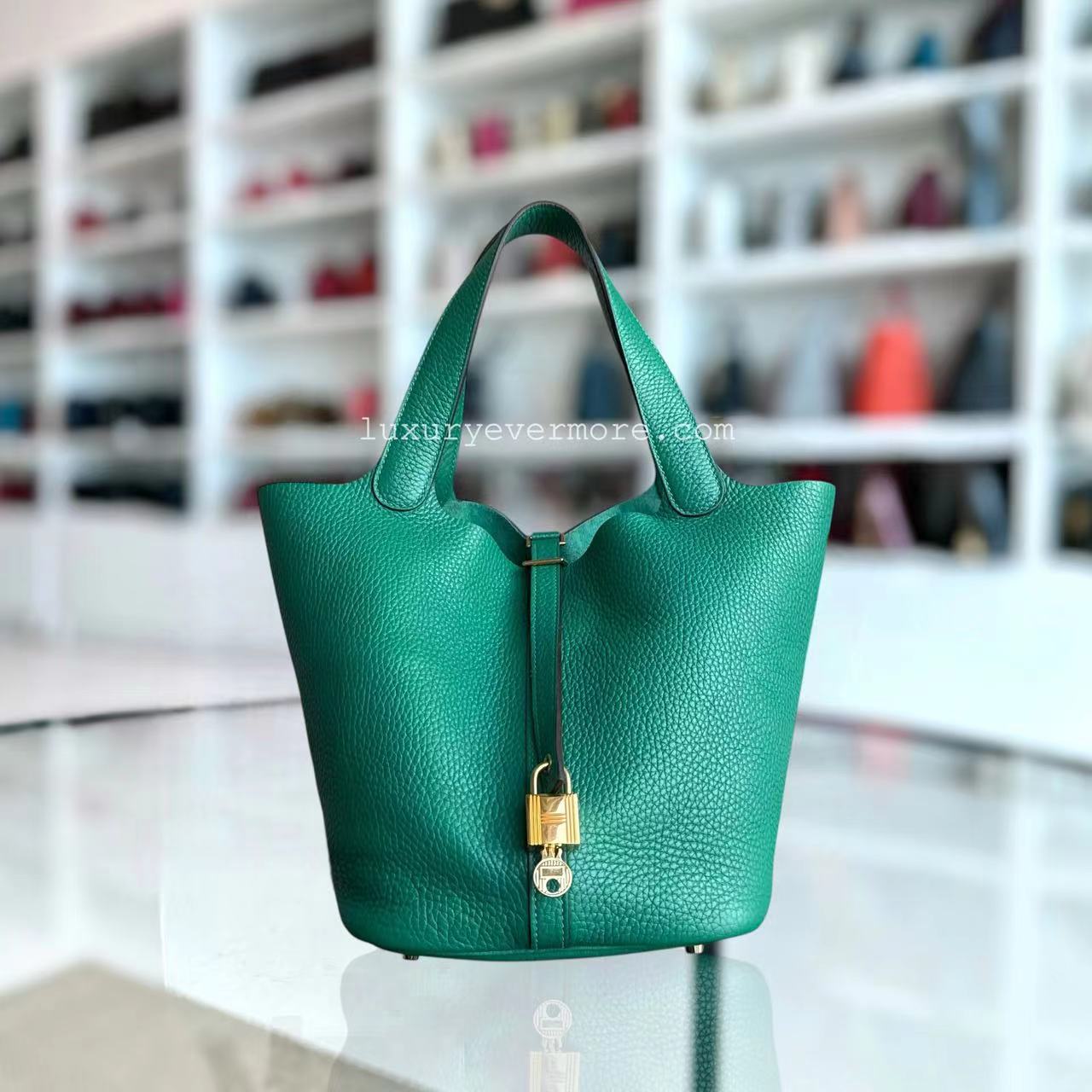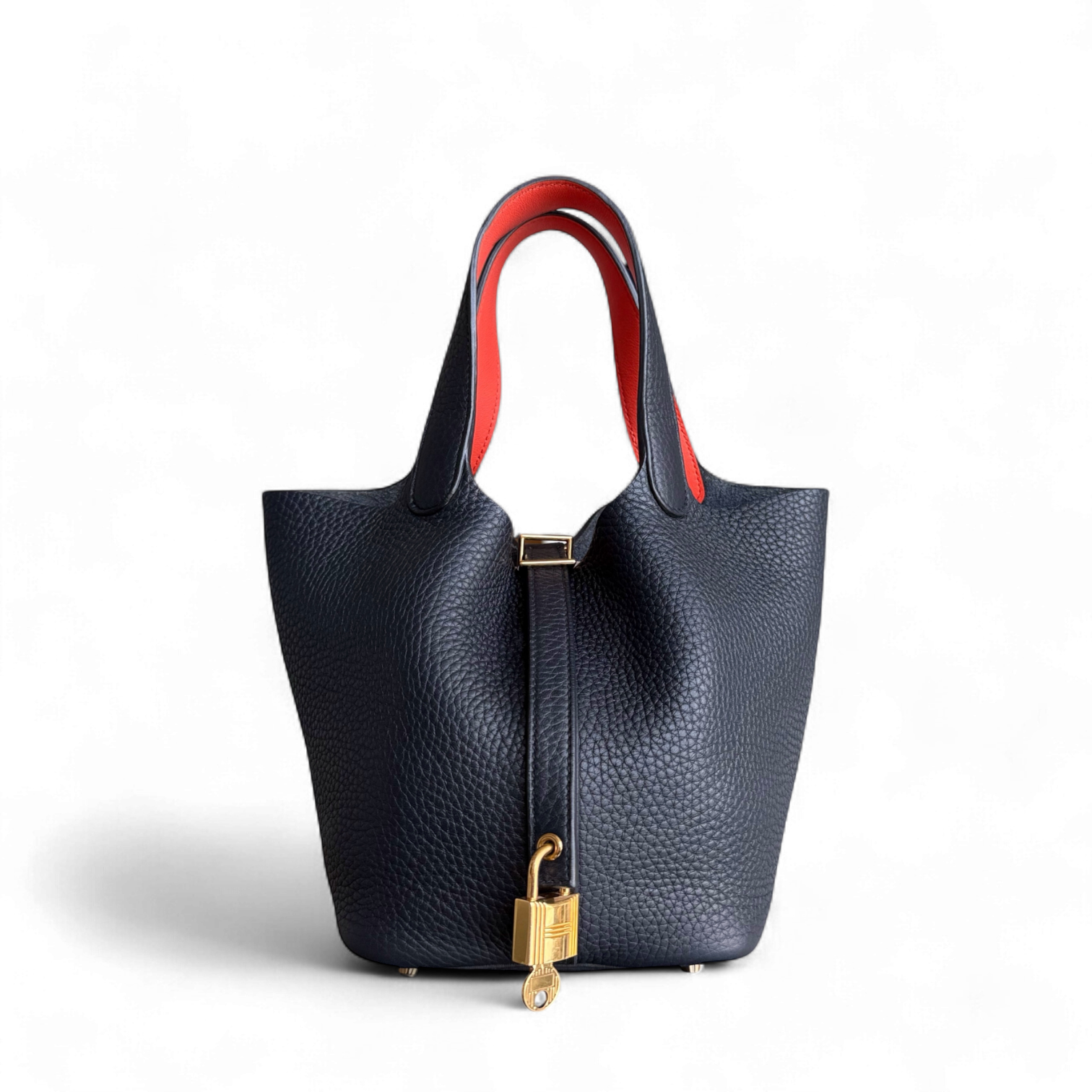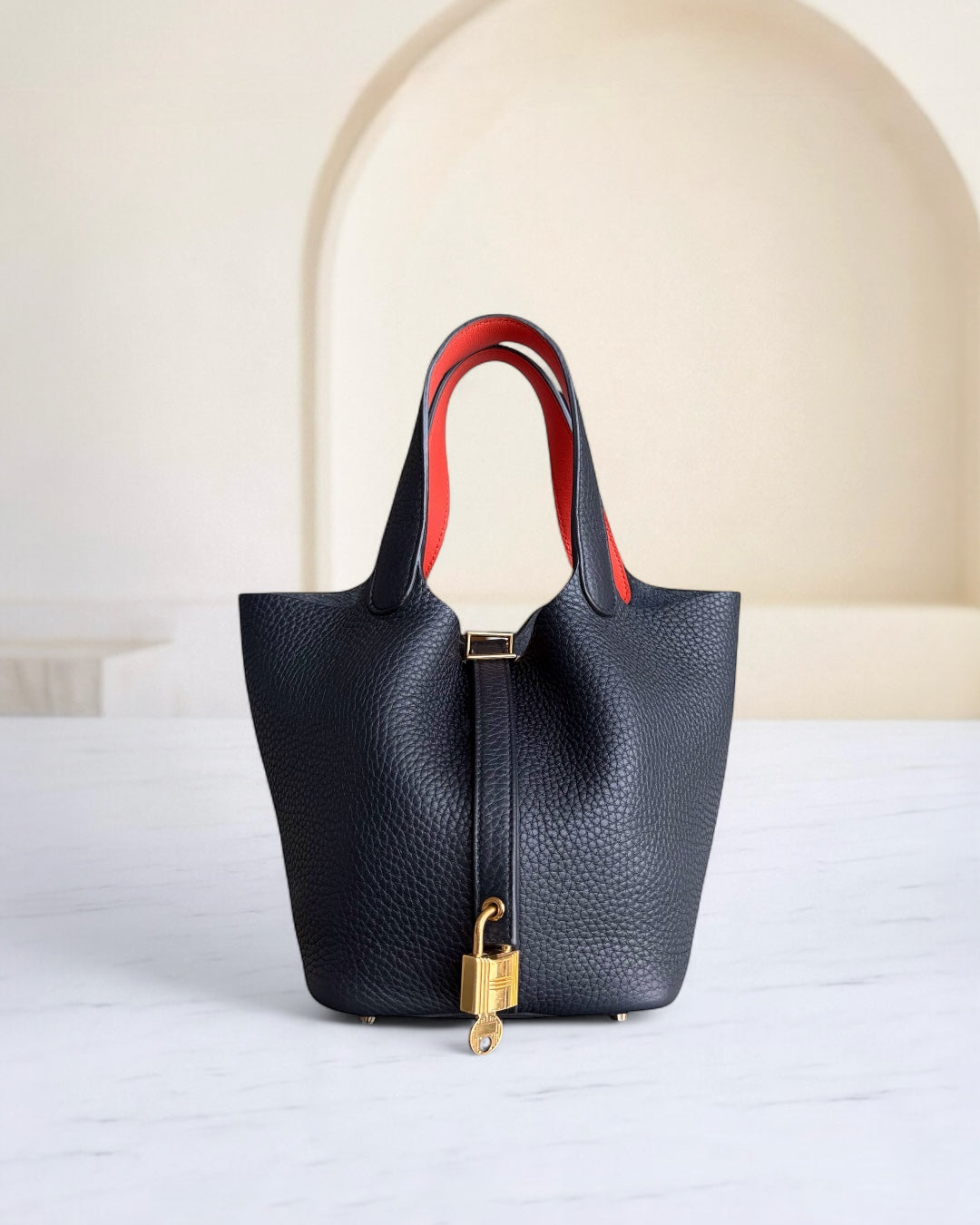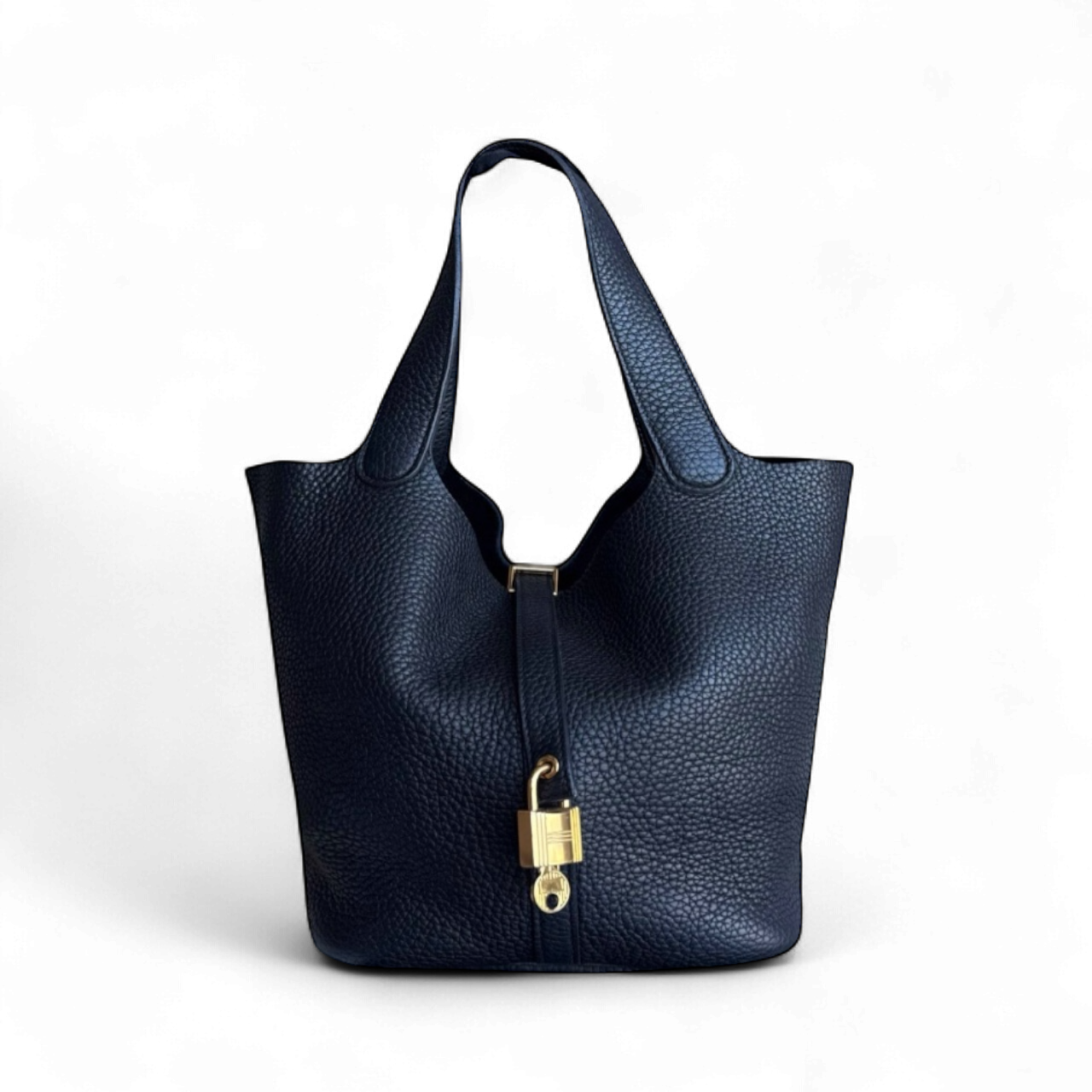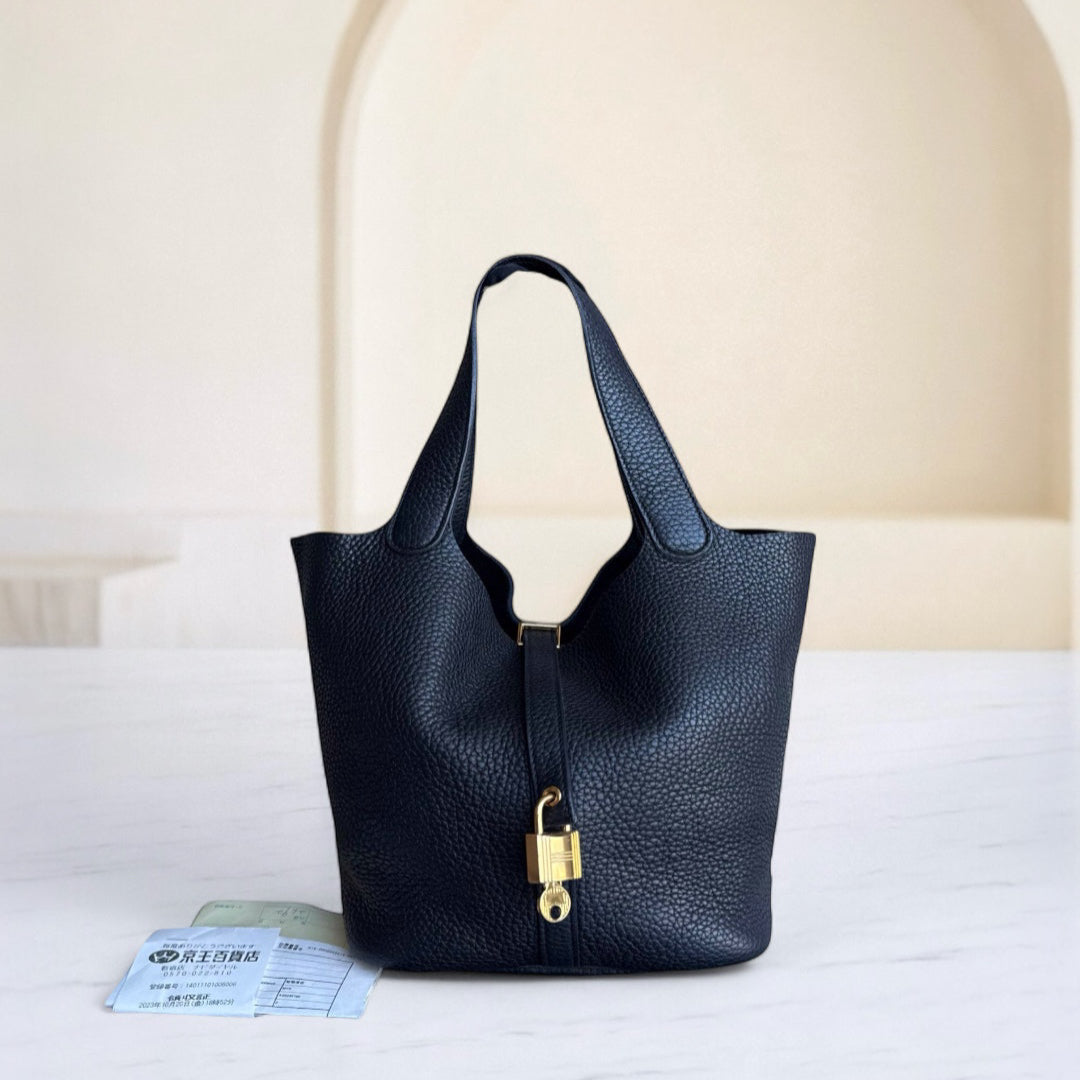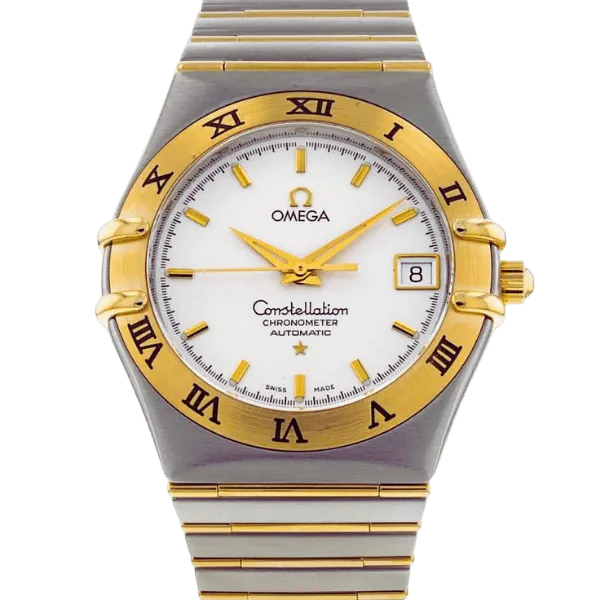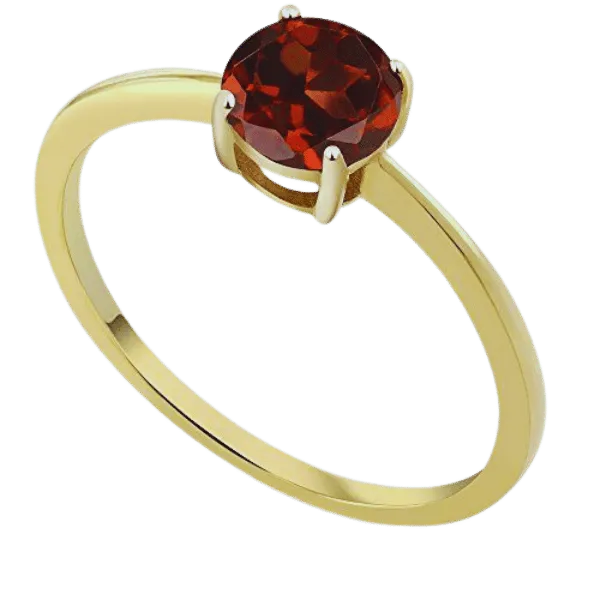How Much is a Ruby Worth? A Comprehensive Ruby Pricing Guide
For hundreds of years, rubies, with their sanguine color, have been most attractive to humanity. However, the question stands: How can the value of such a gemstone be assessed? Be it an investor, a collector, or simply someone who enjoys the beauty of rubies, comprehending their value can be quite overwhelming. Rubies price is a function of multiple parameters that include grading features such as color and clarity, along with carat weight and even the location of the gemstone, which are all crucial in determining its market valuation. The aim of this article is to help you comprehend how rubies are priced by trying to break down the complex and multi-threaded valuation process of rubies. When this article is over, you will have a better understanding of rubies and be in a good position to be able to make sound buying, selling, and appraising this unique gemstone.
What Factors Influence Ruby Price?

Rubies are priced with regard to the following attributes, which contribute to their overall worth:
- Color: A ruby’s cost is deeply contingent on its color, with the redder rubies being the costliest, especially the ones that are described as “blood red pigeon”. Rubies that have a patchy or less appealing tone tend to be cheaper.
- Clarity: Rubies of higher quality have low inclusions, but the presence of other imperfections is permissible. However, having too many negatively impacts both pricing and appearance.
- Weight in Carat: Rubies with higher carat weights are typically rarer, which means they are also costlier. The price per carat generally tends to be on the higher side when the carat is larger.
- Source: Rubies sourced from Myanmar (Burma) are considered to be exquisite and sought after because of their exceptional quality and historic value.
The interaction of these innumerable factors determines a ruby’s price in the open market.
Impact of Clarity and Inclusions on Value
A ruby’s clarity has a greater impact on the respective value, with less inclusion making the stone clearer and, thus, the price higher. Natural rubies are not likely to be devoid of inclusions; however, the value of the stone can be compromised when the degree of inclusion is excessive. Both brilliance and transparency are negatively affected, and so are the value. Furthermore, it is deemed particularly undesirable when such inclusions affect the structure and durability of the ruby. Buyers frequently prefer rubies that have inclusions that would otherwise compromise their beauty or integrity set in particular positions.
The Role of Ruby Color in Pricing
The most important aspect of how valuable a ruby will be is its color. The rubies that are in greatest demand are those that are “pigeon blood” red: vivid, pure red with a hint of blue. Stones that are evenly colored with no traces of the zoning are even better. The rubies that are too dark or too light usually tend to have a lower value in the market because they do not have the saturation that distinguishes qualitative rubies from the other rubies. Saturation and tone matter in pricing, the more the level saturation, the higher the price will be.
Evaluating the Origin of Ruby
As far as rubies are concerned, gemstones originating from Myanmar(Burma), Mozambique, and Sri Lanka have quite a major impact as far as aesthetics or market demand is concerned. The importance a gem holds in the industry is determined largely by its Burmese counterparts, who deem them as the definition of rubies because of their deep and rich tones as well as their fluorescence attributes. Mozambique rubies, on the other hand, come from a rather new mining zone, have more clarity and vivid colors, and have been able to penetrate the global market quite effectively. Rubies that hail from Sri Lanka are on the lighter side of the spectrum and exude insignificant pinkish hues. These rubies are up for grabs for niche use.
Most scientists heavily employ methods such as trace element setting and advanced spectroscopy inclusion mapping in conjunction to determine the source of a ruby. An interesting report was published by the GIA in which it was mentioned that many rubies have unequal internal structures, and there is a high probability they determine provenance. Burmese rubies and Mozambican rubies are two cases noted in the example, which featured longitudinal rutile silk inclusions or growth zoning patterns, respectively.
The identification of origin is one key factor in how rubies are priced since investors and collectors are interested in stones with verified provenance. Studies reveal that rubies from Burma may fetch prices between 20% and 50% higher than rubies of equal grade sourced from other locations. The premium also includes the decades-old reputation associated with the region where the stone originates from and its overall quality.
Understanding Ruby Worth by Karat Weight

How Carat Weight Affects Ruby Value
The Greater the weight of ruby, the more valuable it is because larger rubies are much rarer. In all cases, the per-caret cost goes significantly up with the increase in the size of the stone, for instance, unlike a 5-caret ruby, where a 1-care stub gemstone or other lower-quality alternatives are usually for a lower price per carat. This is, however, due to the lack of strong competition for high-end, bigger rubies that dominate the industry. However, value is not determined by carats alone; other factors such as clarity, color quality, and even where the ruby was sourced from also matter greatly.
Comparing Per Carat Pricing
The evaluation of rubies takes into account multiple aspects besides size while determining the per-carat value. A few significant characteristics that contribute to the ruby price evaluation are outlined as follows:
Color
- For rubies, the saturation color is of utmost importance as it’s one of the most important determining factors for the pricing of rubies. The most sought-after color can be described as “pigeon’s blood,” which is deep red with slight blue tones. As with all stones, rubies with pale colors or with uneven color will demand a lower per-carat price.
Clarity
- Natural rubies often have inclusions, but having too many prominent inclusions reduces their value. However, rubies with eye-clean clarity (meaning inclusions aren’t visible) have a much higher value per carat due to being difficult to find.
Country of origin (geographical location)
- The country in which the ruby was mined adds to its value and desirability due to its historical significance. An example of a geographical location is Burma (Myanmar) rubies, which are high in demand and prices but located elsewhere, so they will need to be less expensive.
Cut
- Rubies that are designed with precise cuts and shapes look more appealing as well as bring out the best in rubies making them look more visually appealing. Good cuts will make sure that there is minimal wastage of the stone and allow more light to be reflected off the gemstone. Bad cuts will dim the ruby, and as a result, the per-carat price will lower significantly.
Treatment
- With heat treatment, rubies’ color and intimacy can improve. While the value can be boosted by enhancing rubies, trying to sell natural rubies that have not been treated can be immensely profitable.
Size (Carat Weight)
- When roughly calculated, the pricing seems to increase with the size and weight of the rubies. For example, If a 1-carat ruby is worth a certain amount, a 2-carat ruby would be two or three times more expensive per car, meaning the price would be significantly higher, as it would fall into the high-caliber category of rubies.
Market Demand
- When marketing and promoting specific gem types, such as rubies, the demand had a direct correlation with the price set. If the market was looking for something specific the price increased for rubies’ that were of a certain sort, in this example rubies would would rise to fit the market demand.
When assessing a specific type of gem, many factors have to be taken into consideration, in this example rubies, and once the determined fair price has to be formulated it is easy to price rubies fairly.
Rubies vs Diamonds: Which Holds More Value?

Comparing Gemstone Worth
While evaluating the value of rubies and diamonds, the following aspects must be taken into account:
Rarity
- The rubies, particularly the one-carat or more fine rubies that are deep pigeon blood red in color, are often considered to be in extremely short supply. Sourcing fine rubies exceeding one carat can be more difficult than sourcing diamonds of equivalent carat weight and quality.
- On the other hand, diamonds, despite their rarity, are still accessible in more quantities because the scale of mining operations is larger in the world.
Durability
- The Mohs scale of hardness places rubies at 9, meaning they are very robust and can endure regular use.
- They are not the hardest substance known in nature because they have a Mohs hardness of ten, providing them with unrivaled scratch resistance.
Market Value
- Because of strong marketing campaigns and jewels being promoted with the saying 'a diamond is forever', diamonds tend to overtake the luxury gemstones market. This increased demand helps to explain why, in some countries, the price of goods has been and continues to be much higher.
- Rubies, particularly high-quality rubies with perfect color, no treatments, and perfect clarity, can sometimes exceed the price per carat of diamonds.
Cultural and Historical Significance
- Rubies are believed to be stones of passion, wealth, and protection, and many cultures around the world assign rubies great historical and cultural significance.
- In the modern world, diamonds are deemed to be symbols of love and strength but have no significant ancient meanings as rubies do.
Trends in Pricing
- Rough diamonds tend to have a more governed and mechanical pricing pattern since the diamond industry controls them.
- In contrast to rubies, however, they are graded differently, and so their cost tends to be more variable owing to their rarity and the interest possessed by plenty of collectors.
Potential for Investment
- Diamonds have a more or less stable market and hence are generally considered a “safer” investment compared to rubies which are appreciating, particularly rare unheated rubies are likely to fetch good money.
But in the end, a gemstone is worth whatever a buyer is willing to pay for it, based on individual preferences for the gem, its quality, and current market conditions. Both rubies and diamonds have their own specialties and value.
What Determines Gem Rarity and Price?
A few main factors that combine geology, demand, and craftsmanship define the value and supply of gemstones. They are mentioned below:
Geological and Mineral conditions
- There is a direct relation between the supply of gemstones and their rarity. For example, rubies that come from Myanmar have historical value because the geological conditions in that region produced very special colored specimens with great clarity. Similarly, Argyle in Australia pink diamonds have a specific location from which they come which makes them quite distinctive and expensive.
Gemstone appraisal standards
- Quality is measured based on the color, visibility, type of cut, and weight of the gemstone. Among these, color often holds the highest value for certain gemstones. For example, rubies described as “pigeon’s blood” red are the most expensive rubies ever made. On the other hand, for diamonds, other appraisal standards like visibility and cut type have an impact on their value, for instance the “Hearts and Arrows” cut type is much preferred.
Market Trends And Demand
- The demand can often depend on fashion, culture, and the current stage of the economy. Recently, there has been a growing interest in colored gemstones, and thus, the rarities like Padparadscha sapphires or Paraiba tourmalines have outgrown in value. On the other hand, diamond sales still remain quite consistent in demand owing to cultural customizations and marketing campaigns.
Treatments And Enhancements
- The vast majority of gemstones that have not been treated are priced at the highest. For instance, both unheated rubies and sapphires sell for far greater than even those that have been thermally treated to augment color. However, even this is relative as diamonds have lab-created enhancements like laser drilling, which reduces their selling price in comparison to untampered natural stones.
Historical And Provenance Factors
- Provenance is important as it can help boost the value of the gemstone and can assist with boosting the gemstone's rarity and prestige. History and nostalgic gems can sell at crazy amounts in the black market, for instance, gemstones owned by celebrities or historical events, such as the gemstones owned by Elizabeth Taylor or Burmese rubies owned by the royal family.
Size and Weight
- As a general rule of thumb, larger gemstones are more valuable, provided that other quality factors remain the same. For example, a well-colored and clear 10-carat ruby is worth a ton more than a similarly graded small stone.
Supporting Data and Trends
- Burmese rubies of more than five carats are auctioned at starting rates of over $1 million a carat, and this showcases their extreme desirability and scarcity.
- Over the last decade, the price of fancy-colored diamonds such as pinks and blues has appreciated at an annual rate of 12-15%, making them vital components in investment portfolios.
- Emeralds of high quality that hail from Colombia command a premium price between 5,000 to 18,000 a carat according to the color depth and the clarity grade.
The above mentioned factors comprehensively determine the availability and the selling prices of gemstones but rather complement an intricate system of evaluation that is shaped by research and the market.
Price Differences Between Natural Rubies and Synthetic Rubies

Understanding Ruby Stone Price Variations
The market offering of natural rubies is much greater than that of synthetic rubies. This is mainly due to the fact that rubies that occur in nature are much more costly than the synthesized ones because rubies occurring naturally are formed over millions of years, and the geological conditions that are required for the formation of rubies are quite rare, as a result, the rubies which occur in nature are highly valued both by collectors as well as jewelers. Depending on numerous factors such as size, clarity, and color, the current market price of high-grade natural rubies ranges from ten thousand dollars to a million dollars or even more.
On the other hand, synthetic rubies have a much lower cost, usually under a hundred dollars, because these rubies are produced in labs through a process that is highly accelerated as opposed to natural formation in laboratories. These rubies are chemically identical to natural rubies but do not have the same historical significance. The price gap that these rubies face when compared to natrual rubies is due to the fact that they are synthetic, unlike natural rubies they are easily accessible, chemically identical rubies which are primarily industrial rather than collectable items.
How Synthetic Rubies Affect the Market
It is my belief that synthetic rubies impact the market in an important way as they are cheaper substitutes for natural gemstones and, as a result, increase consumer accessibility. The sudden rise in the supply of rubies puts work in the prices of lower-grade rubies while still keeping the price of upper-end rare pieces high. Moreover, synthetic rubies fulfill industrial-grade uses adequately so that there is no overdependence on natural stone resources for technological and manufacturing goods. It would appear that their market presence helps the non-expensive and expensive markets to coexist.
Exploring the Value of African Rubies vs Burmese Rubies

Overview of Blood Rubies and High-Price Tags
Blood rubies, primarily obtained from Myanmar (formerly Burma), are treasured for their bright red color and remarkable quality, resulting in their high market price. These are considered the best rubies all over the world simply due to their striking color and transparency. Rubies from Africa, for example, from Mozambique, are also in great demand, although their color is often found to be somewhat lacking in depth when compared to the Burmese rubies. Blood rubies from Myanmar have a fascinating pedigree and unparalleled aesthetics which makes them rather expensive and high in demand. These rubies, indeed, are a perfect definition of exclusivity. However, the ethical aspects of quarrels in some locations may affect the purchasing decisions of the buyers.
Market Trends for Mozambique Rubies
Since the turn of the century, rubies from Mozambique have started to make a name for themselves on the world market alongside Burmese rubies. Rubies from Montepuez mines produce strikingly uniform colors, which appeal to jewelers. Together with high quality, the rubies are significantly affordable.
More buyers have surfaced amid the heightened preference for Mozambique rubies, which are visually distinct due to their saturated, rich, and dark red base color that has small amounts of purple. If reports of the ruby market are to be believed, then the market had a more than respectable 5% compound annual growth, with Mozambique having a fair amount of the trade. While rubies have always had a fair market value, the Mozambique rubies have started crossing the million-dollar mark, and the demand does not seem to be cooling anytime soon.
Moreover, because there exists a heightened standard of ethical sourcing, rubies sourced from Mozambique look more attractive now than ever. Established international mining firms in that area have incorporated responsible mining practices, which include support for the local communities and managing the environment, which satisfies responsible consumers. Such integrity and commitment to sustainability are assurances that rubies from Mozambique will continue to be strong contenders in the luxury gemstones market.
Frequently Asked Questions (FAQs)
Q: What factors determine a ruby's worth?
A: You can think about these five aspects that are available in a ruby. Such factors include color, cut, carat weight, clarity, and origin of the ruby. Without a doubt, the overall quality and scarcity of a ruby gemstone greatly influence its worth.
Q: How much do high-quality rubies cost per carat?
A: Fine quality rubies demand a price of thousands of dollars for just a single carat. It is possible to pay upwards of one hundred thousand dollars for the best-grade rubies if the stones are large, flawless, and deep in color.
Q: What distinguishes a ruby from a pink sapphire?
A: Both the ruby and pink sapphire are types of the stone corundum; the difference lies mainly in the intensity of the stone’s color. Darker red gemstones are red rubies while lighter colored stones are rubies. This has a direct impact on the perceived worth of the stone.
Q: Do rubies always command a high dollar price tag?
A: The price of the ruby differs just like the prices of other gemstones. The ruby's price point is established by its purity and quality. There’s always a market for rubies with lower prices for those that are lower in quality or formed with treatments. Some small rubies that have extreme inclusions might go for a couple of dollars a carat.
Q: What is the highest cost associated with rubies?
A: The highest history ever associated with ruby is $30.42 million, with the Sunrise ruby, which weighs 25.59. This Ruby was auctioned at a Sotheby auction in 2015. This ruby might also be one of the most overpriced in the world, a record for the highest price per carat of a ruby.
Q: How much does the origin of the ruby change its price?
A: The Burmese rubies cost about $8000 per carat, while Sri Lank rubies are about $5000 per carat due to their origin. The marked-up price is solely based on the fact that rubies located in Burma are located in a geo-political stable environment, which allows for the trade of rubies to be smooth without having to fear any conflict. While Canadian rubies or African rubies might not be held to a premium due to geopolitical issues, they are still of high quality.
Q: What are Star Rubies, and why are they so expensive?
A: Depending on the sharpness and clarity of the star effect, star rubies can be more expensive than regular rubies of the same quality. With a well-centered sharp star, a good-quality star ruby can be sold for a lot of money. However, the price of star rubies is influenced by the same characteristics of rubies.
Q: How can I determine if a ruby is real and of good quality?
A: In order to establish if a ruby is real and of good quality, it is advisable to seek the advice of a gemologist or a jeweler of good repute. They have the tools to examine the stone's properties, including its authenticity, quality, and valuation. For important acquisitions, always ask for a gemological certificate from an accredited lab.
Reference Sources
1. Title: Distinguishing the Paranesti Rubies using Oxygen Isotopes
- Authors: K. K. Wang et al.
- Journal: Minerals
- Publication Date: 3rd February 2019
- Citation Token: (Wang et al., 2019)
- Summary:
- The goal of this study is to determine whether rubies from Paranesti, located in Greece, can be differentiated from rubies from all other regions based on their oxygen isotope composition signatures. For this purpose, rubies from various regions, sources, and regions are selected and analyzed using laser-fluorination and certain isotopic-simulated on-site secondary ionization mass spectrometer SIMS techniques. For rubies sourced from Paranesti, a narrow range of δ18 values accompanied by potential gauging for geographic fingerprinting is the analysis reached. This is a novel method that can further aid in determining the rubies' sourcing, which is critical for the market.
2. Title: Determination of Geographical Sourcing of a Ruby
- Authors: Aaron C. Palke et al.
- Journal: Gems & Gemology
- Publication Date: February 1, 2019
- Citation Token: (Palke et al., 2019)
- Summary:
- The paper depicts the changing market of rubies because of recent discoveries in Mozambique and the significance of the geographical area where rubies are mined. The authors specify the gemological properties and characteristics that assist in determining the geographic origin of rubies and show in detail how this may significantly affect the price in the market. Gemological laboratories use accentuated methods to determine the origin, which is one of the main components of the price.
3. Title: How much is a new drug worth? A new approach to performance-based pricing
- Authors: G. Dranitsaris et al.
- Journal: European Journal of Cancer Care
- Date of Issue: 2015-05-01
- Citation Token: (Dranitsaris et al. 2015 pp. 313-320)
- Resumen:
- This performance-based pricing model could be applied to rubies based on how the authors consider pricing a product based on its performance. In their opinion, this model already exists for haute couture jewelry; however, this paper focuses more on pharmaceuticals. The methodology embraces stakeholder engagement and phased pricing negotiations, which could enlighten readers more about rubies, the gemstones of the luxury market that can be enjoyed by wealthy people forever as long as there is market demand.
4. Ruby
5. Gemstone
6. Sapphire
Contact Luxury Evermore should you need help with acquiring or building up your collection. There is a variety of brands with different styles, as well as sizes, and colors, for example, Hermes, Chanel, lv and Dior. If you are not lucky enough to find the bag you are looking for on our website then our concierge team will probably be able to order it for you. We provide 100% authenticity guarantee for all our bags, and any item sold on this site will be dispatched to you within one to two business days upon receipt of the payment.
